Luxor East Bank, Karnak and Luxor Temple, Egypt
Two ancient temples in the East Bank of Luxor
Karnak Temple: Karnak, Luxor, Luxor Governorate, Egypt
Luxor Temple: PJ5V+2RV, Kornish Al Nile, Luxor City, Luxor, Luxor Governorate 1362503, Egypt
Date Picture Taken: February, 2024
This is the second part of a one-day tour that covers both the West Bank and the East Bank of Luxor. During the morning, we visited the West Bank, and after having lunch, we proceeded to the East Bank to explore the Karnak and Luxor Temples. Our first stop was the Karnak Temple.
The temple model is in the ticketing area, and the popular tour path is walking from the lower right to the upper left of the model below.
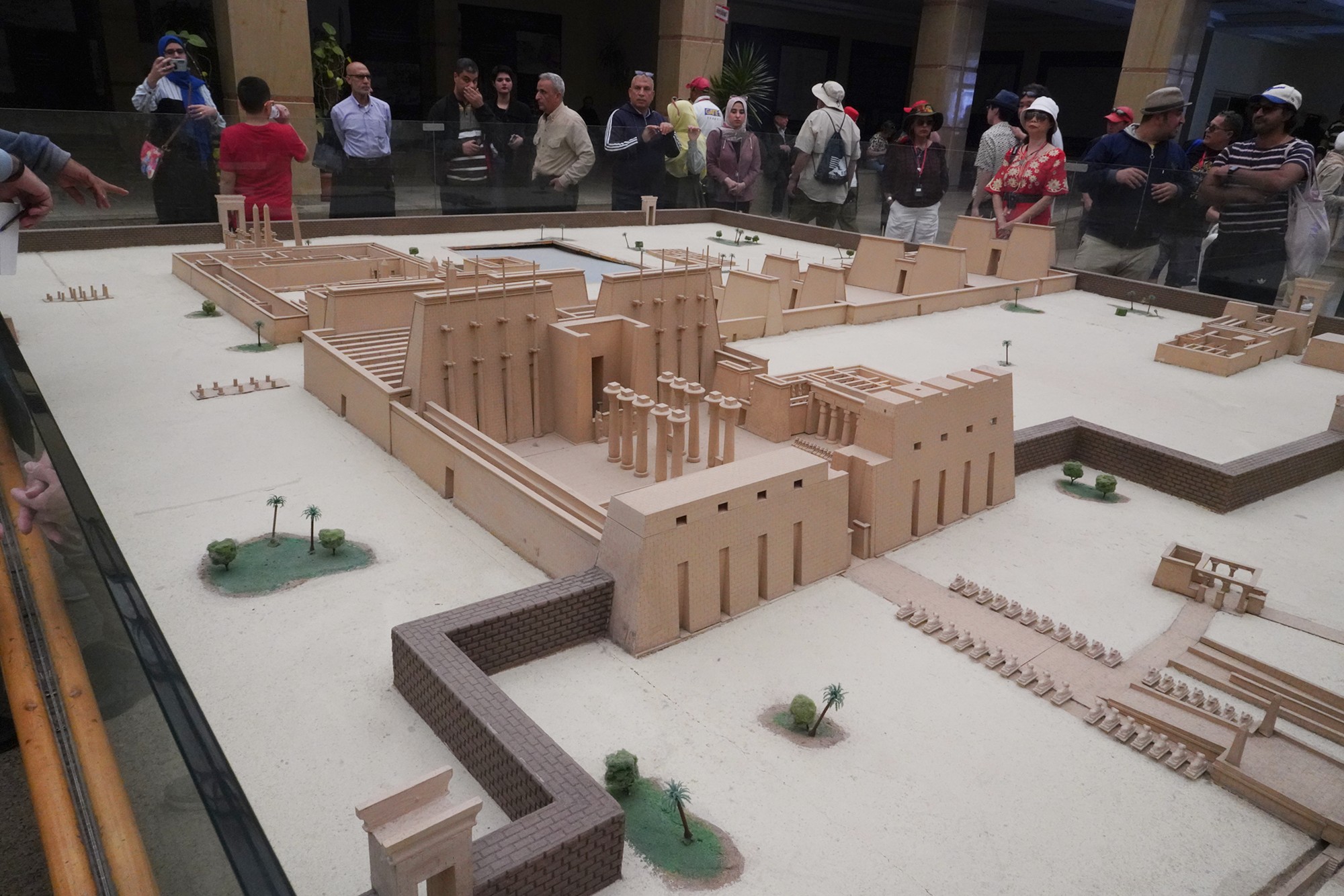
Looking at the model from the back of the temple
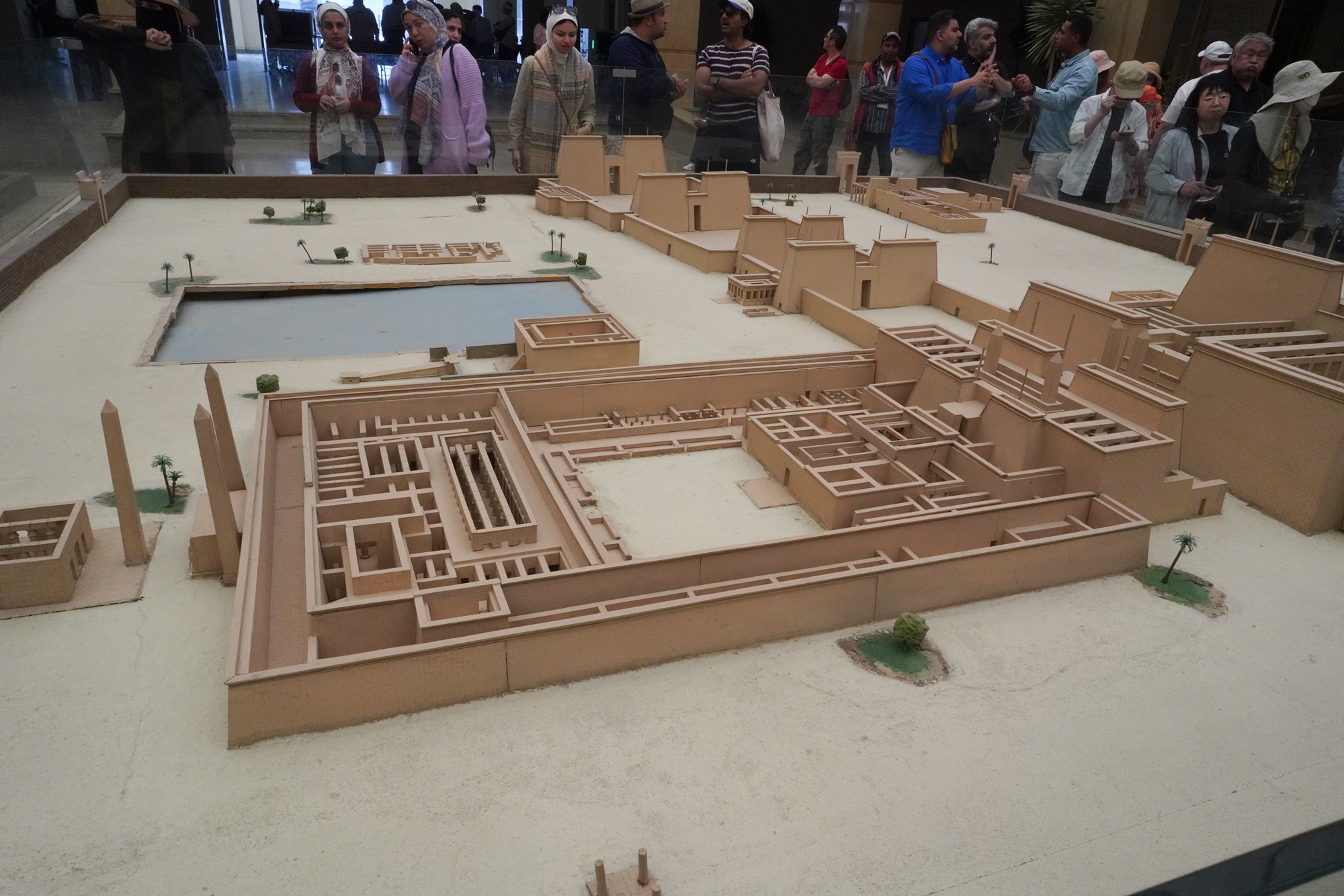
Far away is the tower of the entrance to the temple.
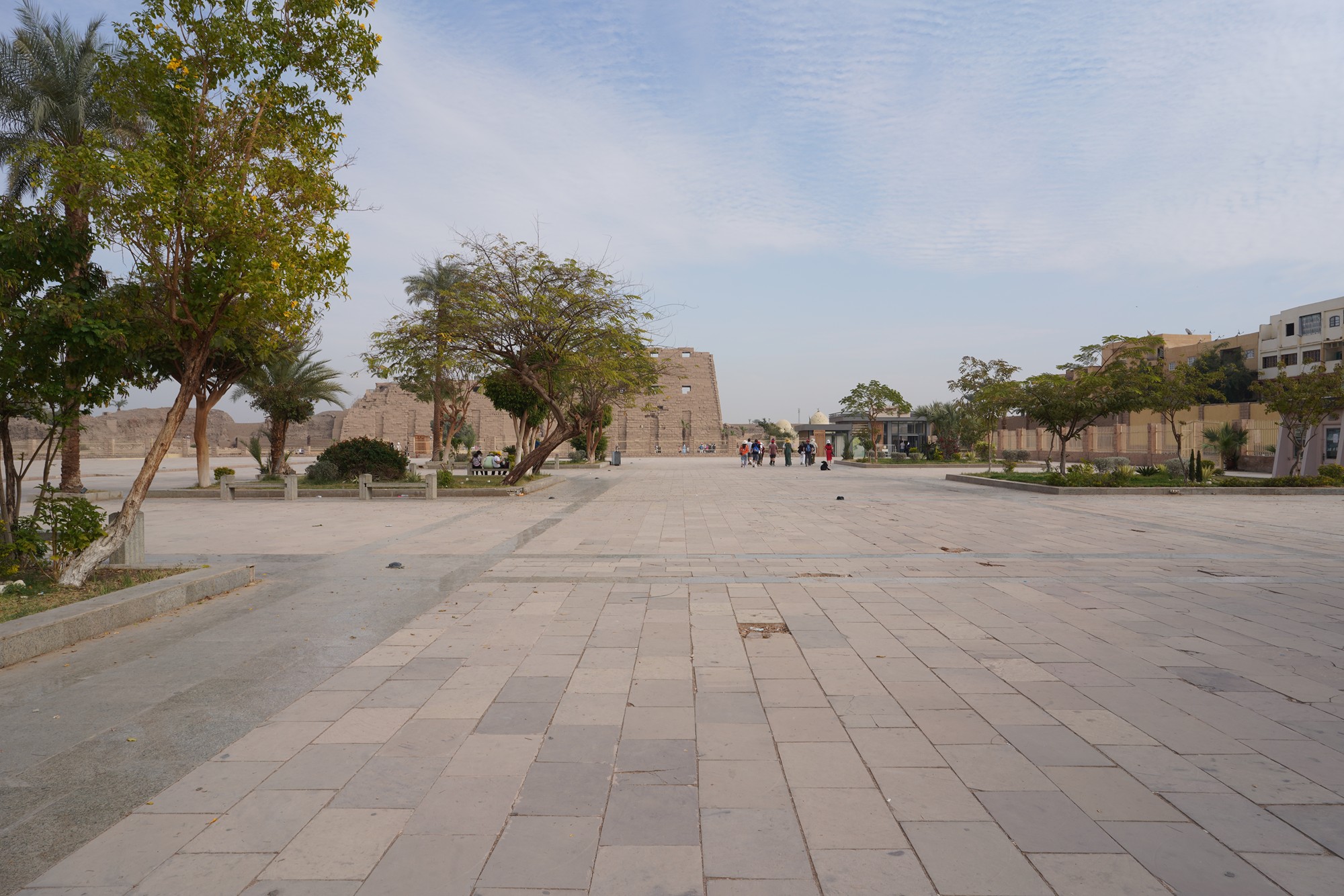
One of the largest temple complexes in the world, Karnak is a vast open-air museum with a mix of temples, chapels, pylons, and other structures. The complex was built over several centuries and dedicated to various deities.
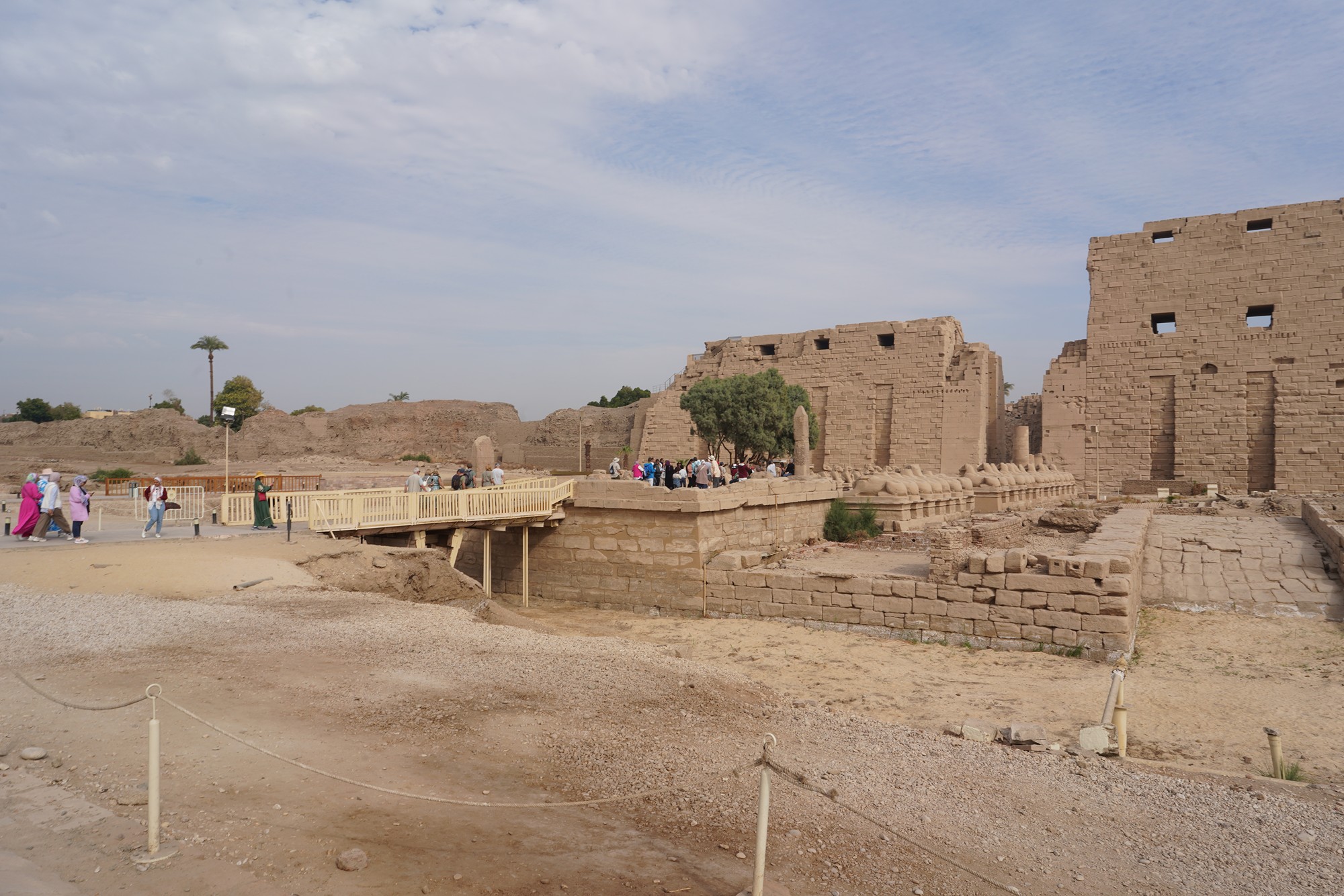
The construction of Karnak began during the Middle Kingdom (around 2055 BC) and continued over many centuries, with various pharaohs adding structures to the complex. The most significant contributions came from pharaohs such as Senusret I, Hatshepsut, Tuthmosis III, Amenhotep III, and Ramesses II.
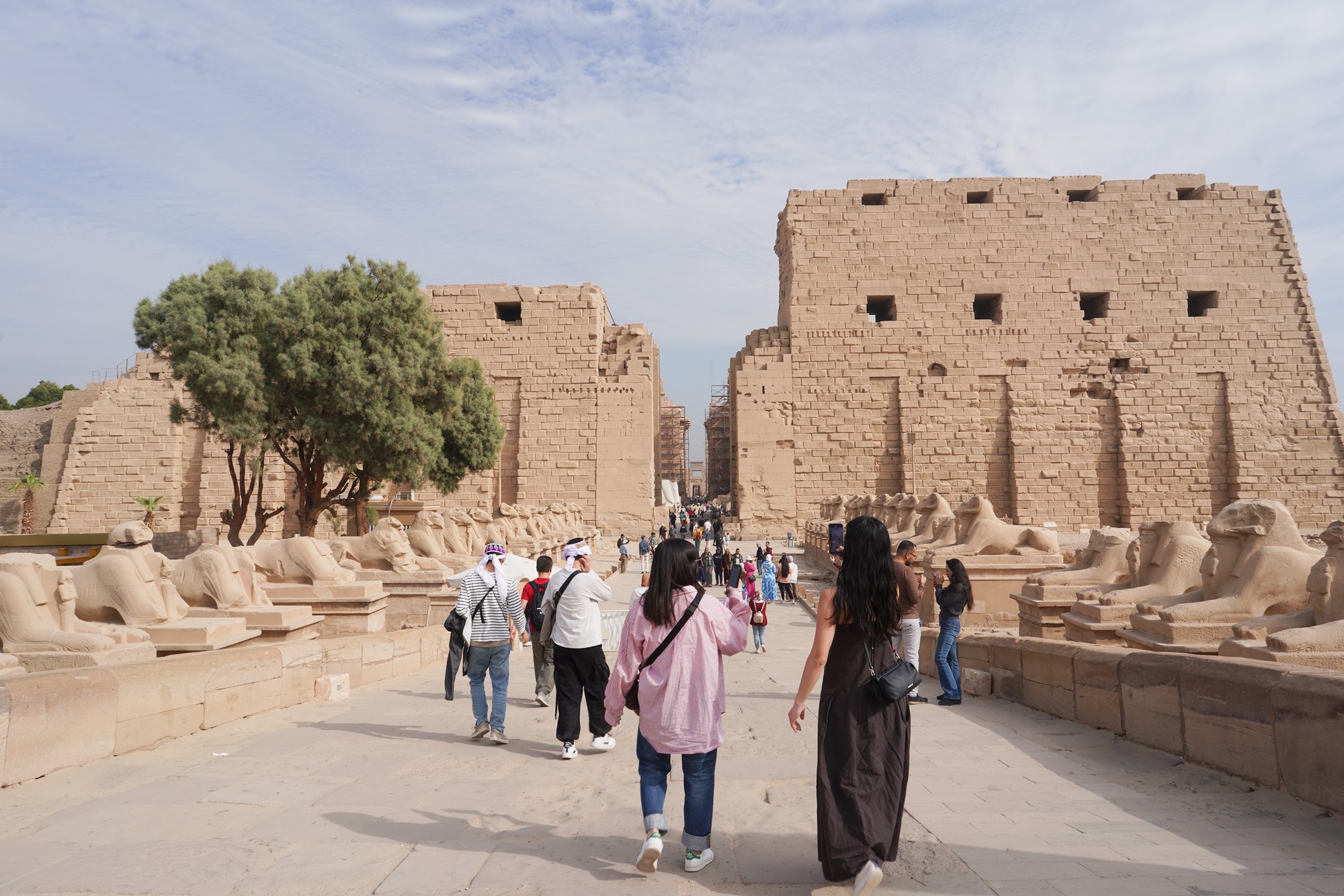
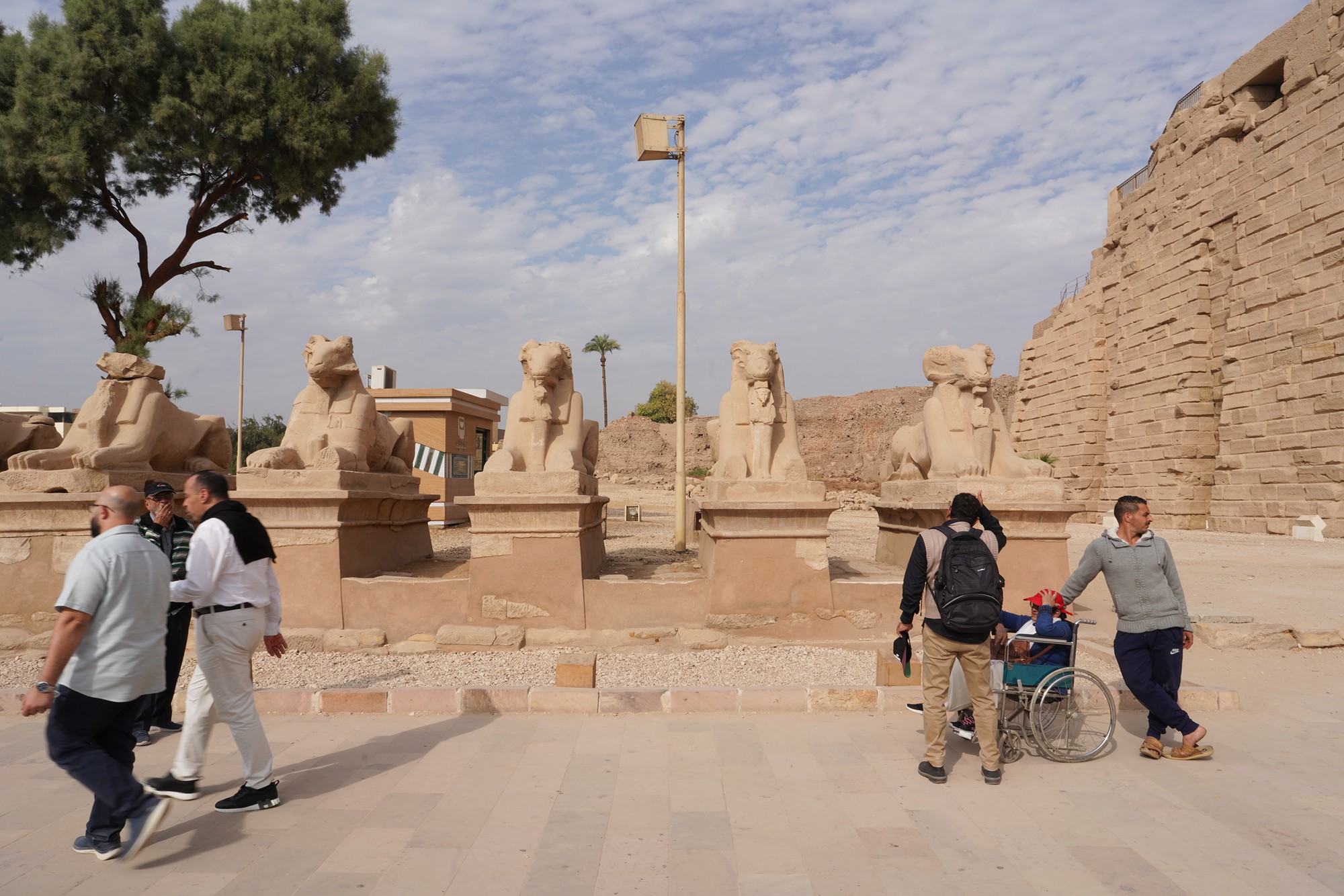
Back of the entrance
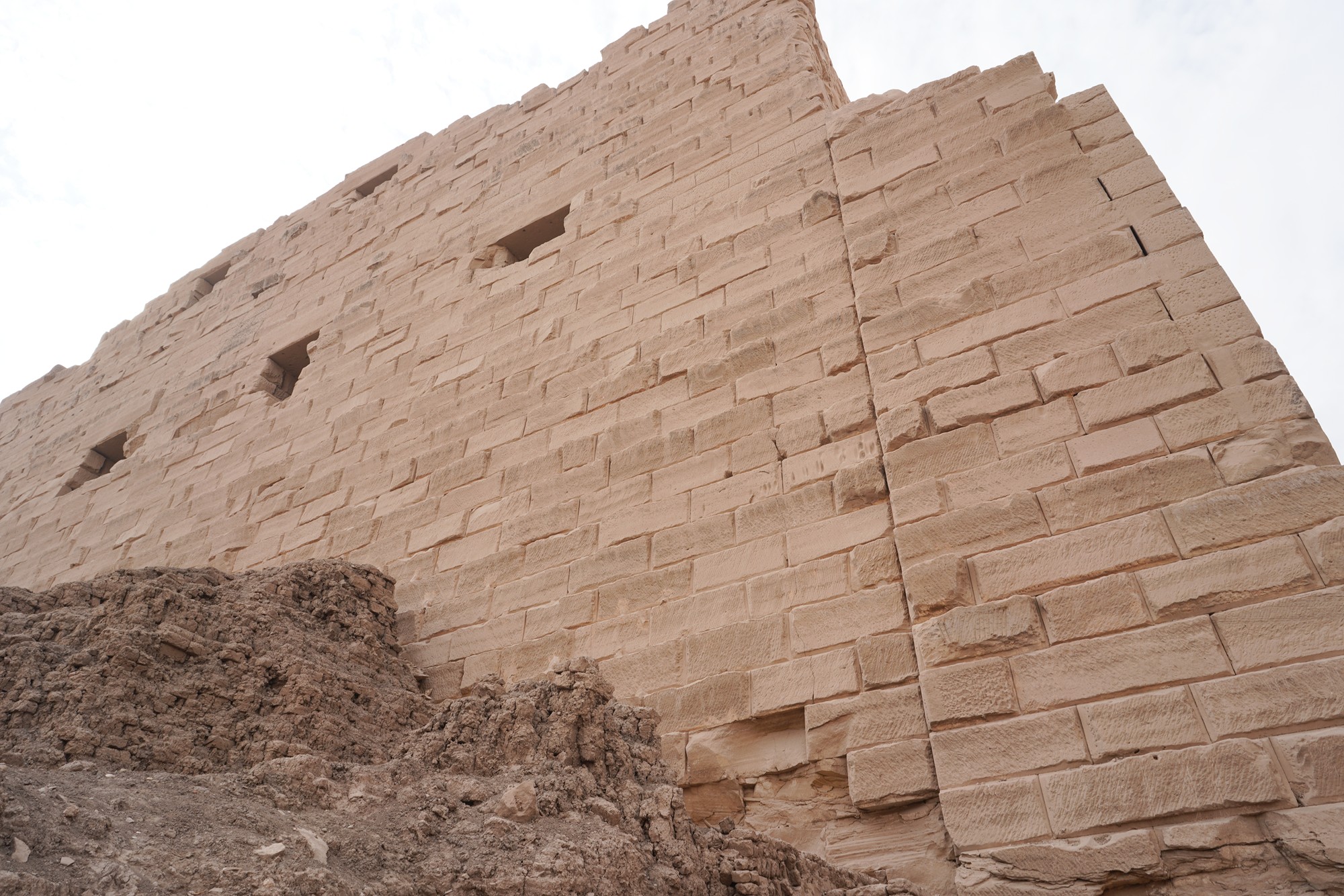
After the gate
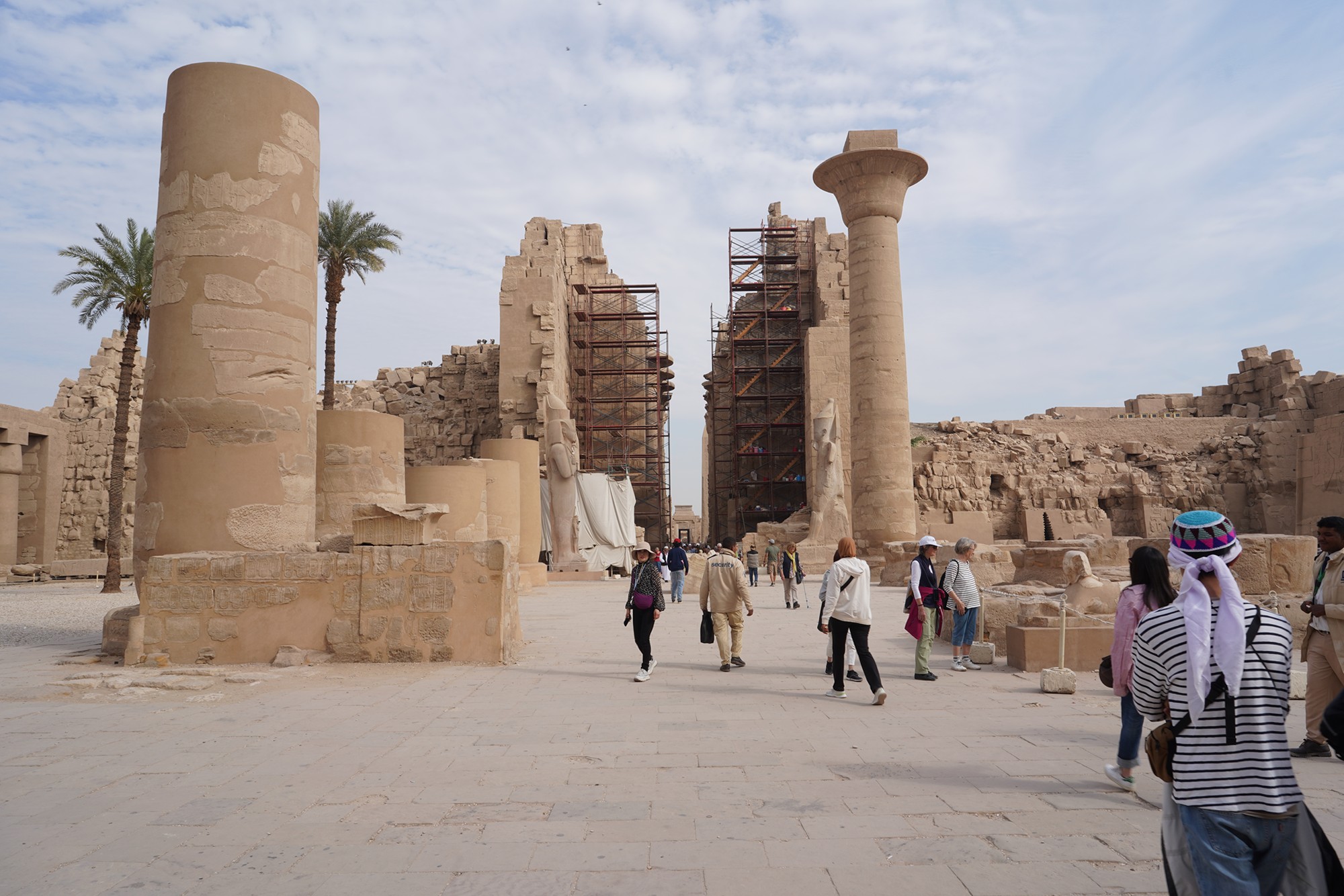
After the gate, there is the yard
The Karnak complex covers about 200 acres and consists of a series of temples, chapels, pylons, and other structures. The central axis of the complex is aligned with the Luxor Temple and the Avenue of Sphinxes, creating a symbolic connection between the two sites.

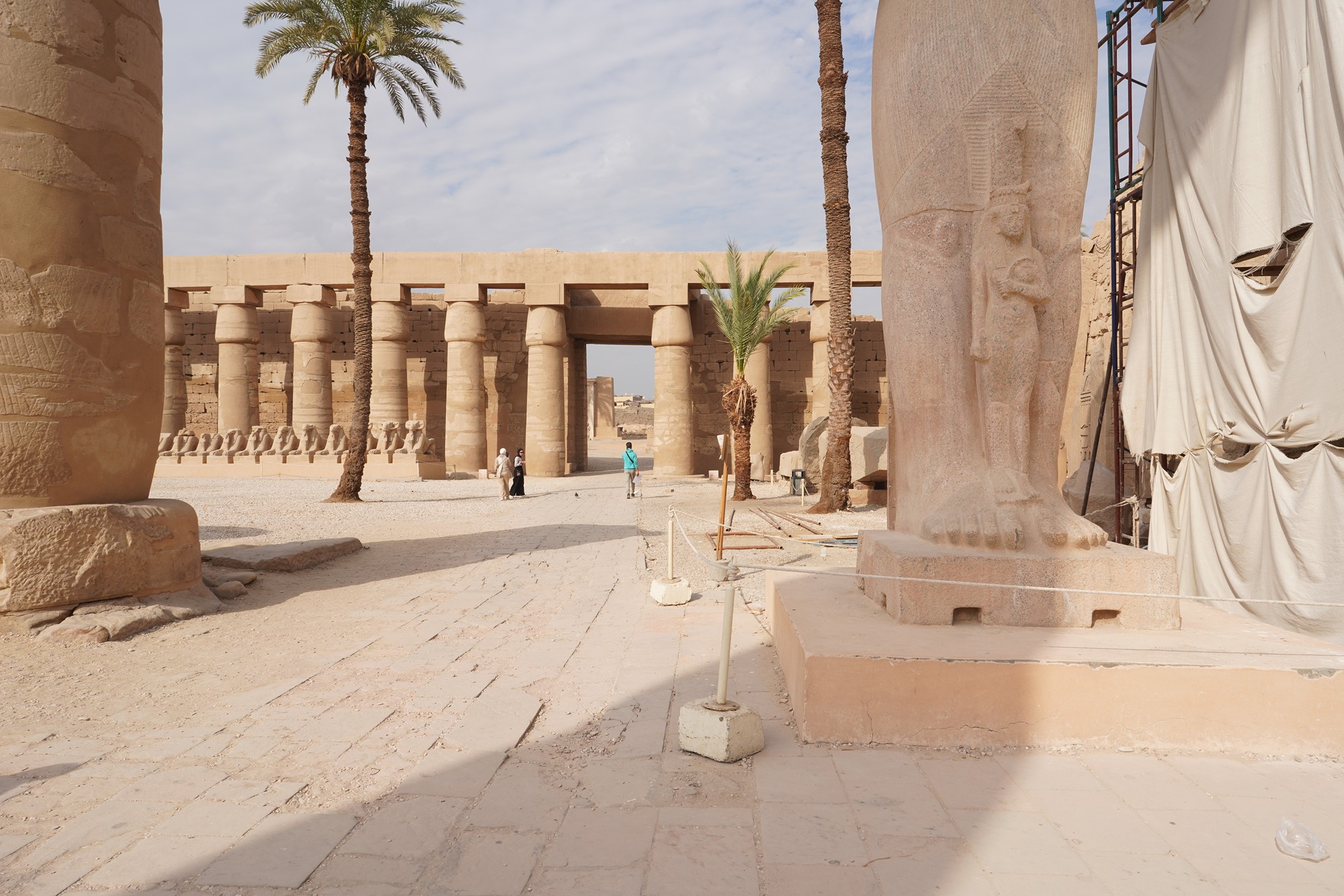
After the yard, there is a location with many stone columns.
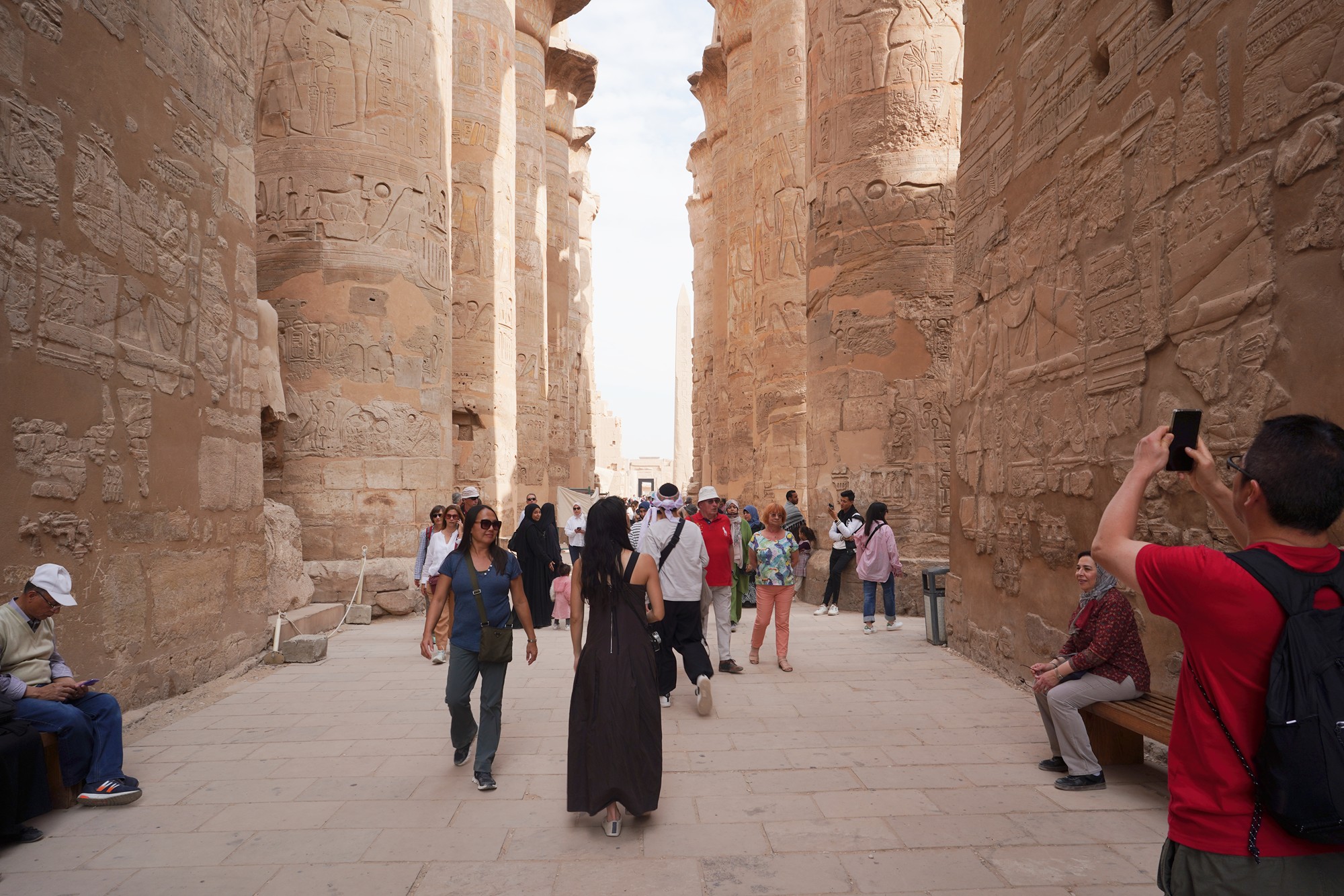
One of the most iconic parts of Karnak is the Great Hypostyle Hall, a massive hall with 134 gigantic columns arranged in 16 rows. The hall was constructed during the reign of Seti I and completed by his son Ramesses II. The columns are adorned with intricate hieroglyphs and reliefs.
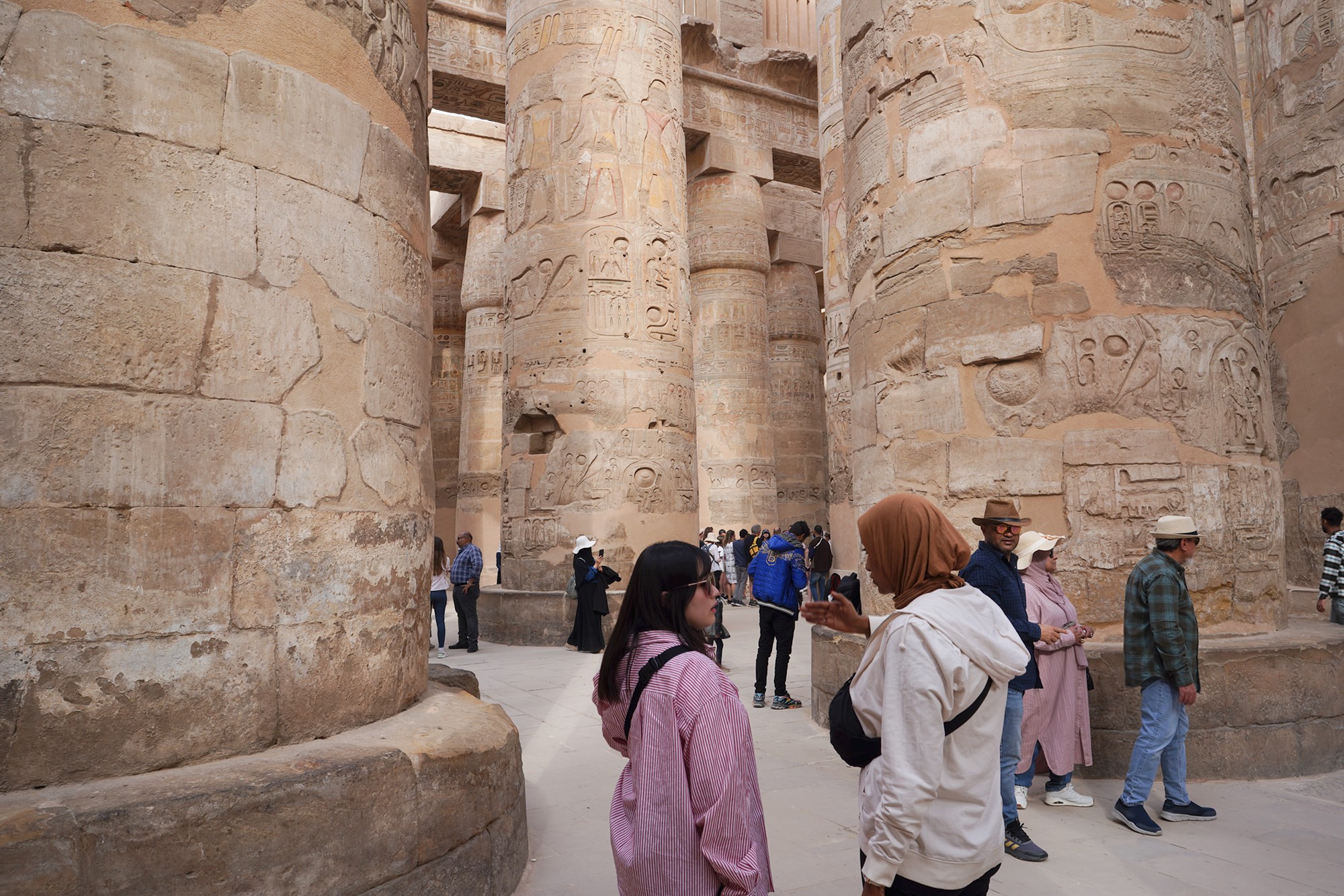
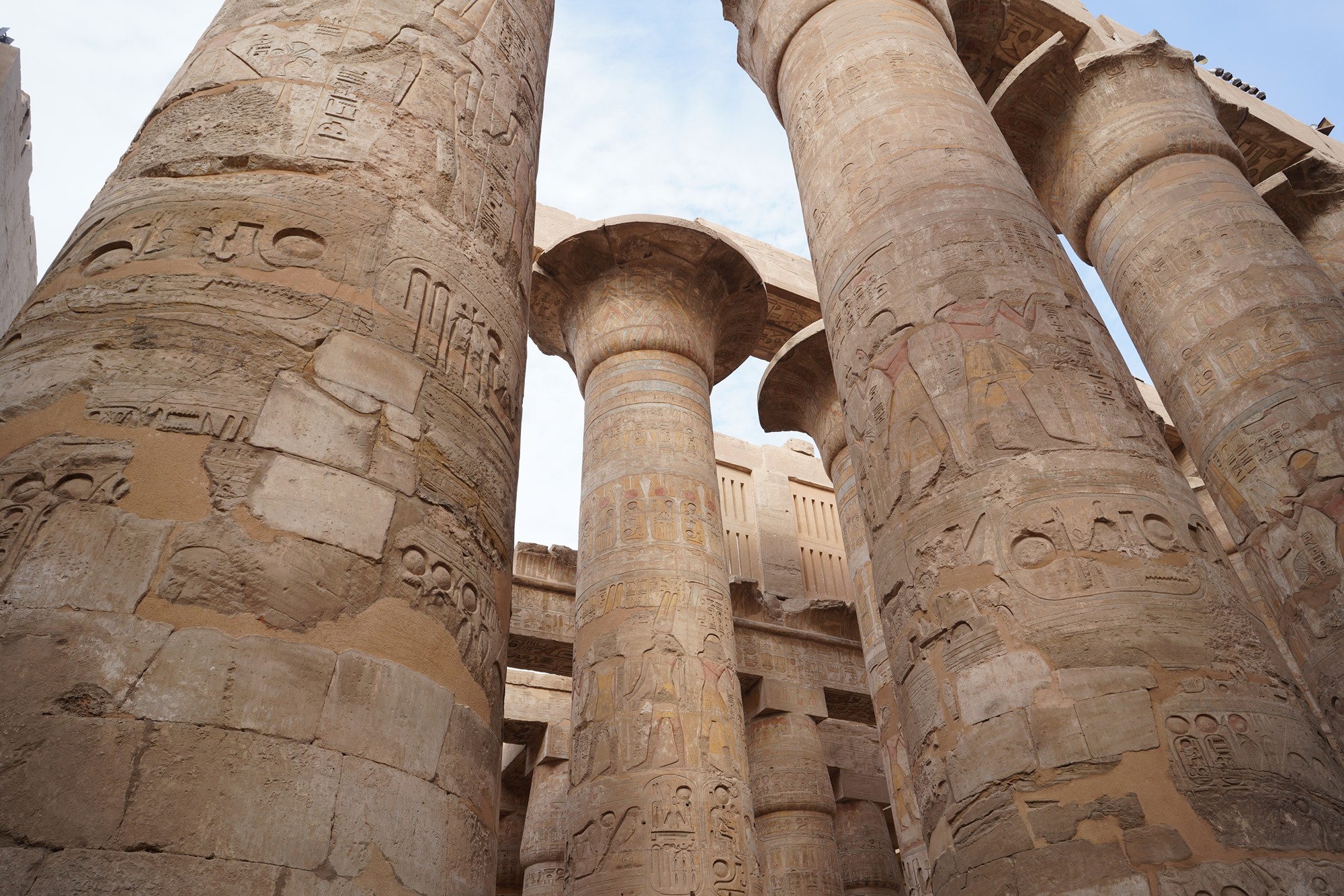
After the column area, there is the location of two obelisks that mark the center of the temple.

Turned around and looked back

Karnak had numerous obelisks, with the most famous being the obelisk of Hatshepsut and the pair of obelisks erected by Tuthmosis I. The complex also features numerous statues of pharaohs, gods, and sphinxes.

The view of right side

The sanctuary is located at the end of this road.

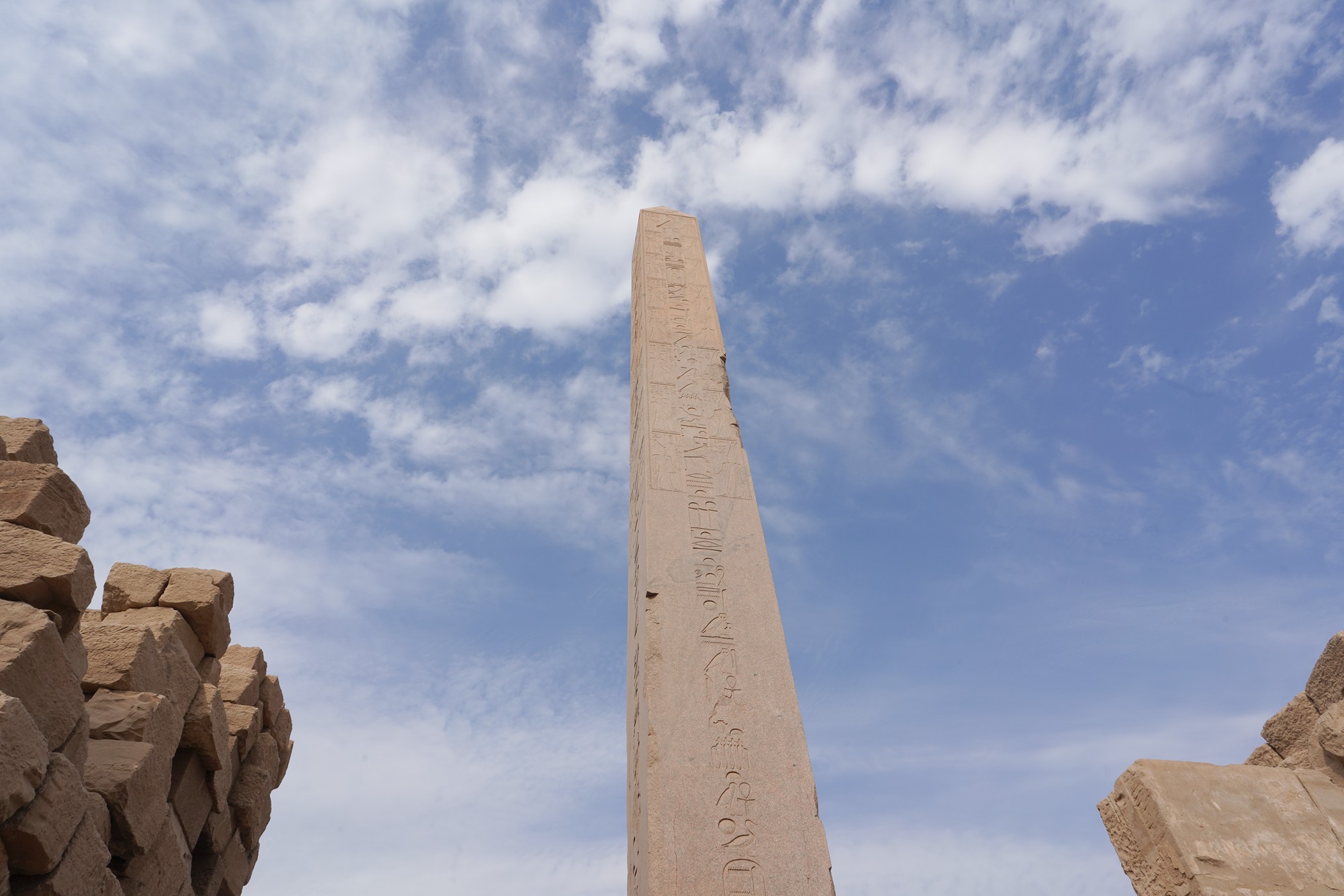

The sanctuary
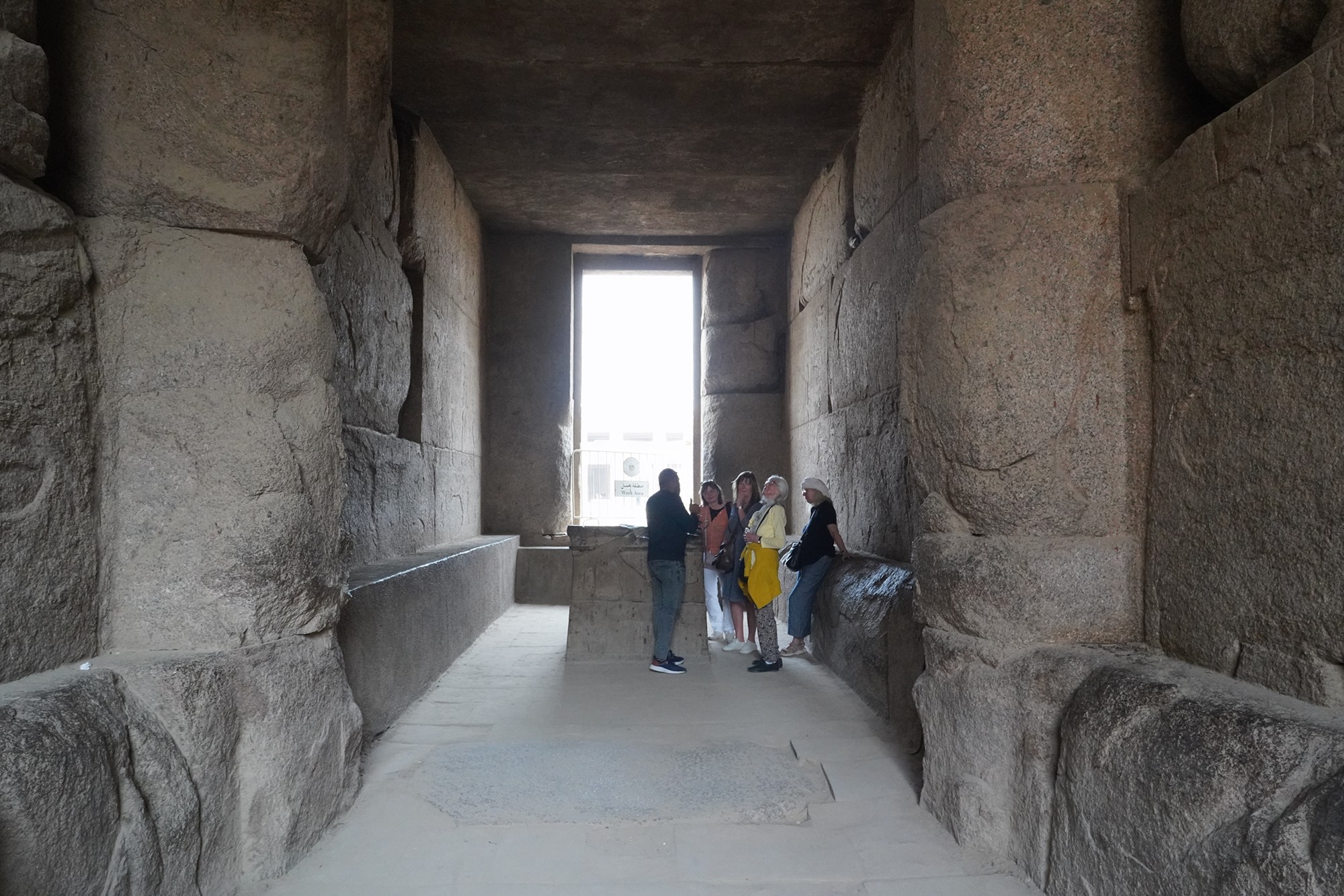
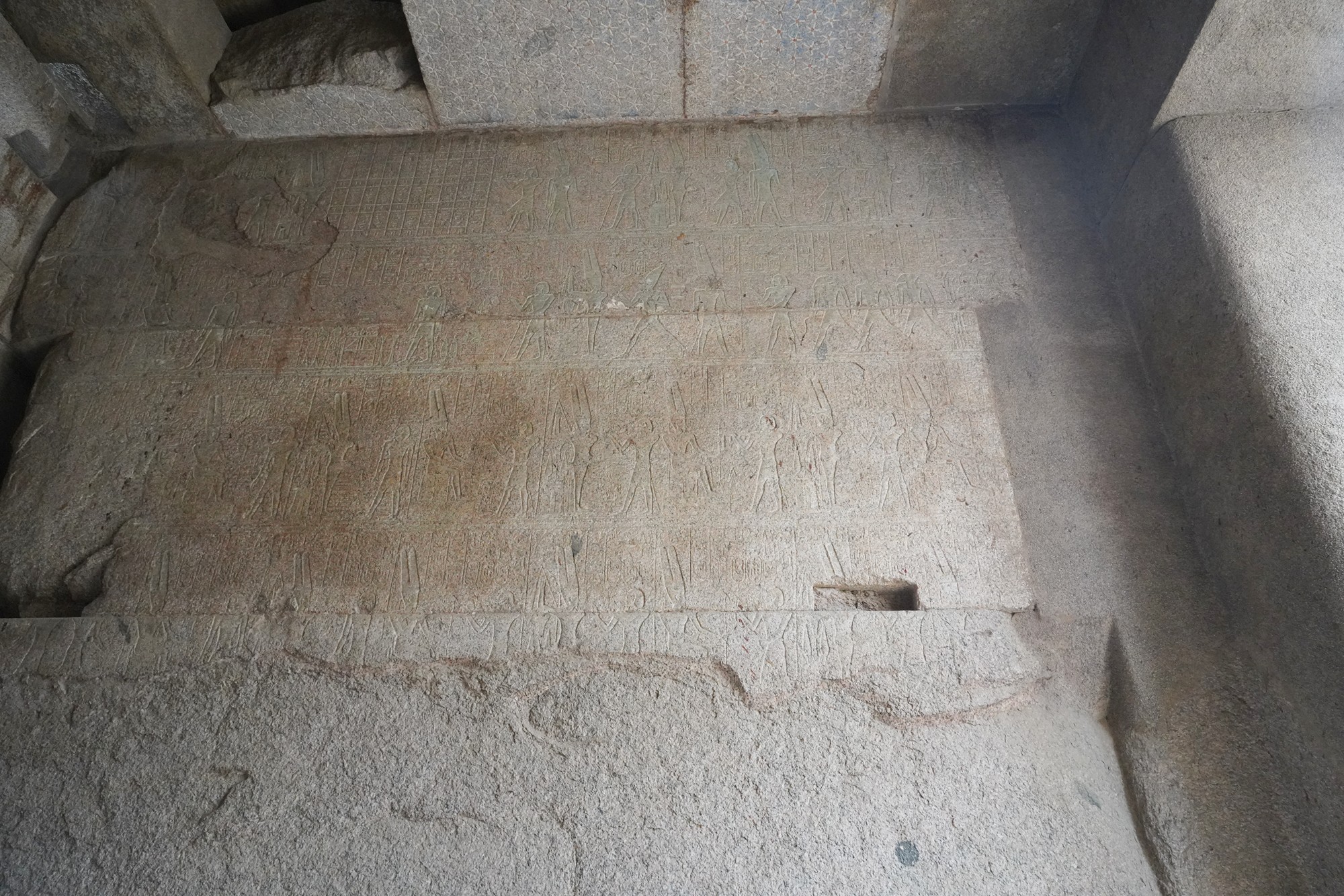
I walked back to the center of the temple where the two obelisks stand.

Then turned left to check the right side of the temple.
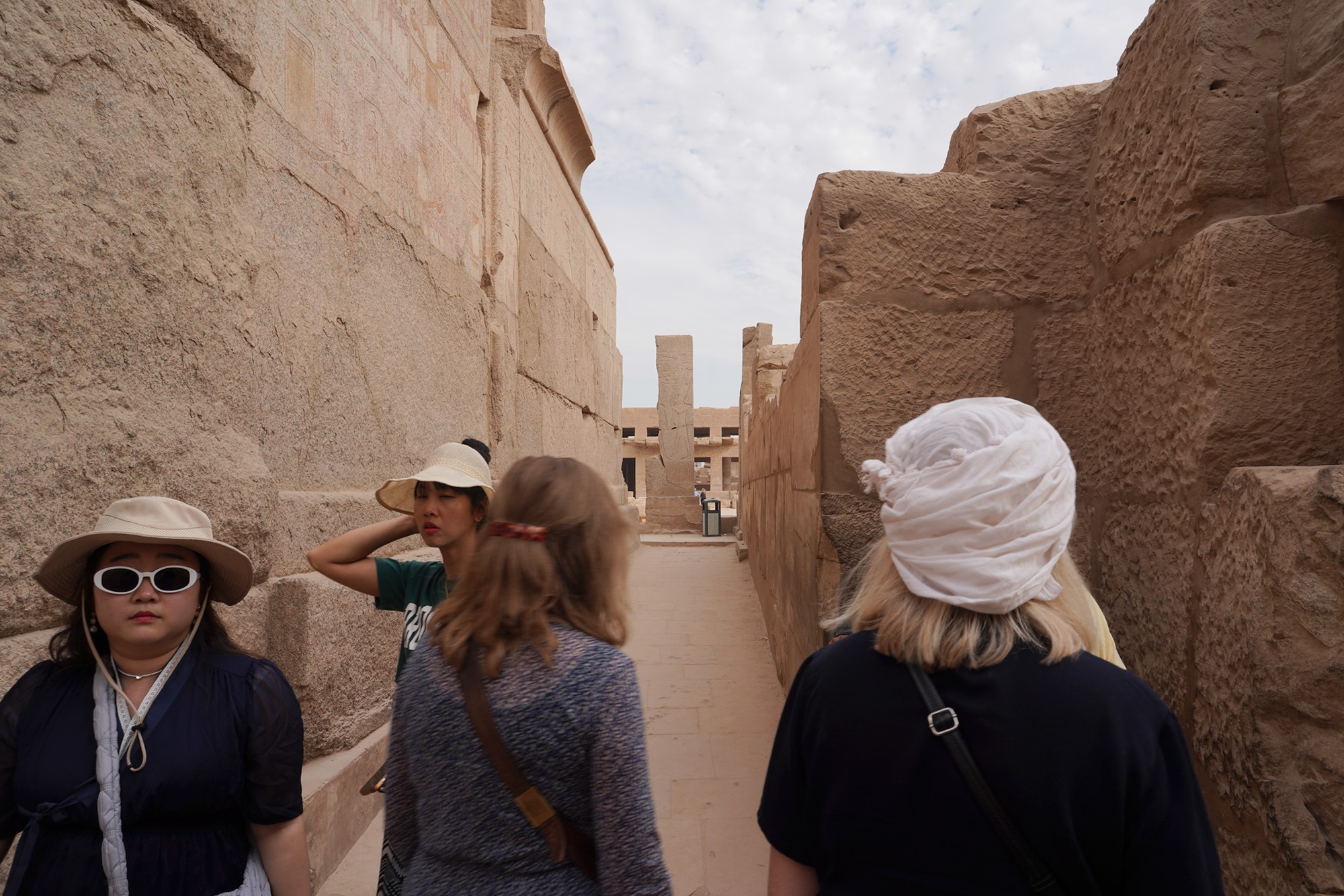
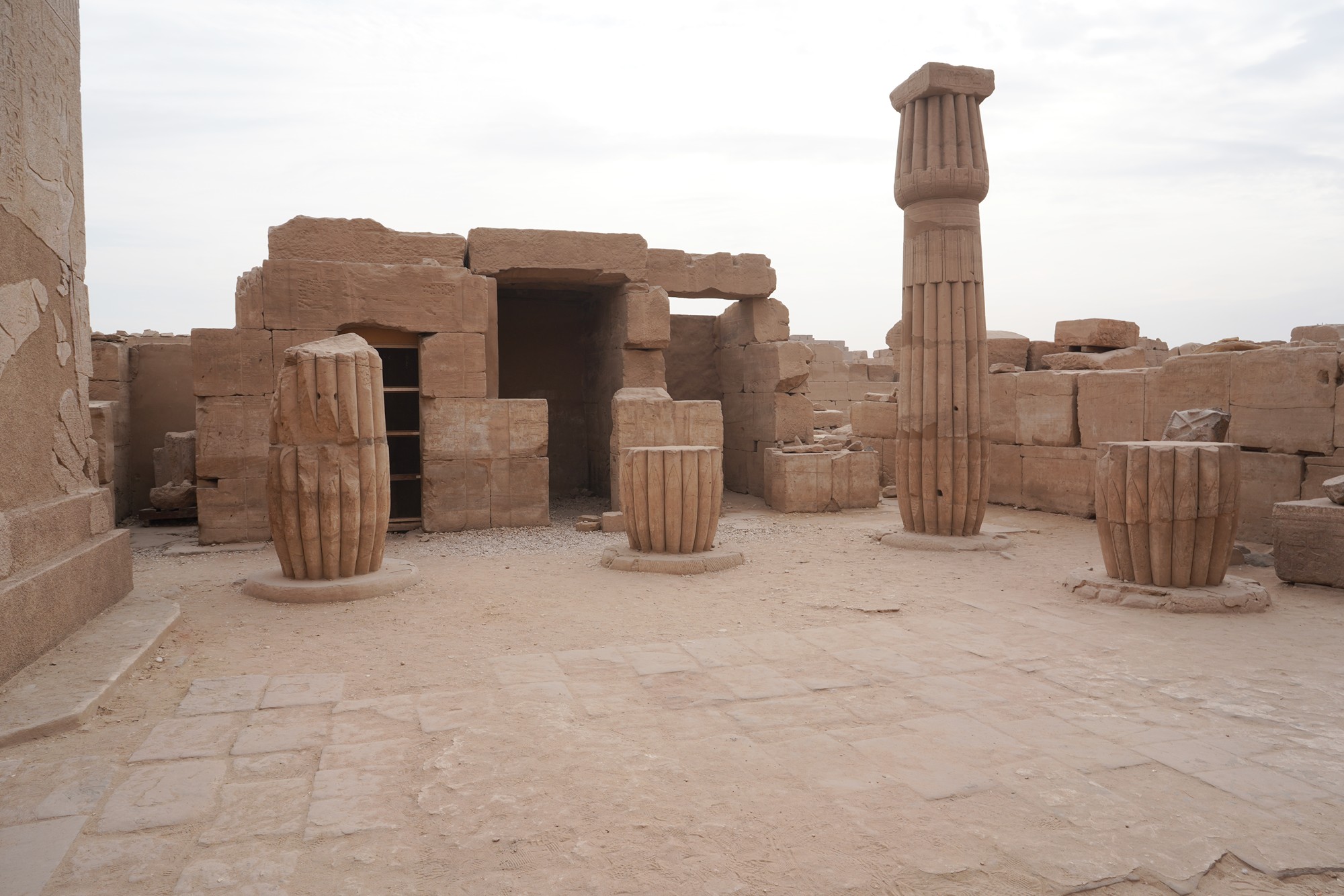
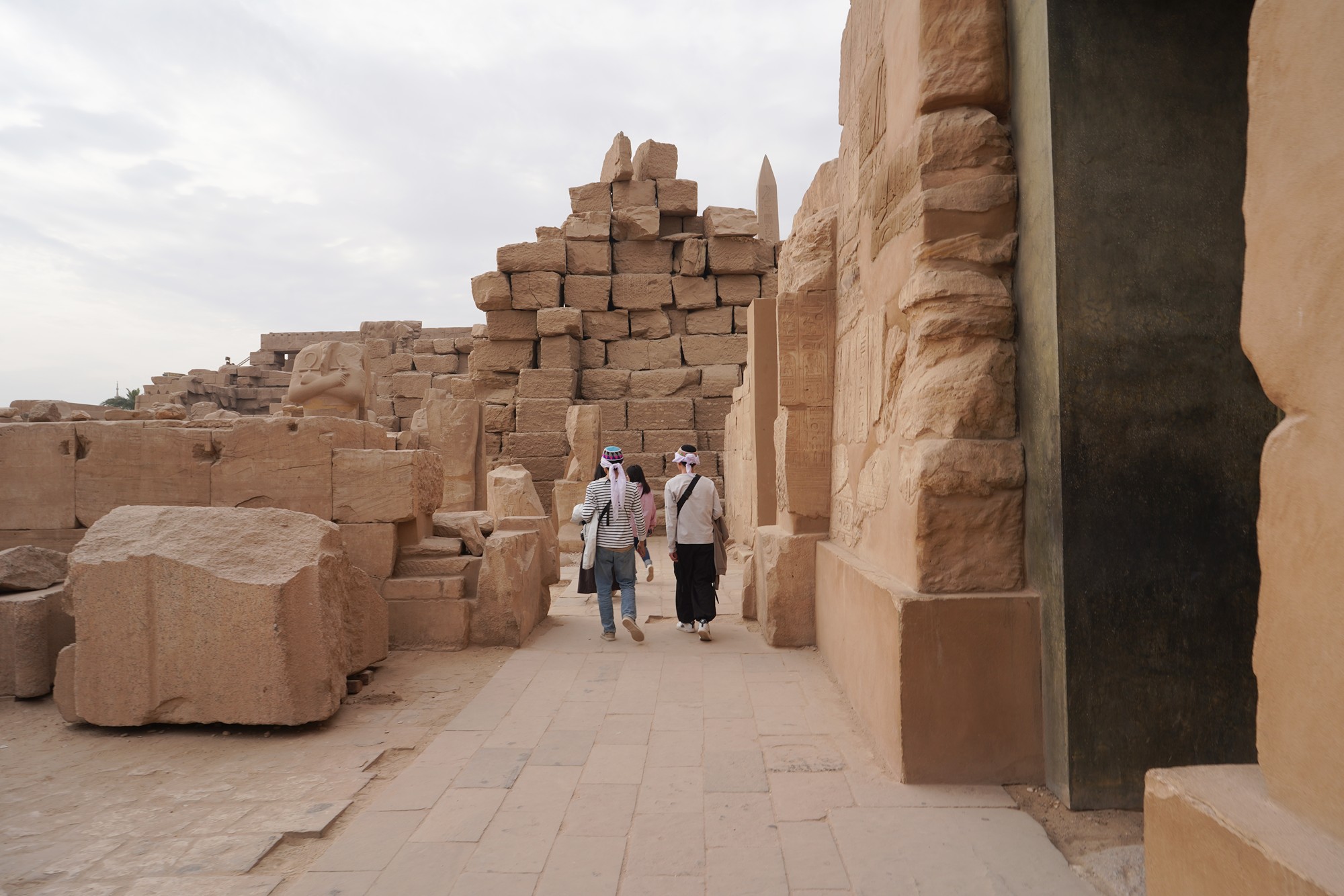
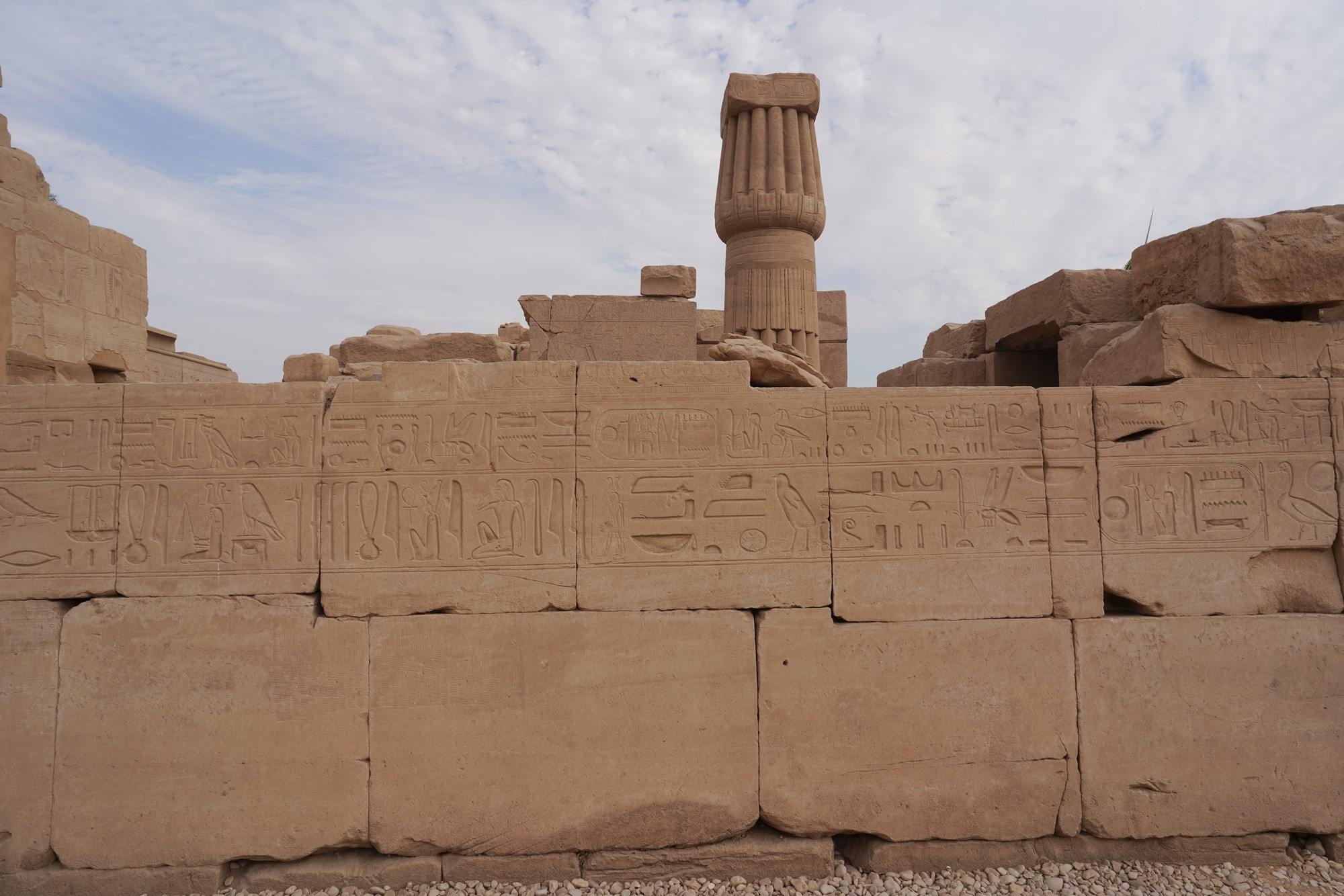
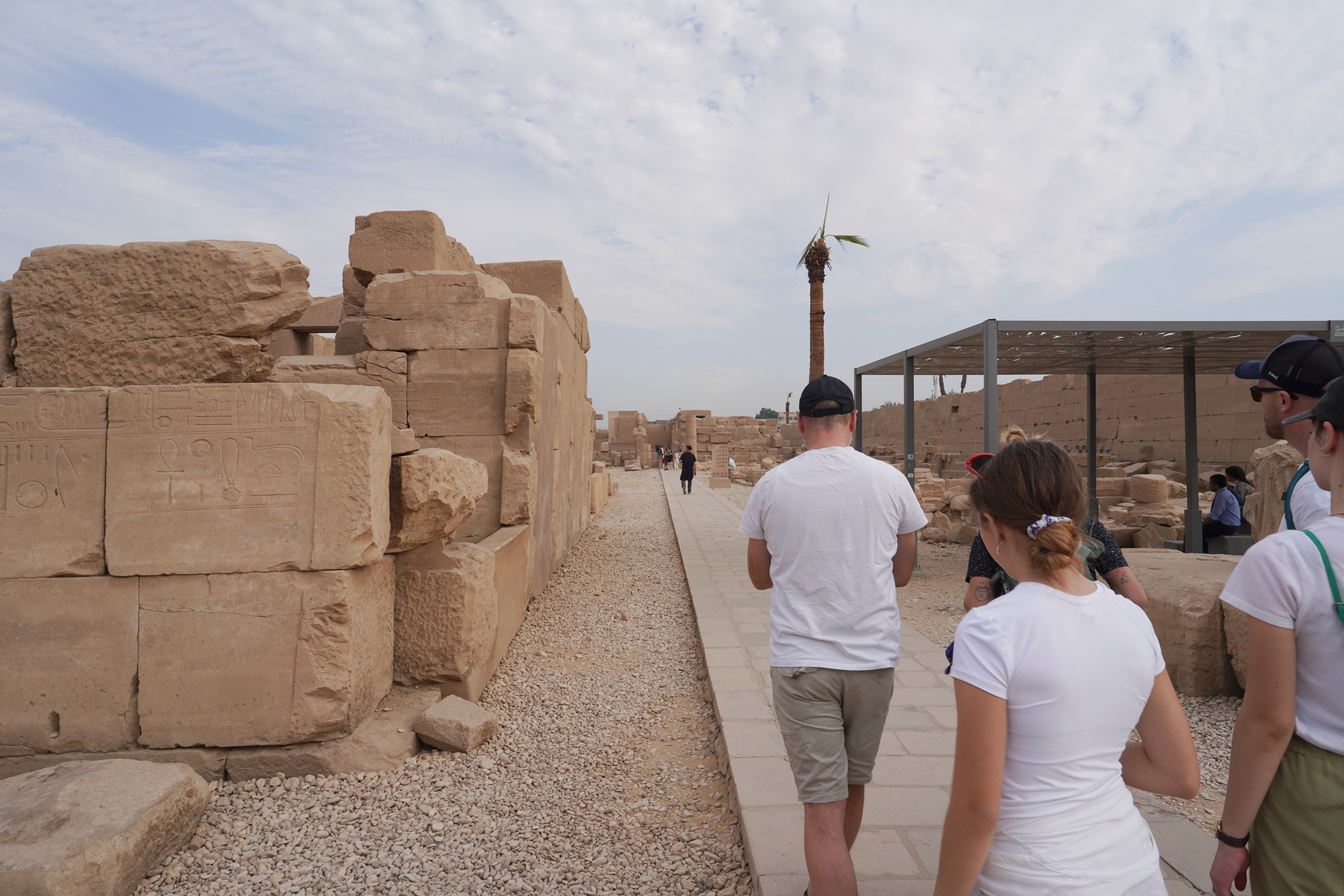



Then I reached this area of shortened obelisk
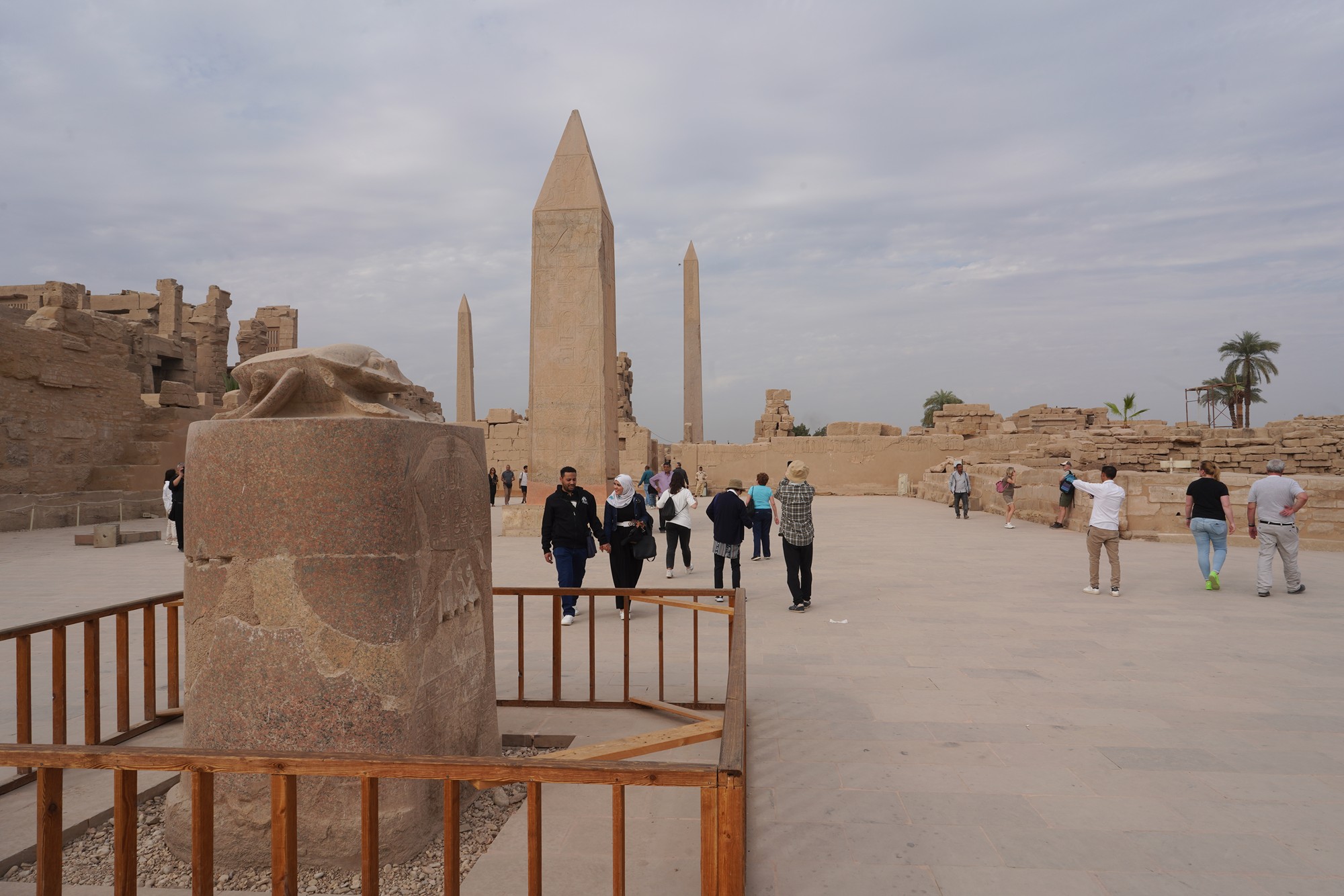
This turned out not a shortened obelisk but just the top portion of an obelisk.
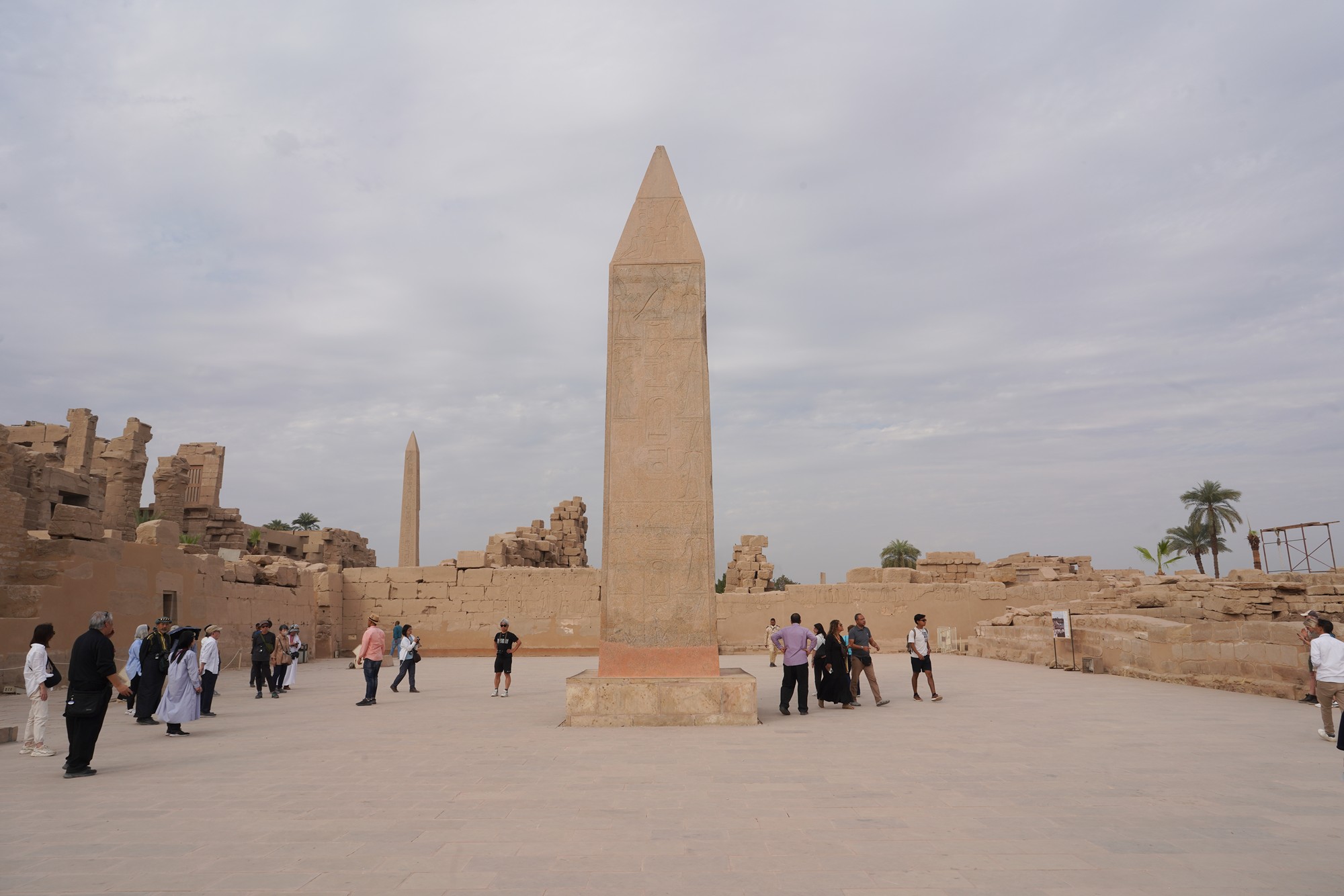
Adjacent to the main complex is a large artificial sacred lake, which was used for ritual purposes. It is believed that priests purified themselves in the lake before performing ceremonies in the temples.

Then I walked toward the right side of the temple, where multiple gates reach the temple from the right side.
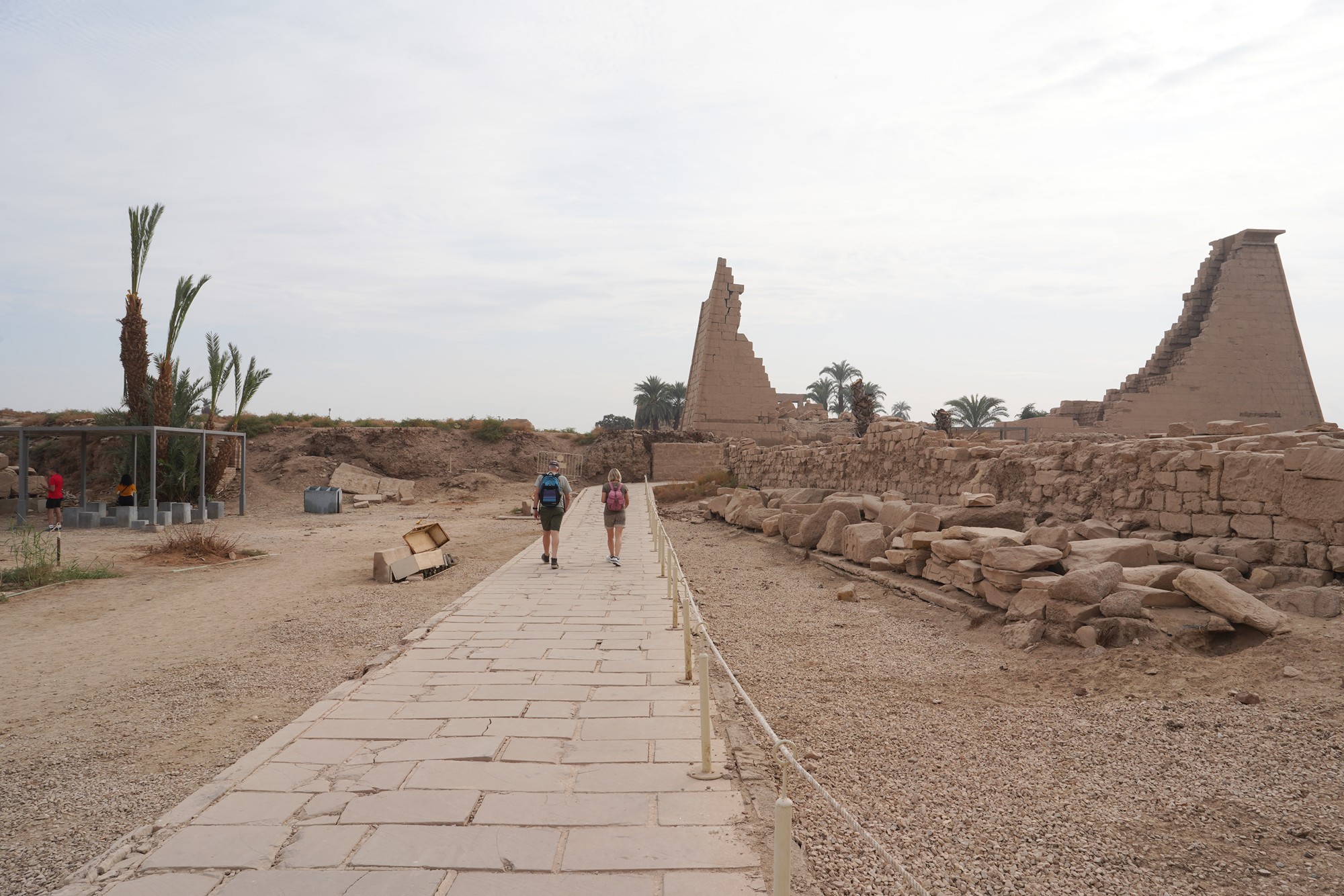
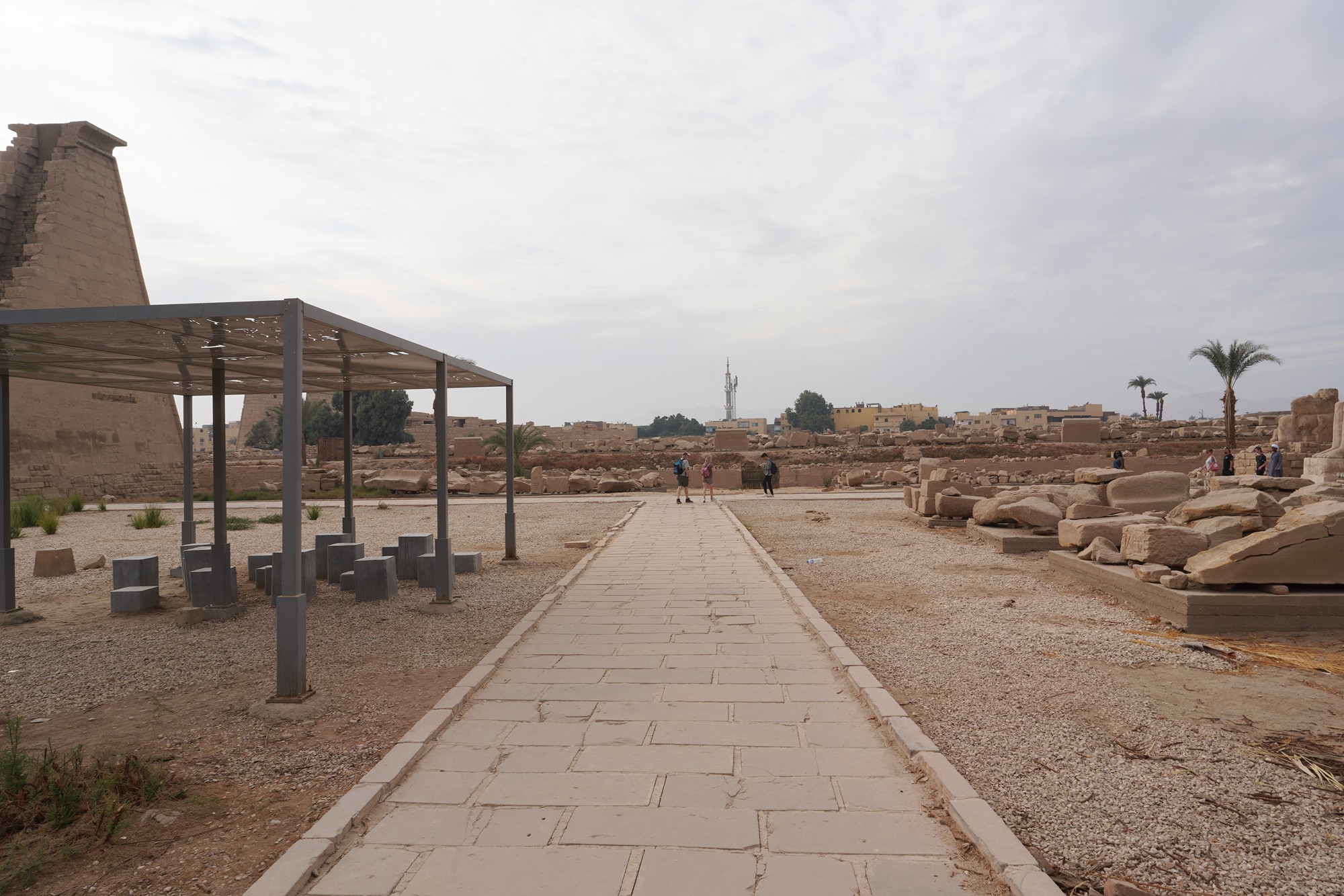
The view from left to right
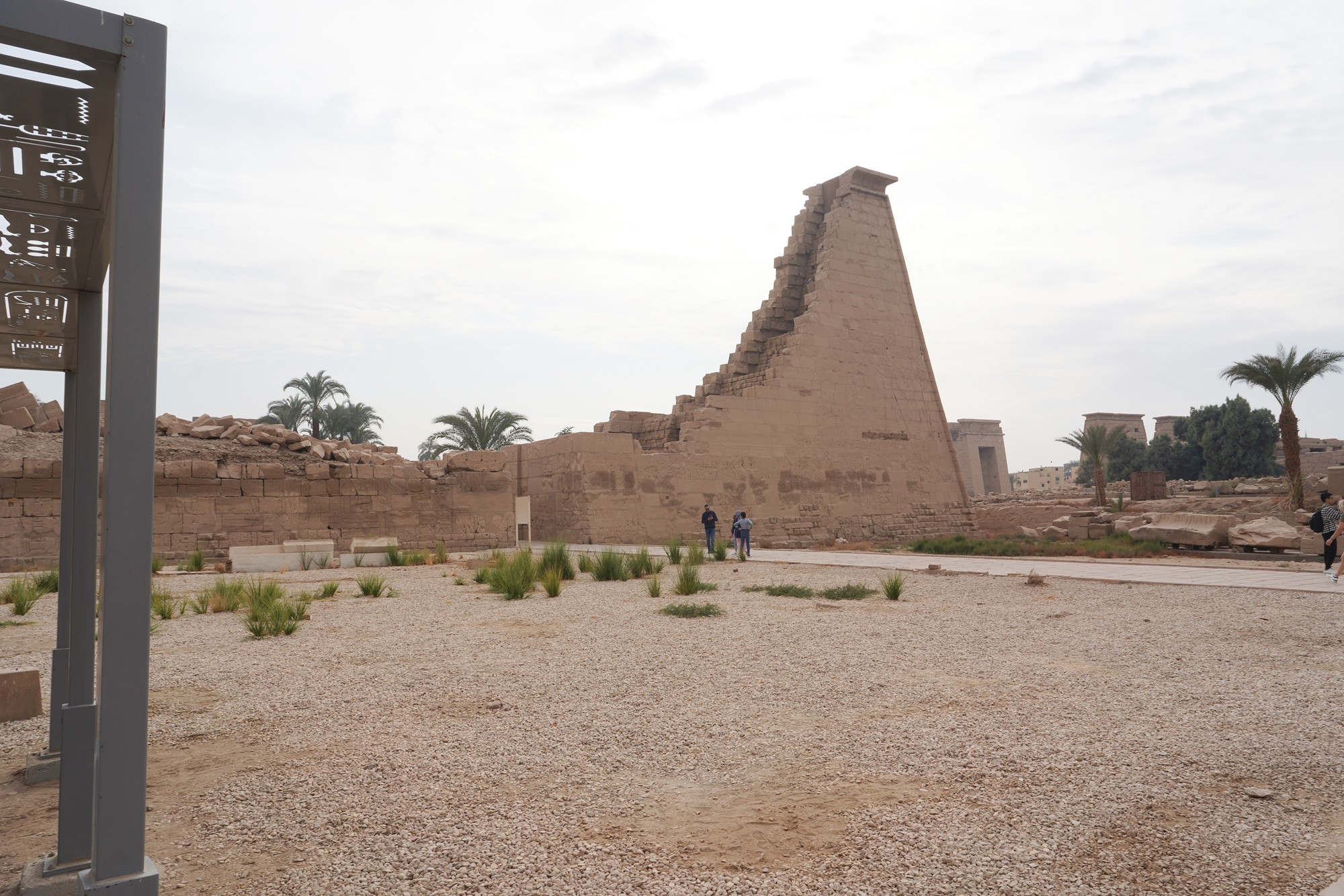

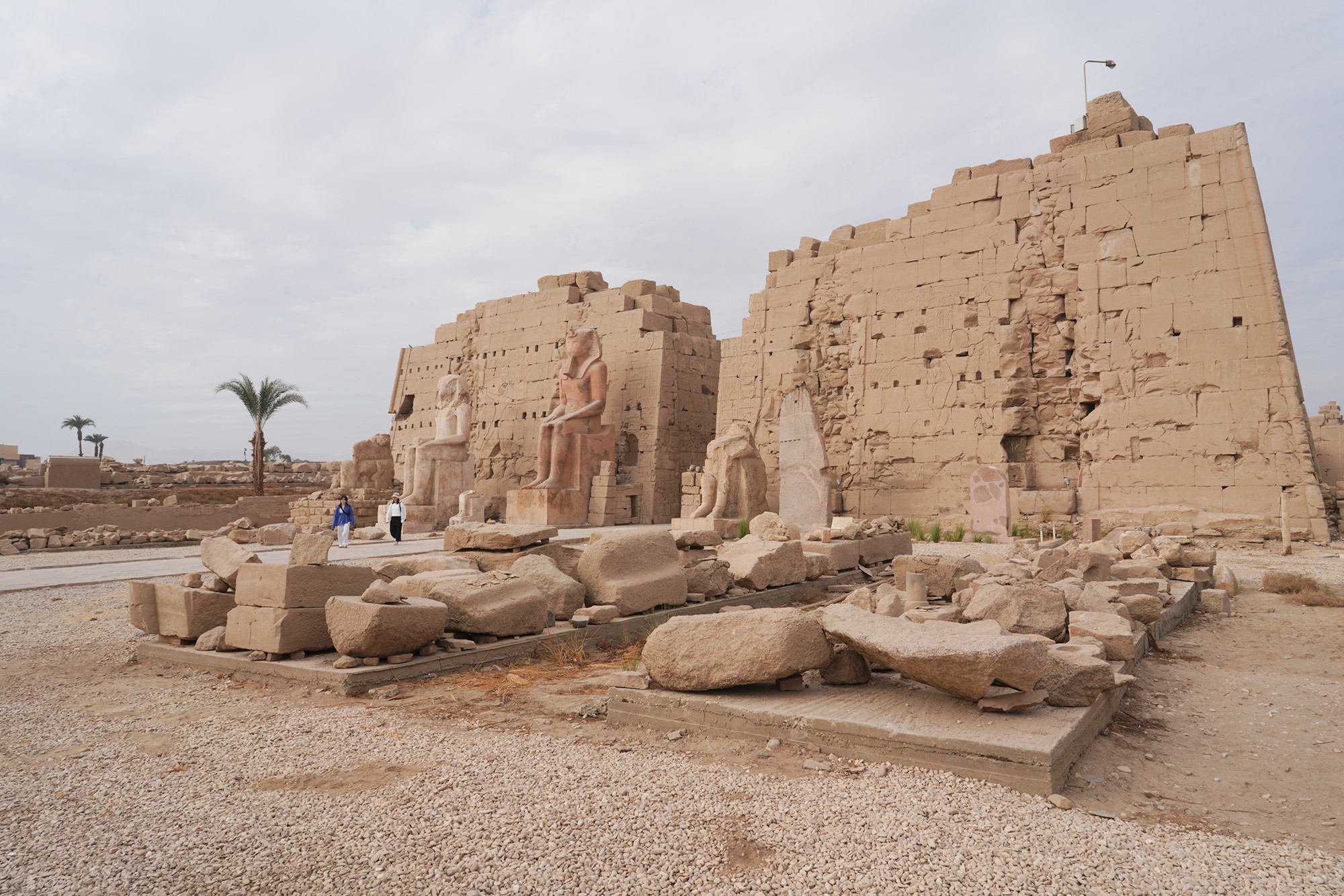
The right side
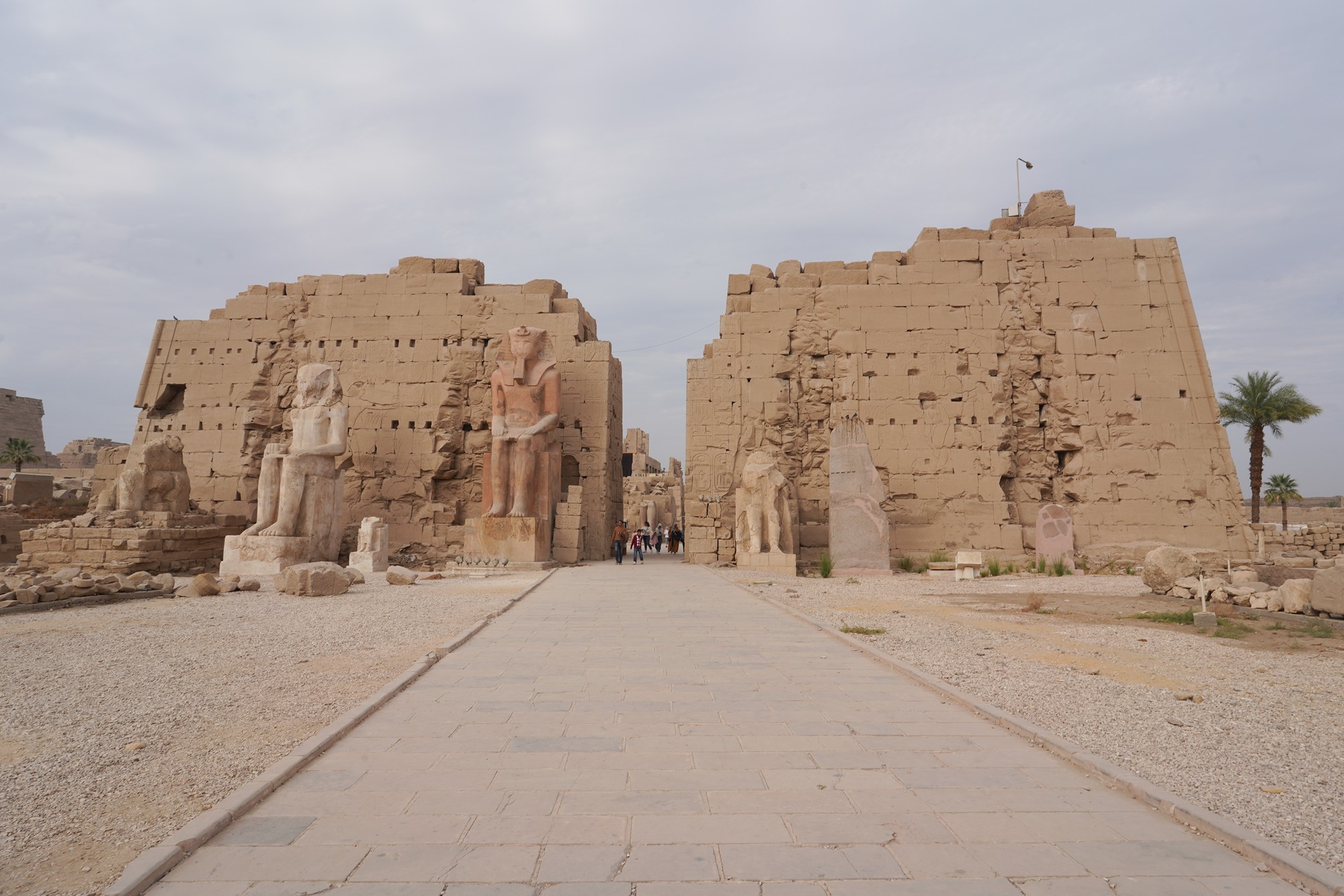
The left side. I walked toward this side
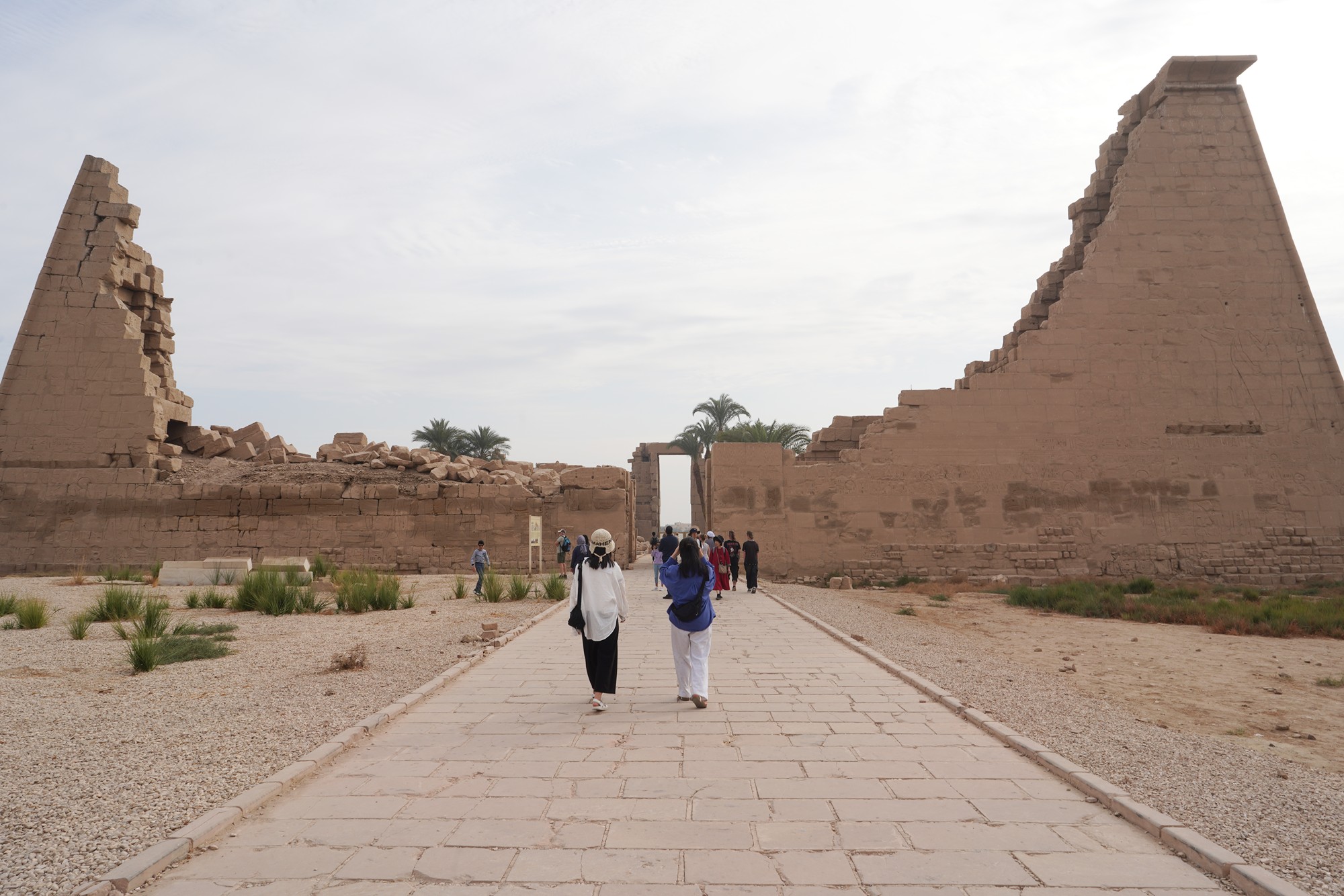

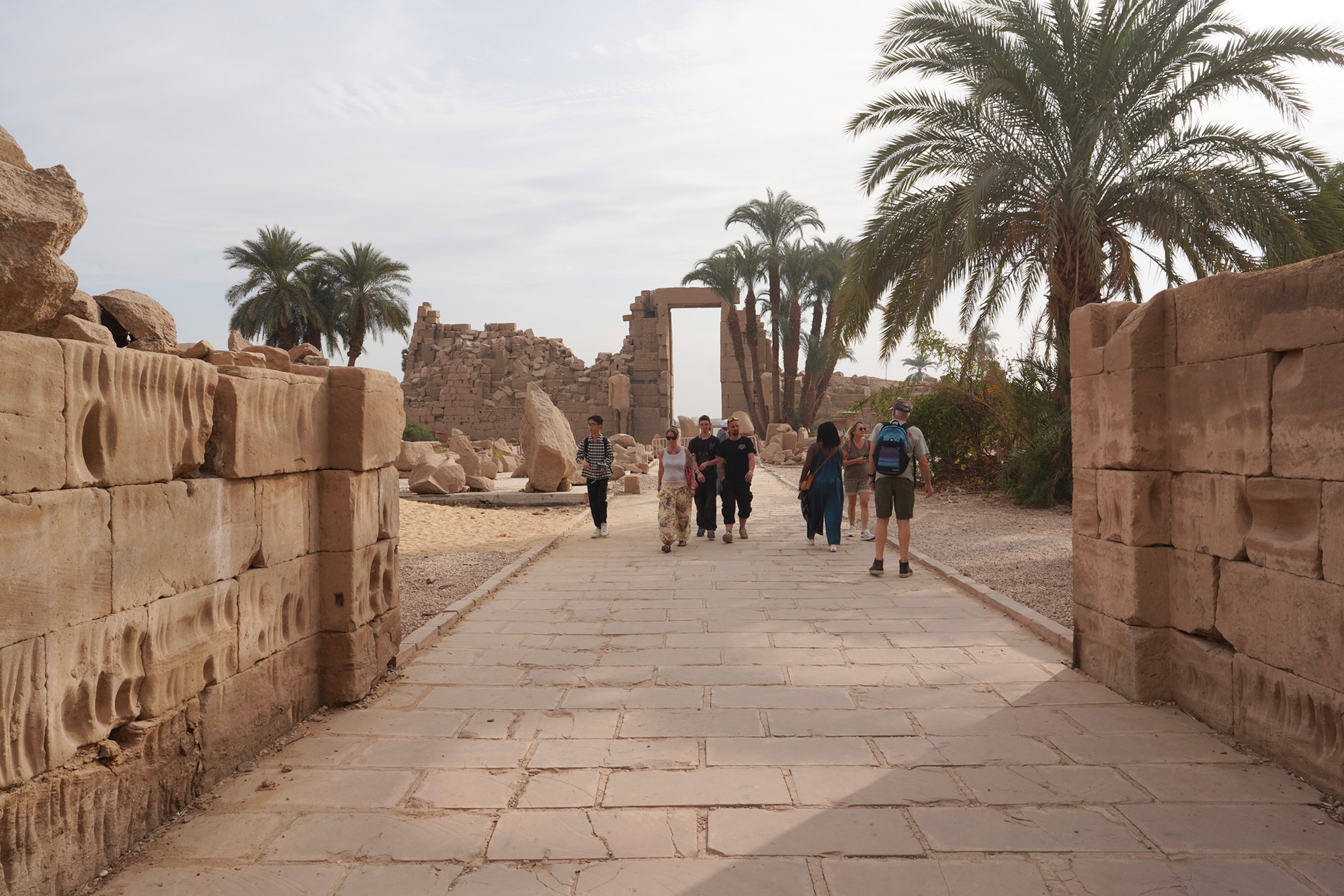
This location is the end
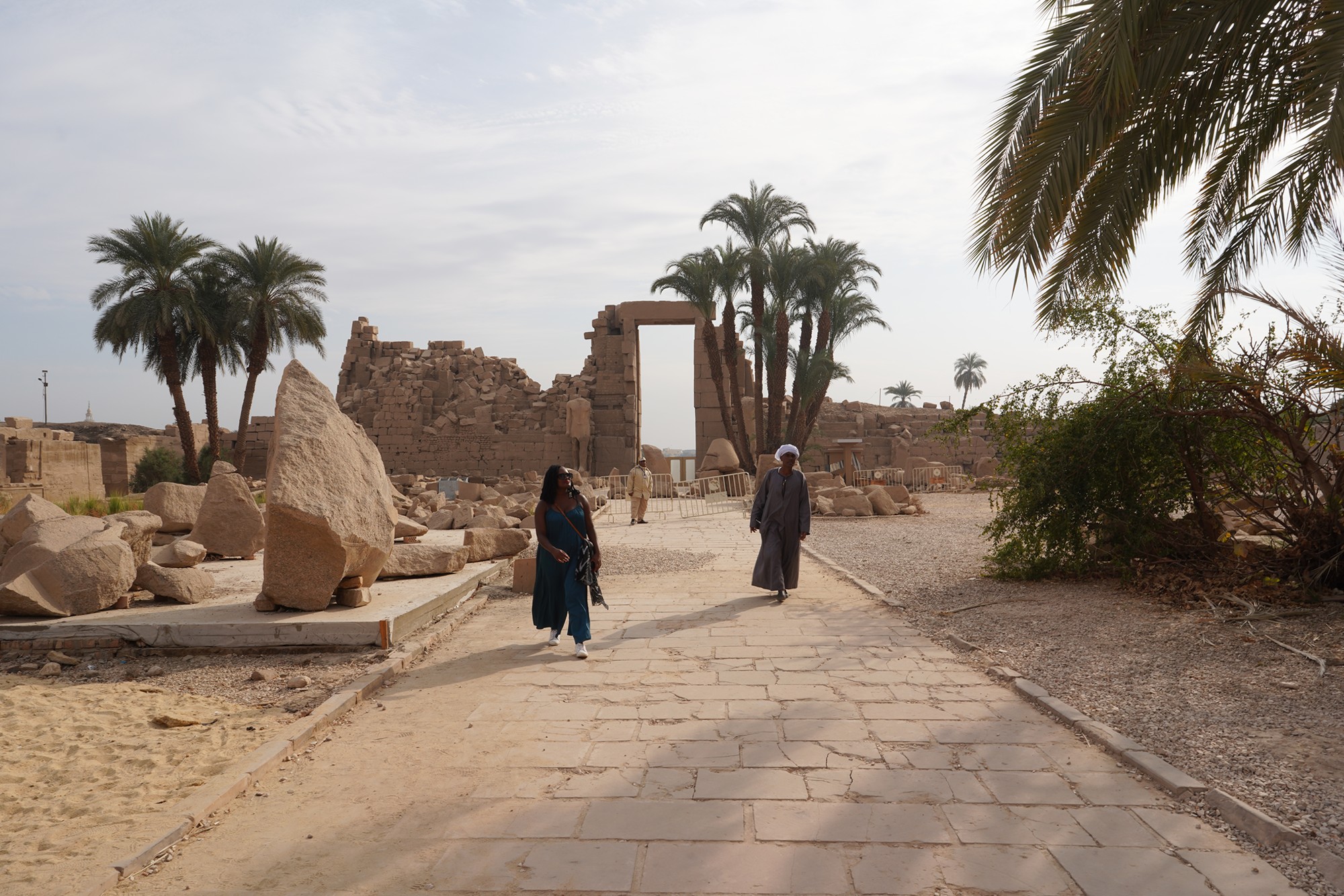
A building on the left side
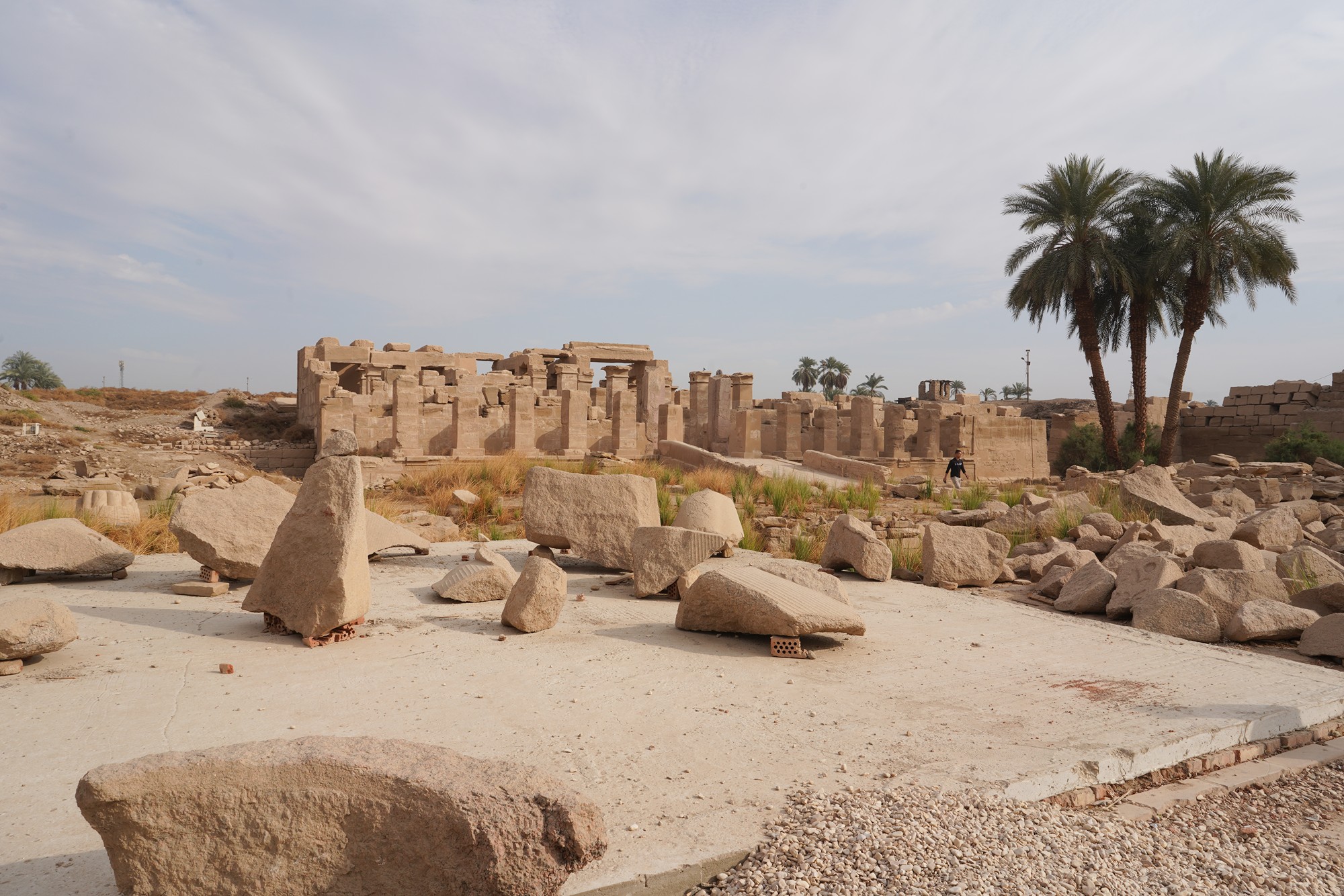
I turned around and walked toward the center of the temple
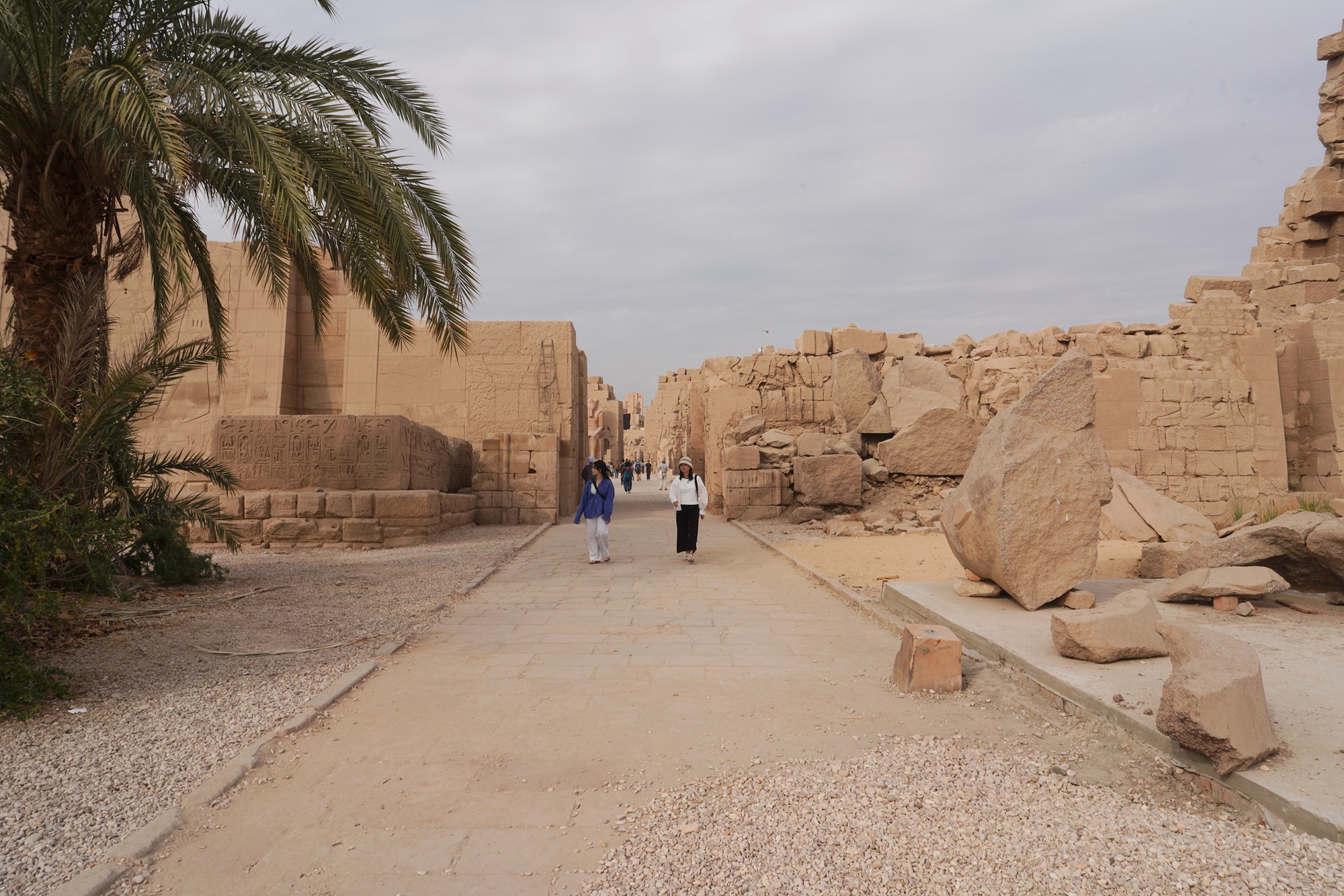
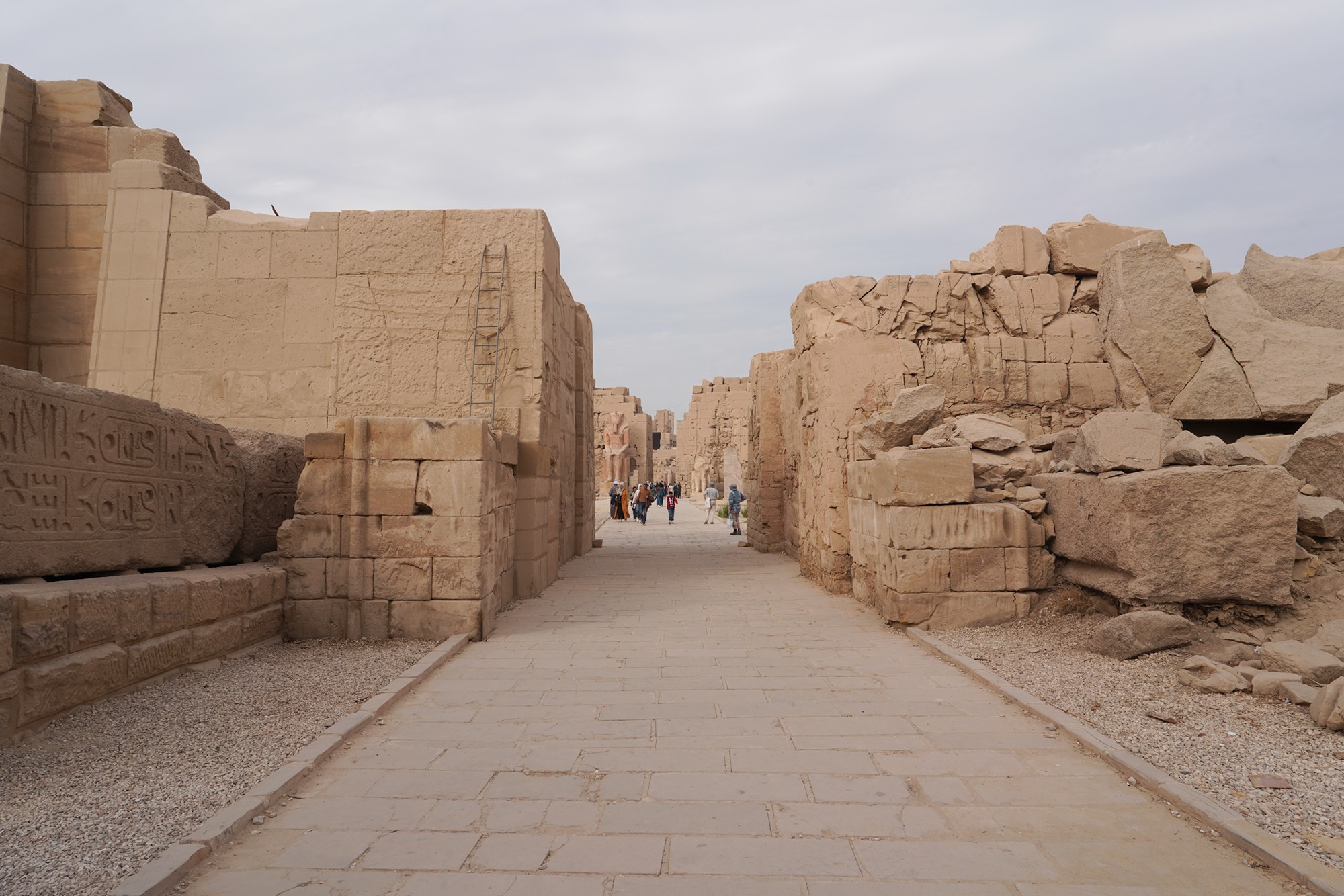
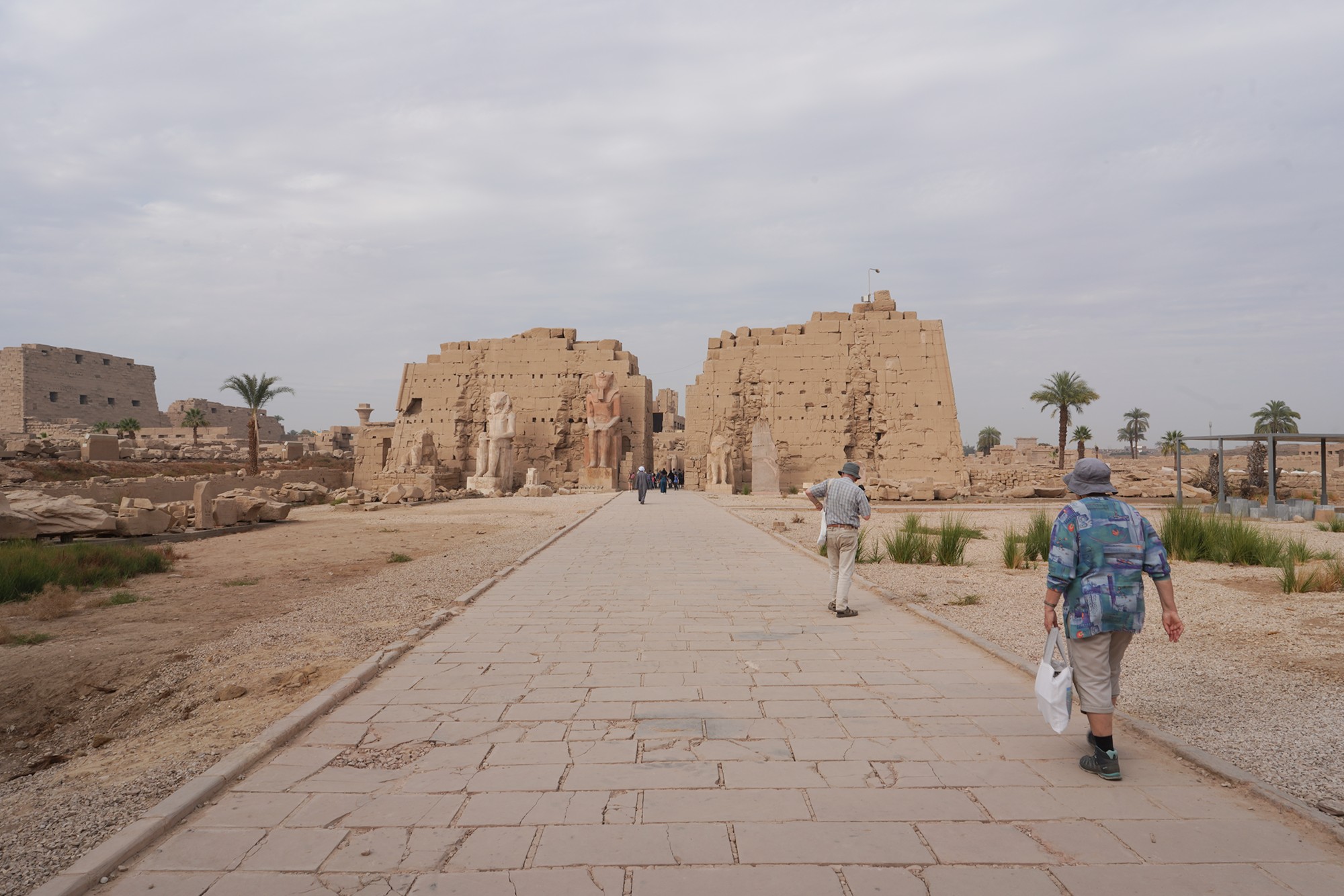
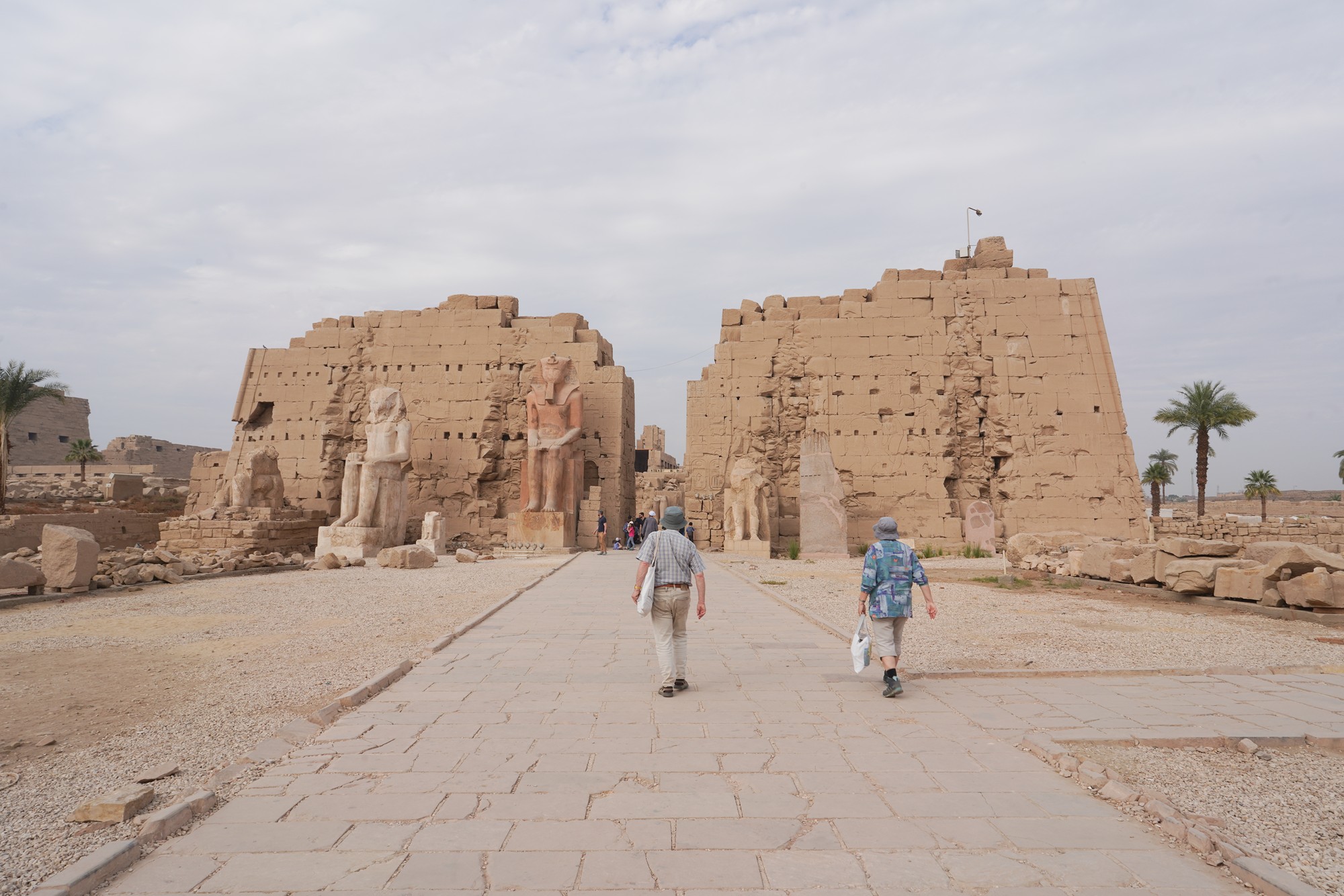
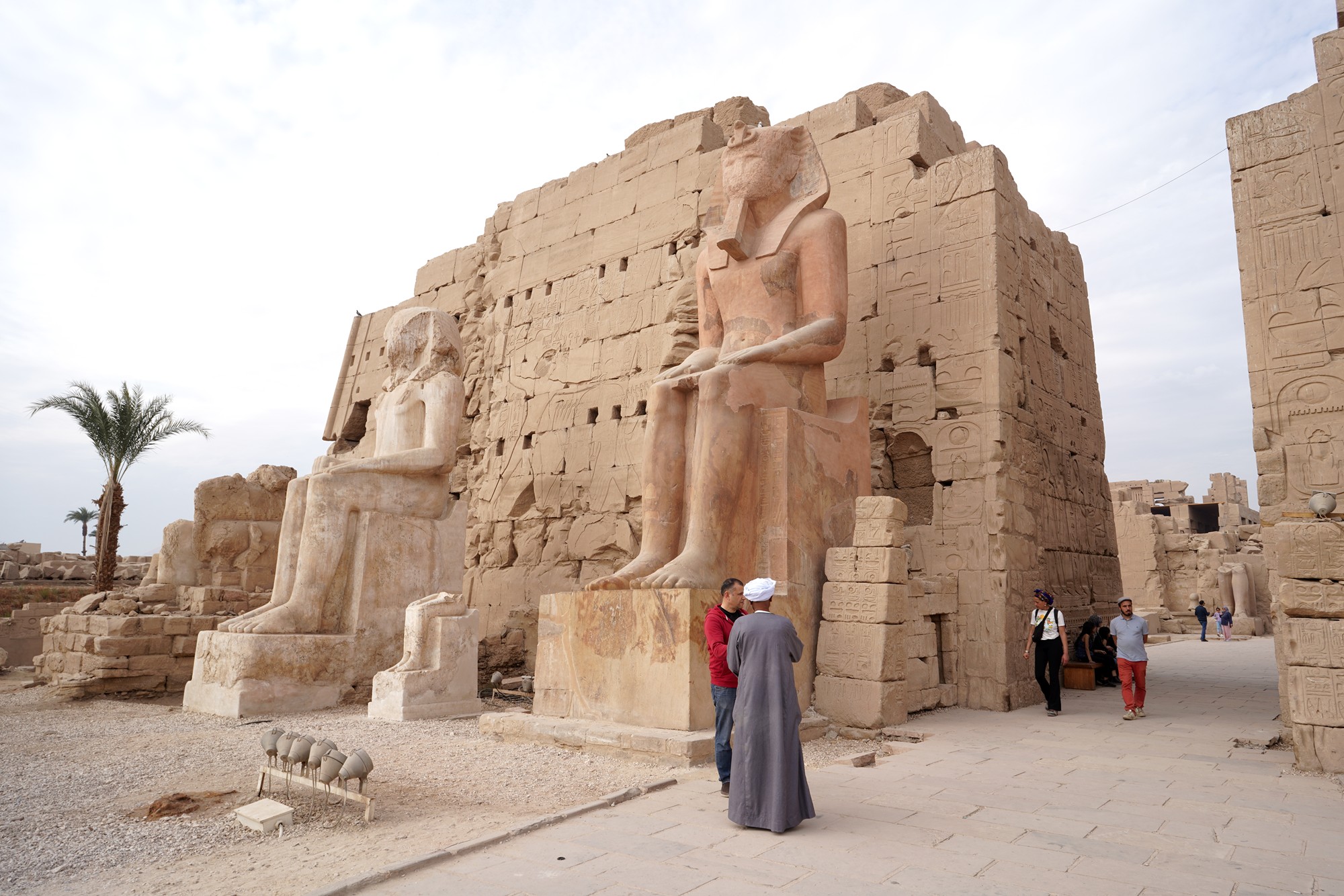

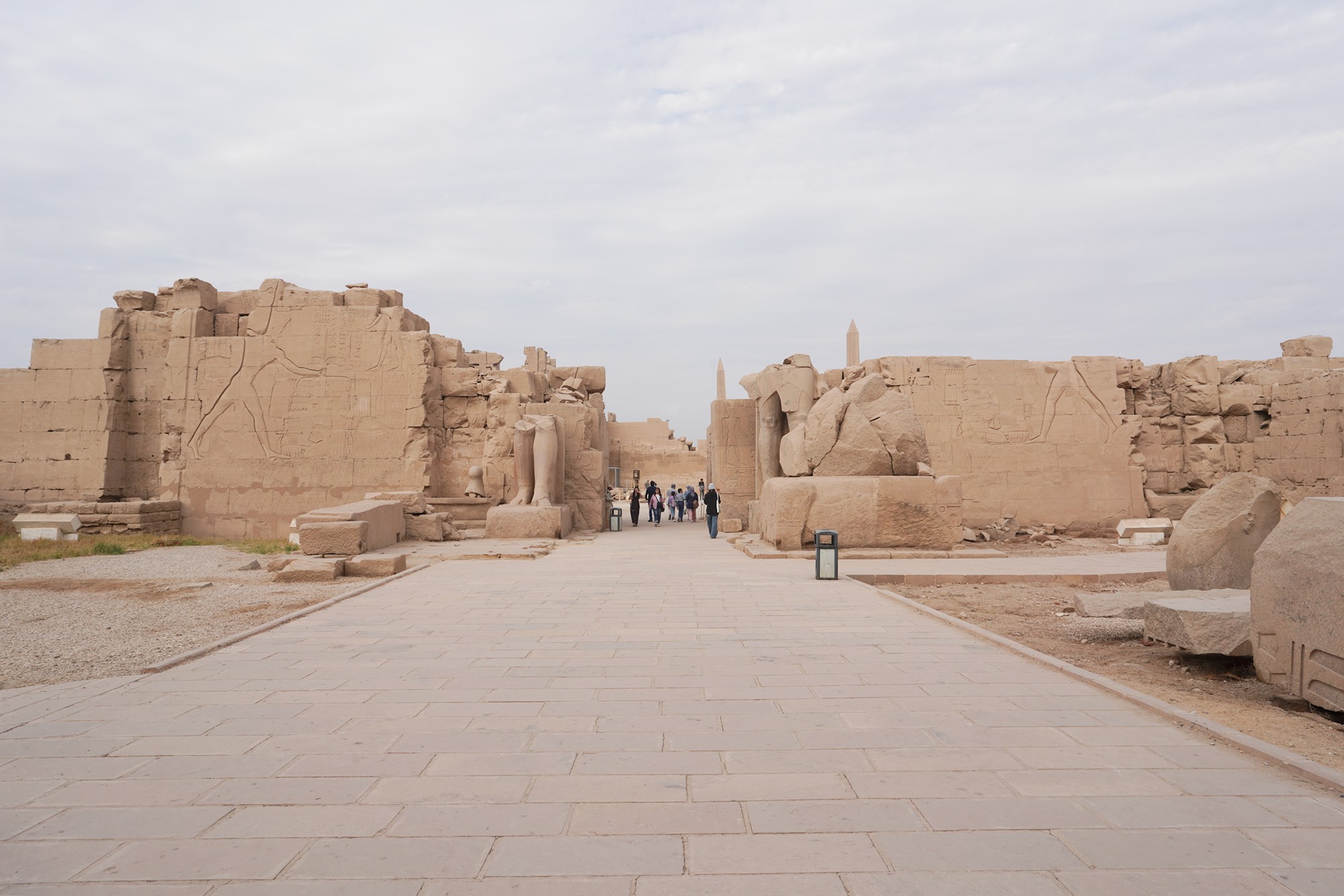

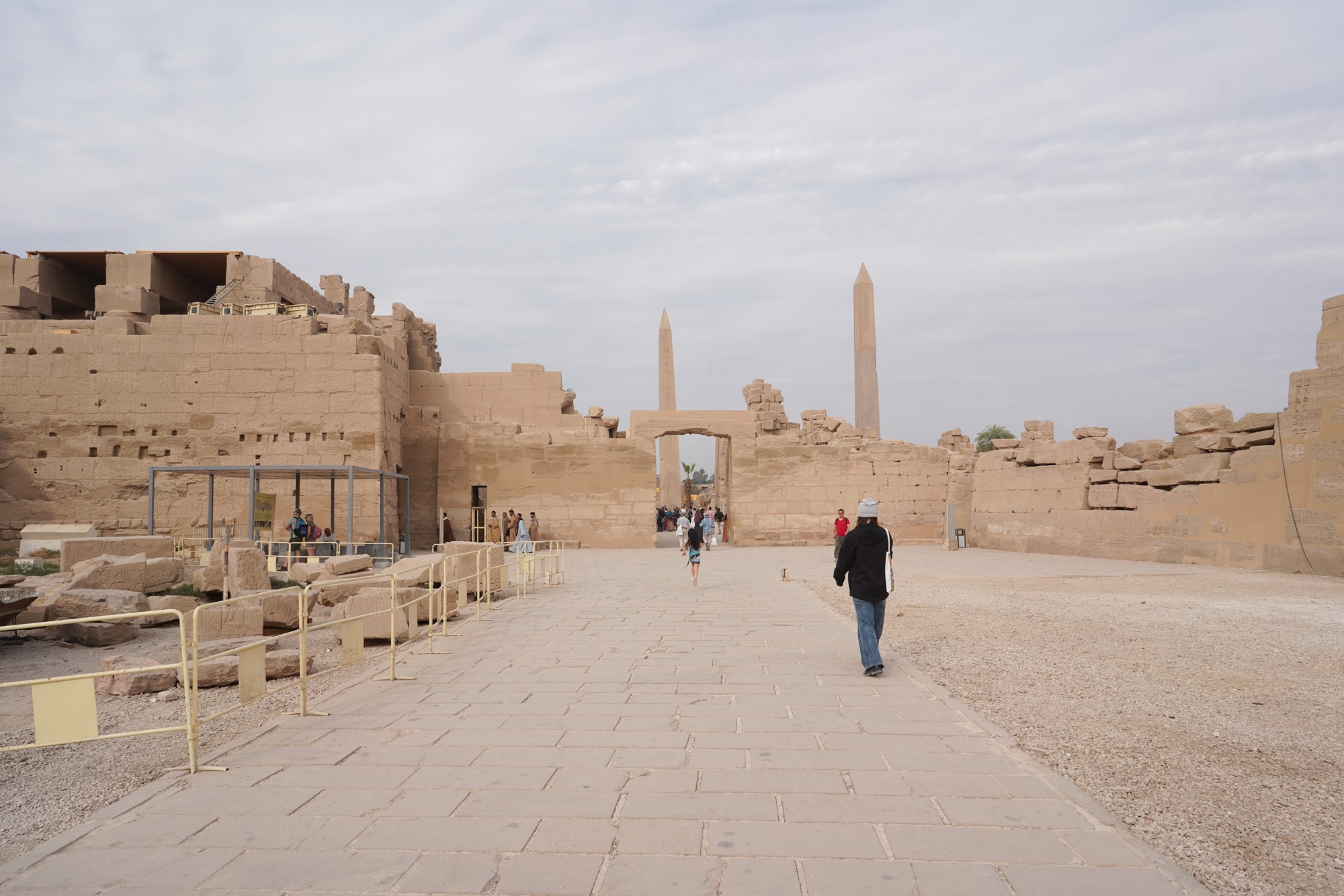
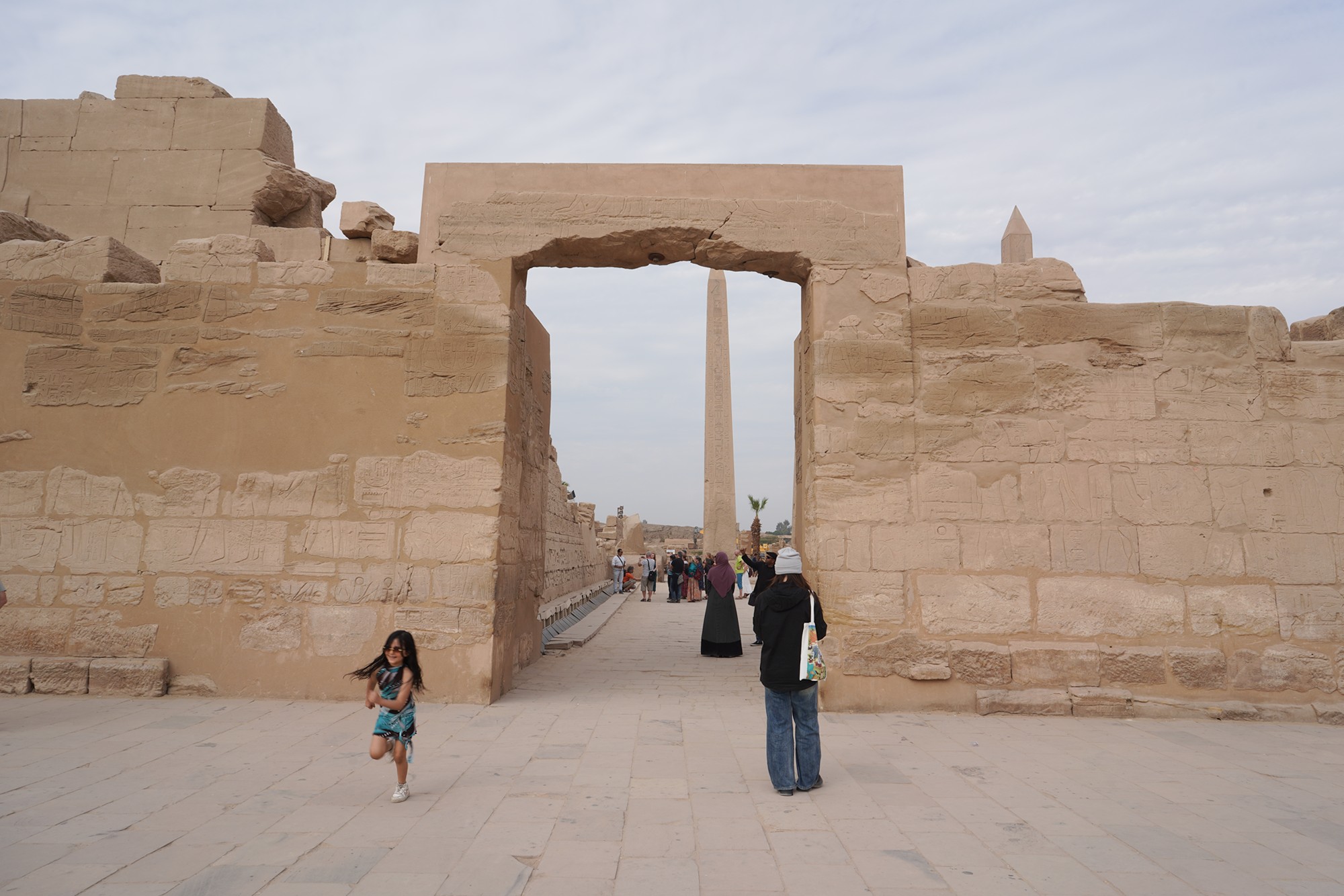
Came back at the center of the temple
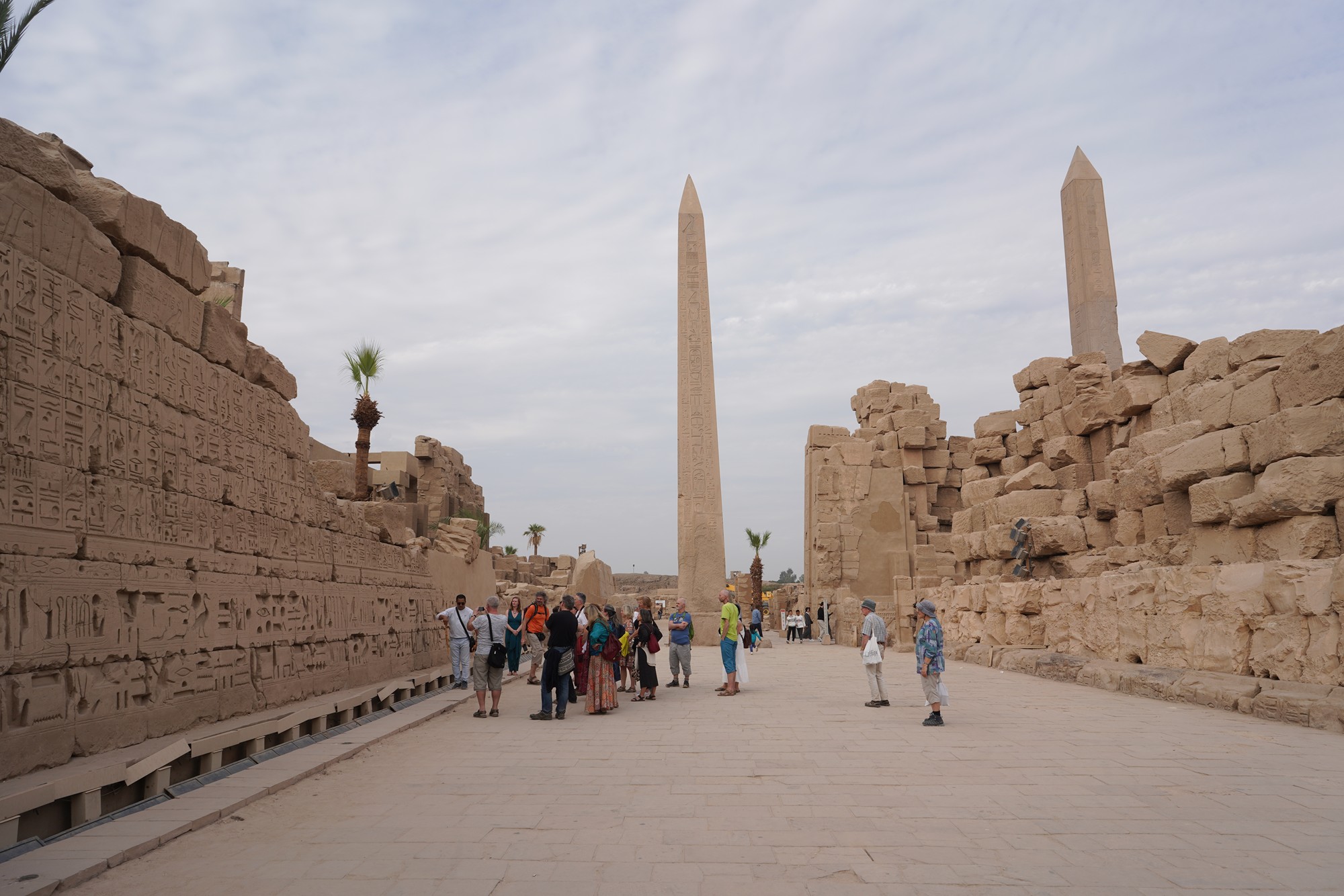

I came back at the column room.

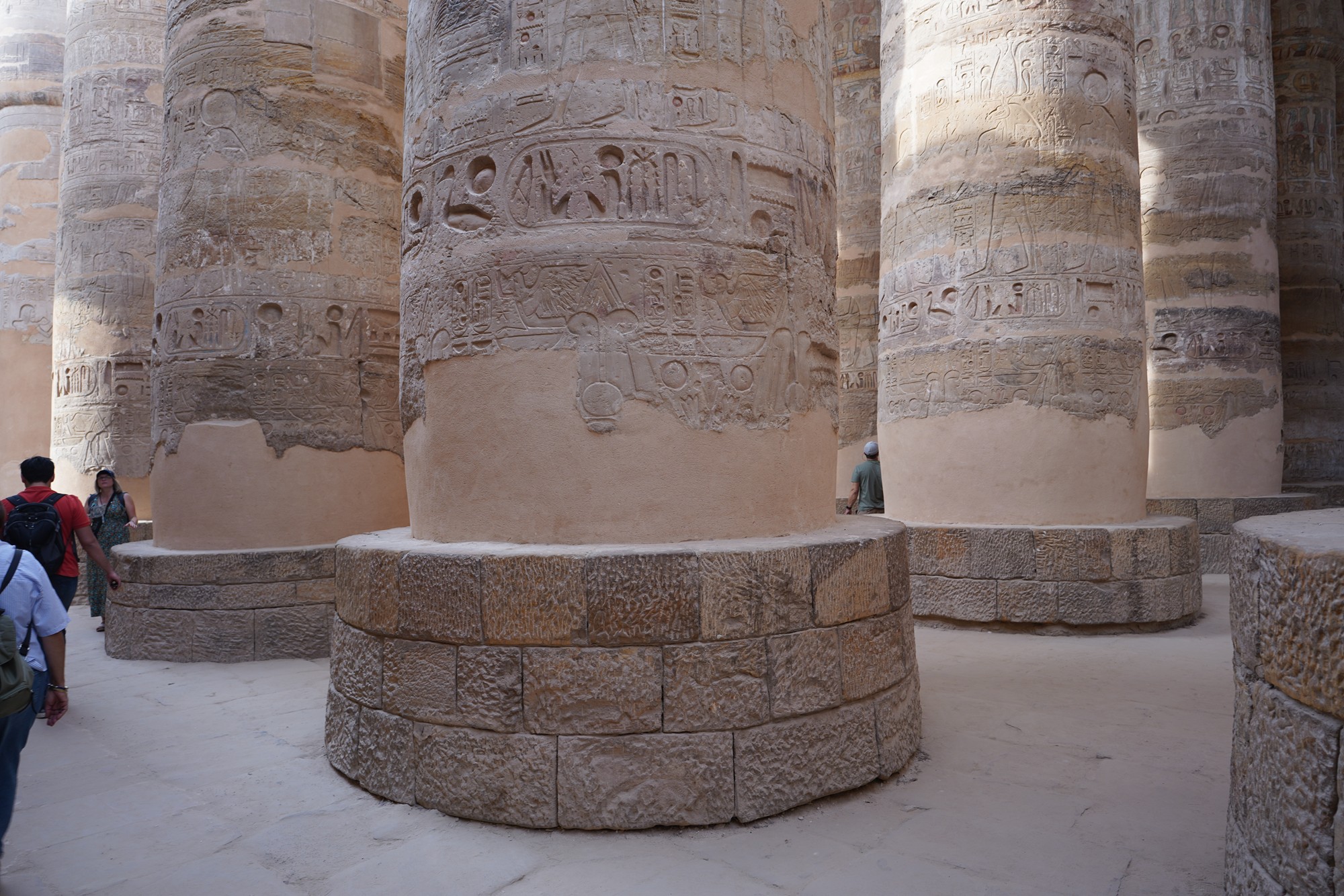
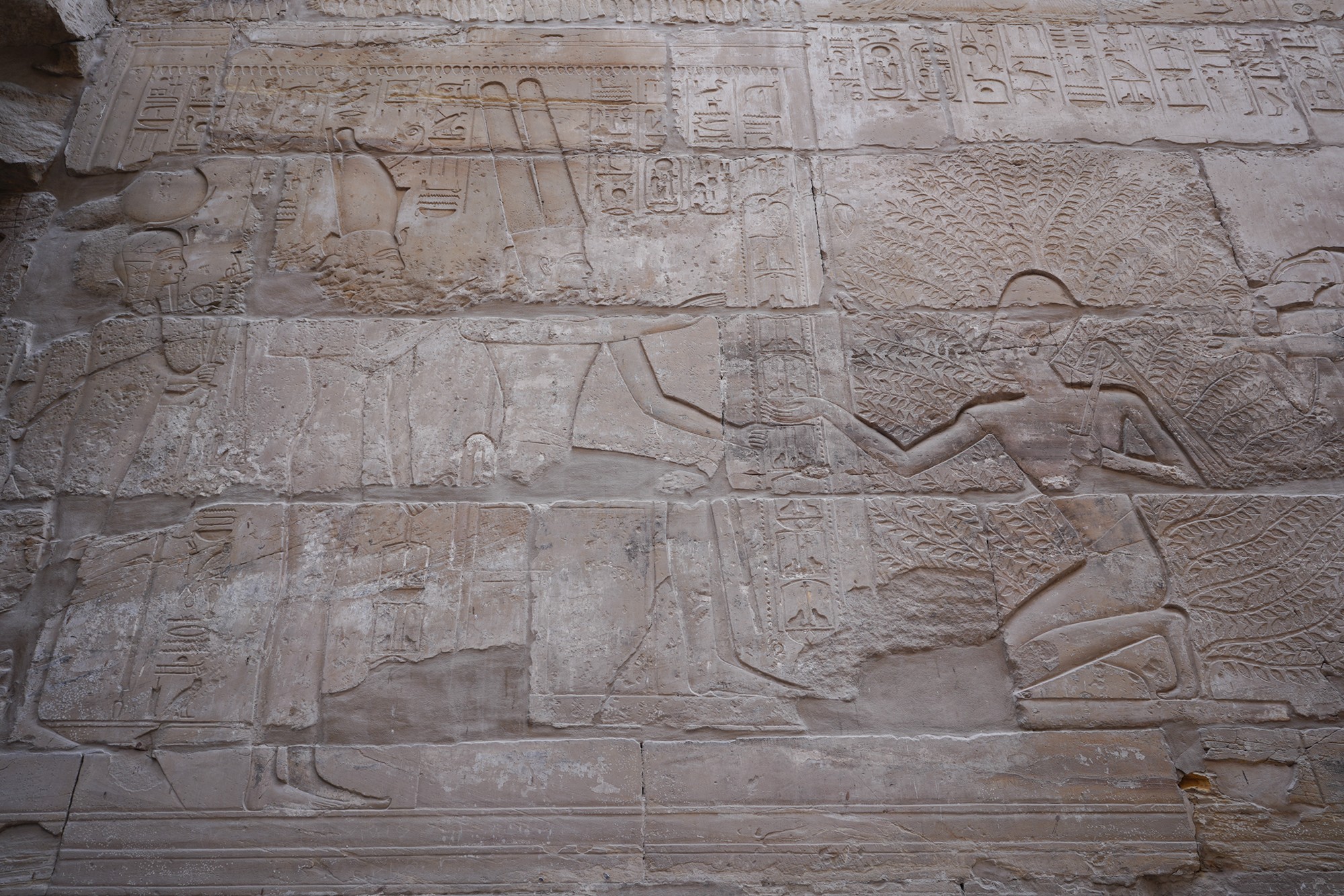
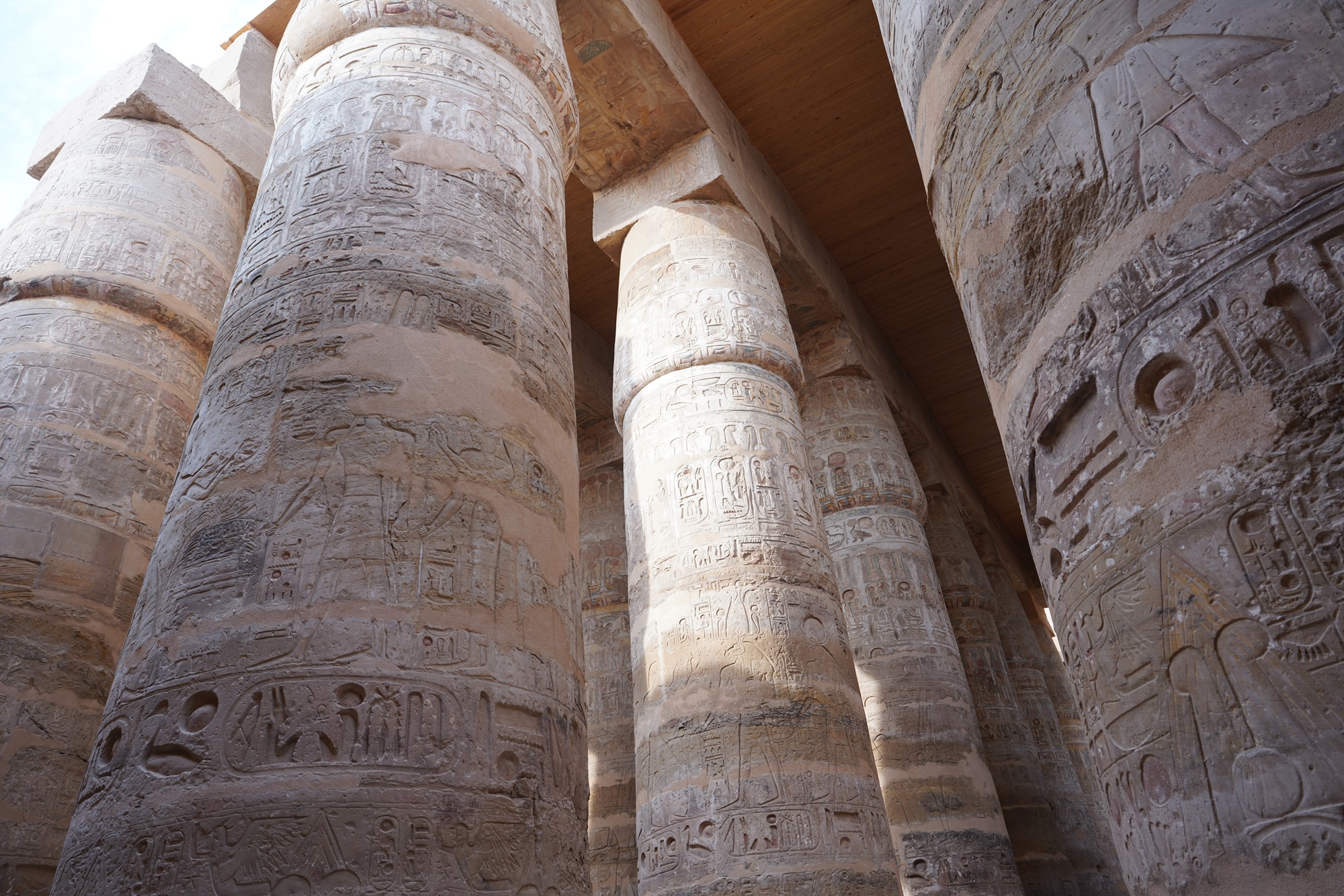
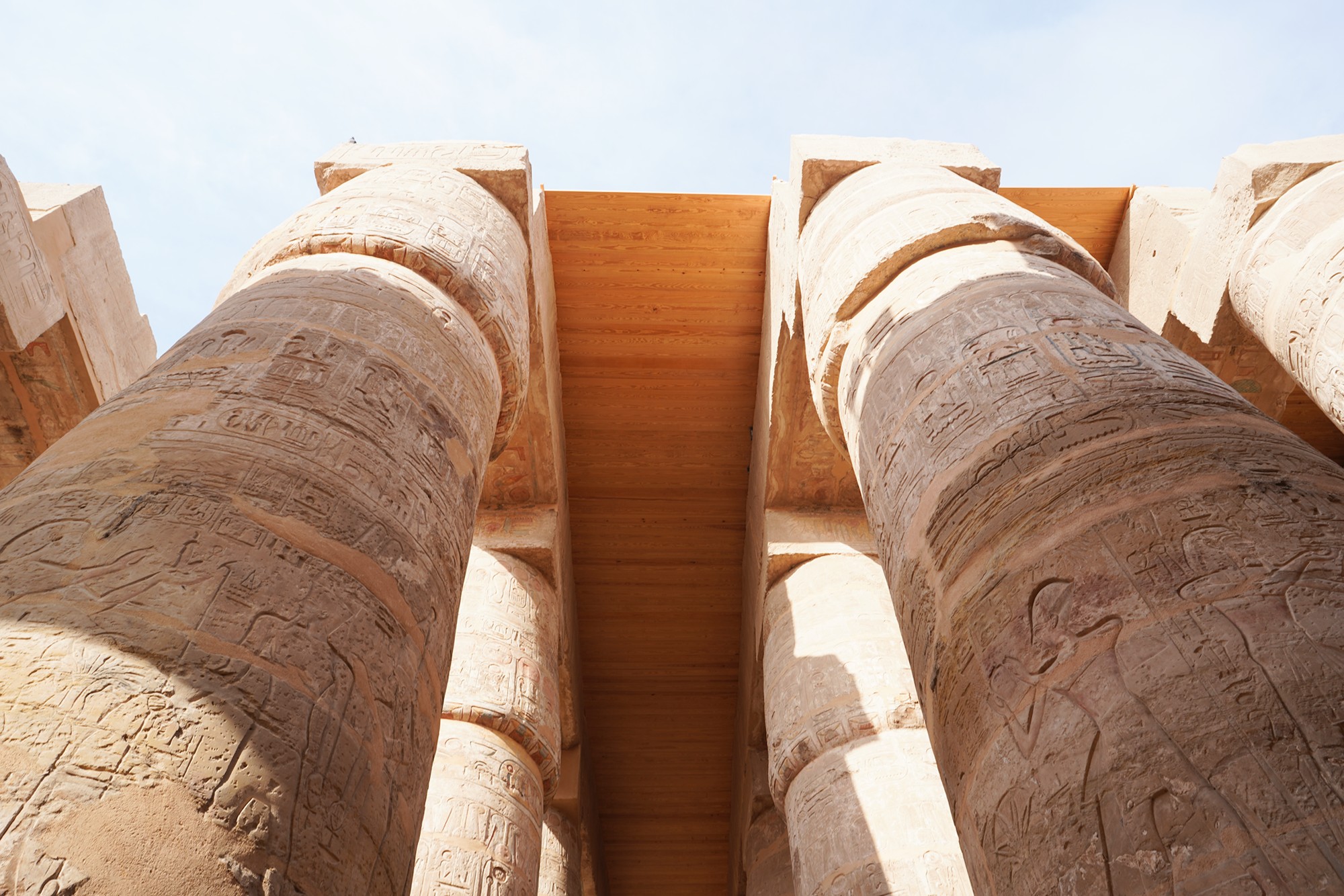
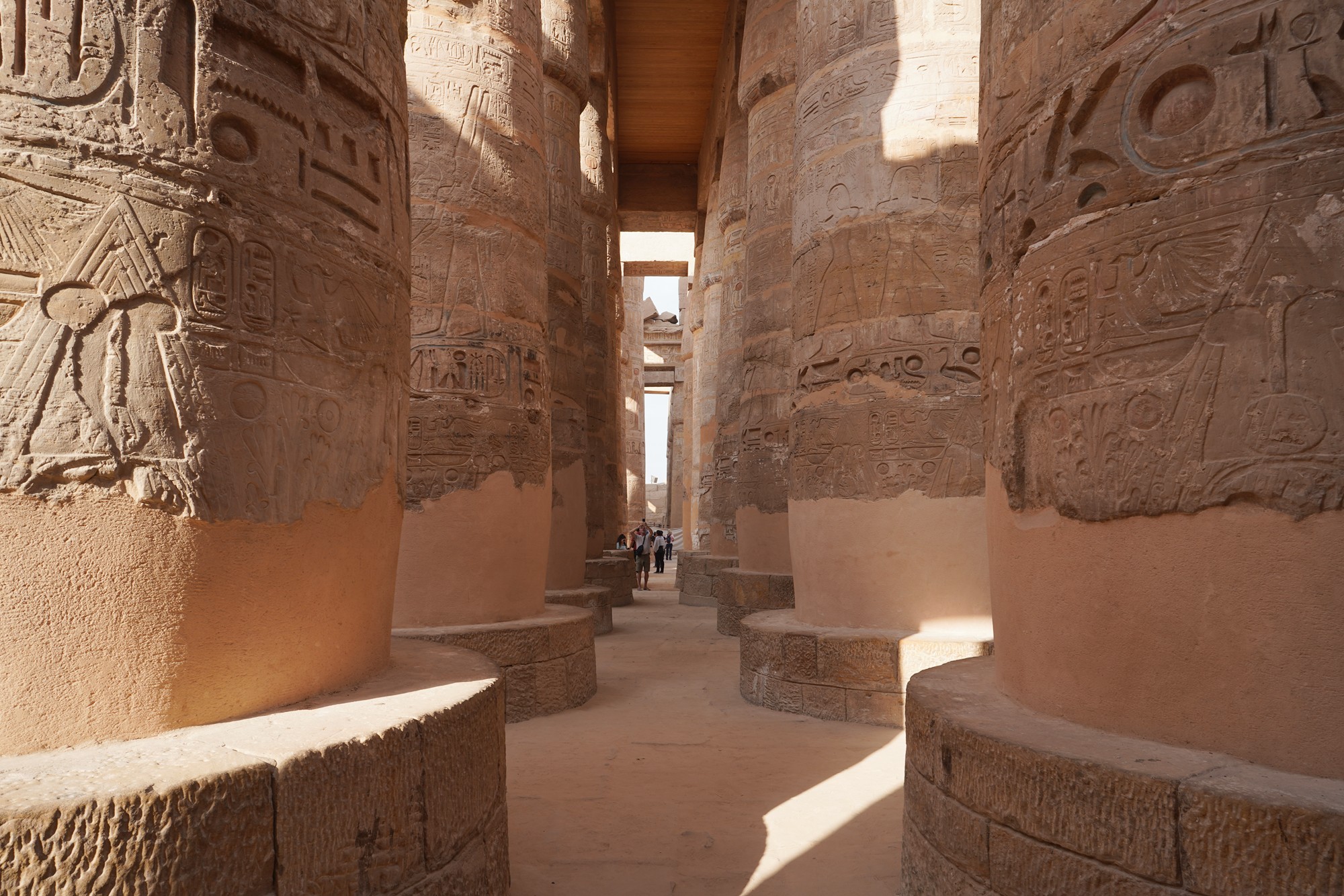
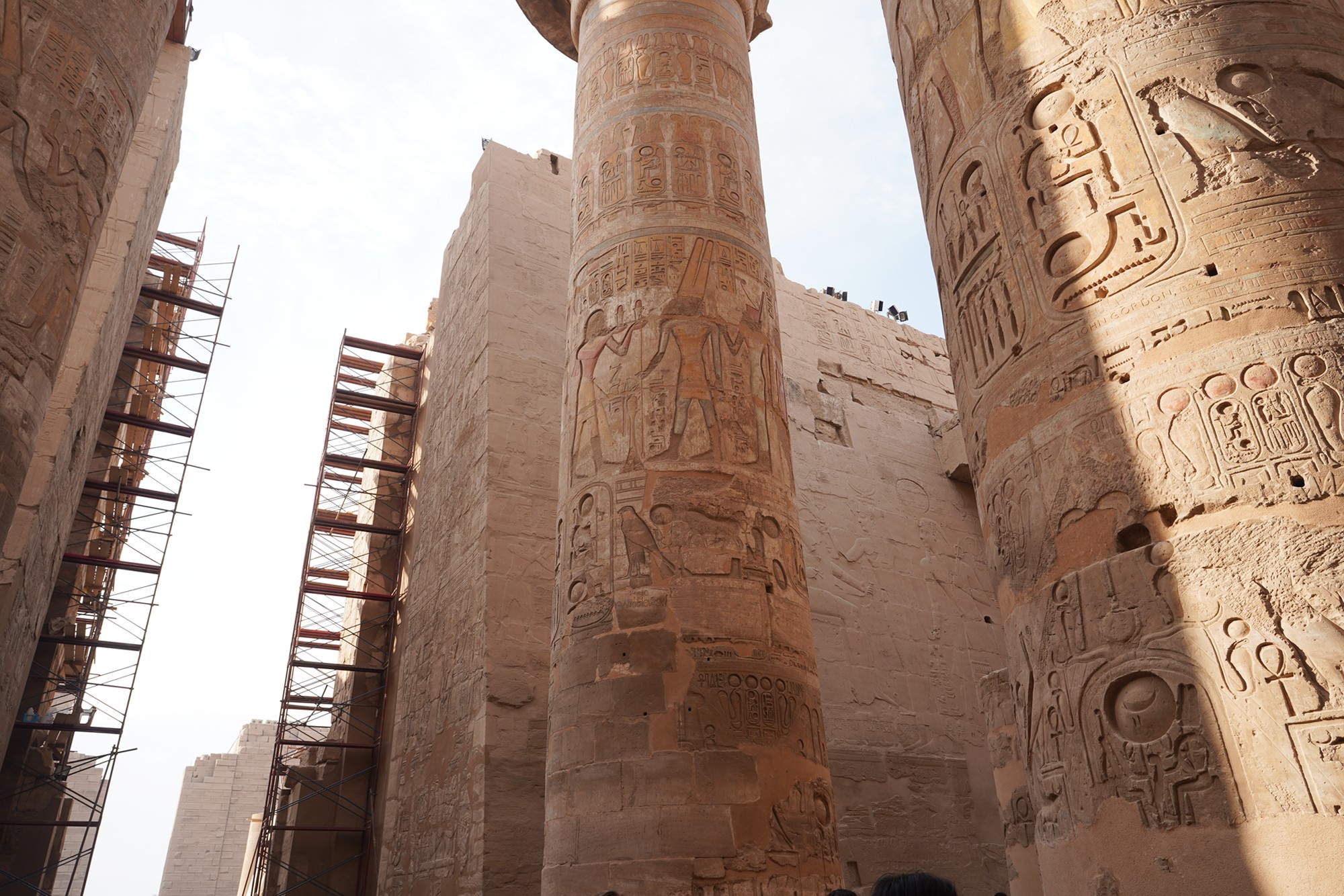
The view of the temple entrance

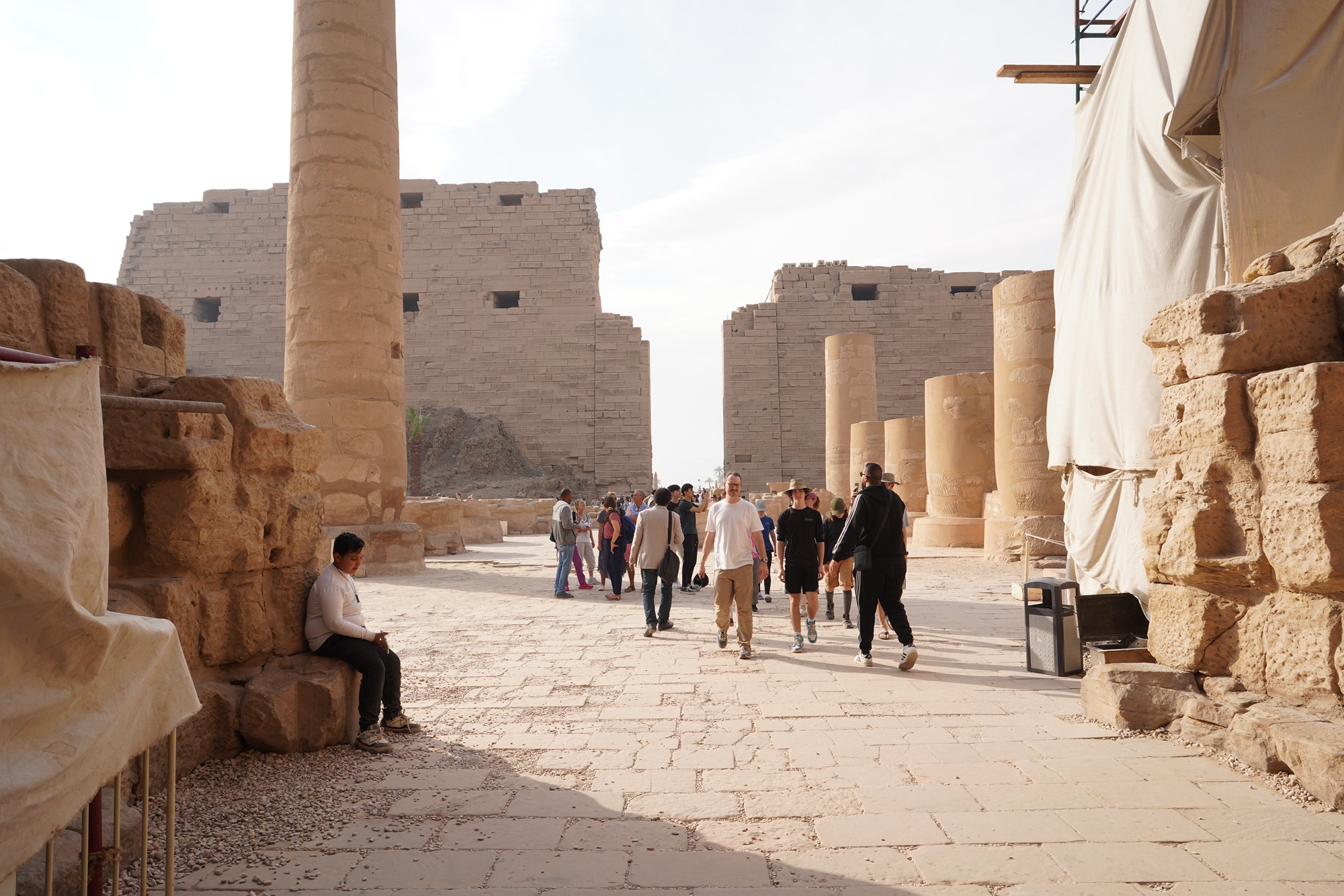
Came back to the court area
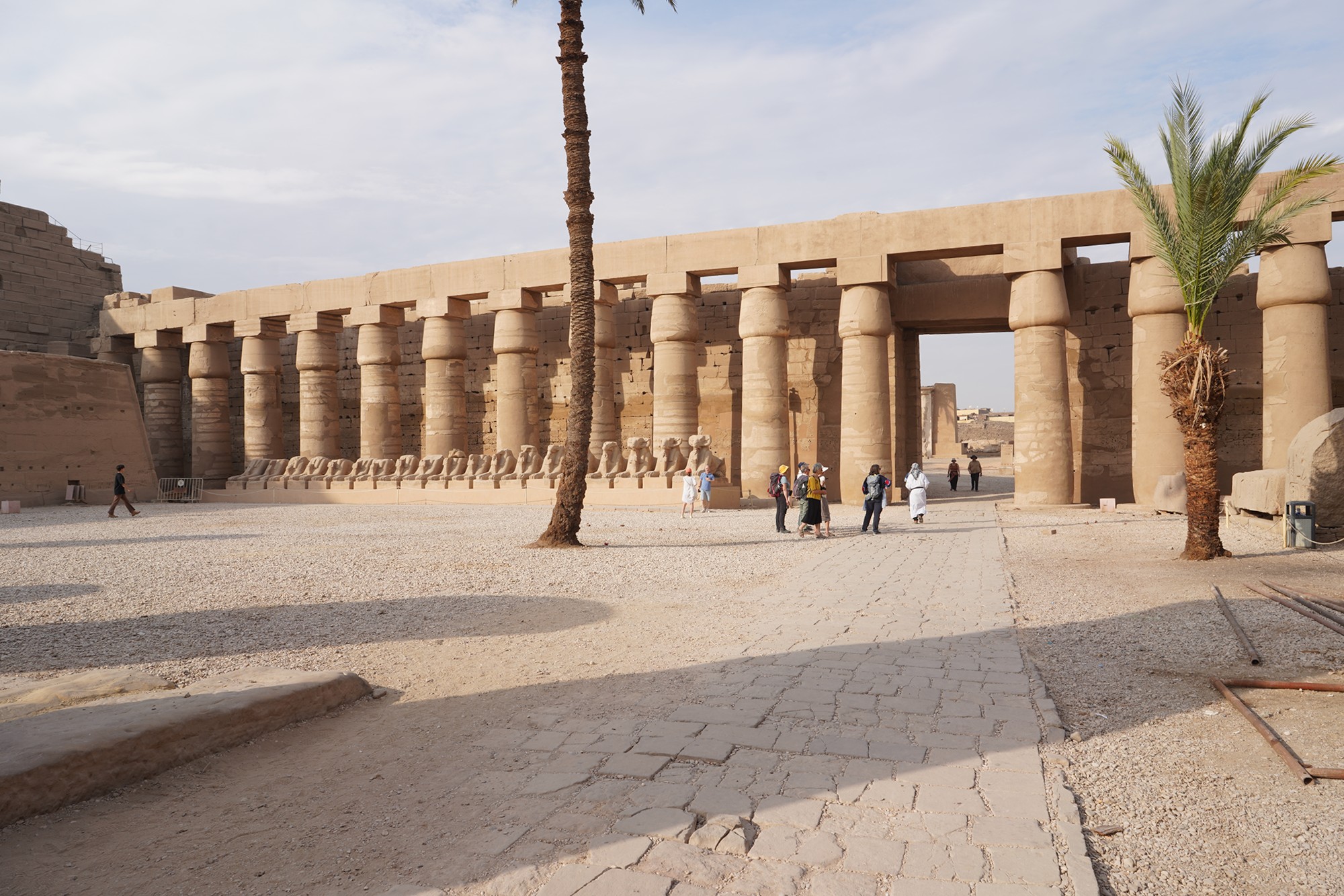
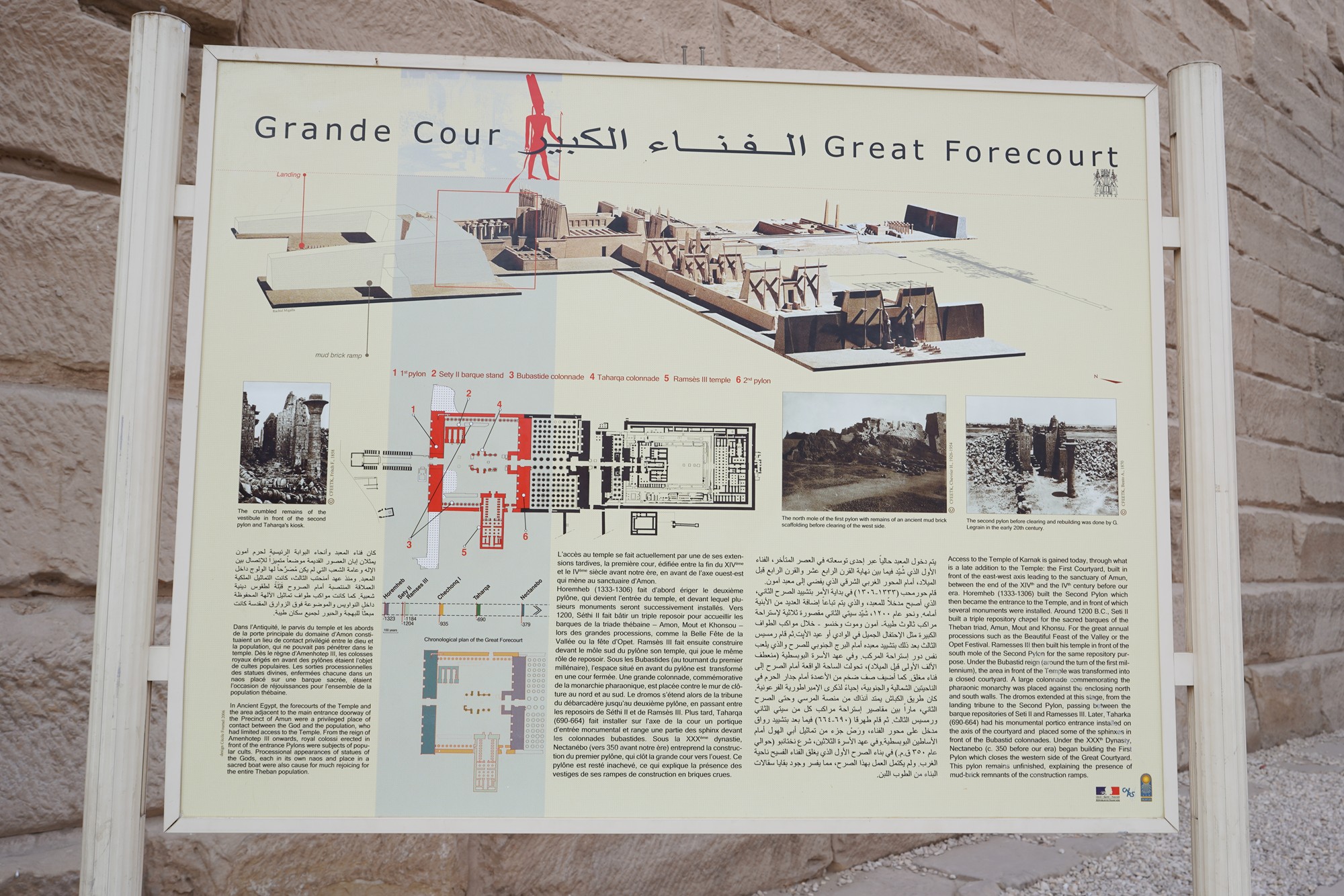
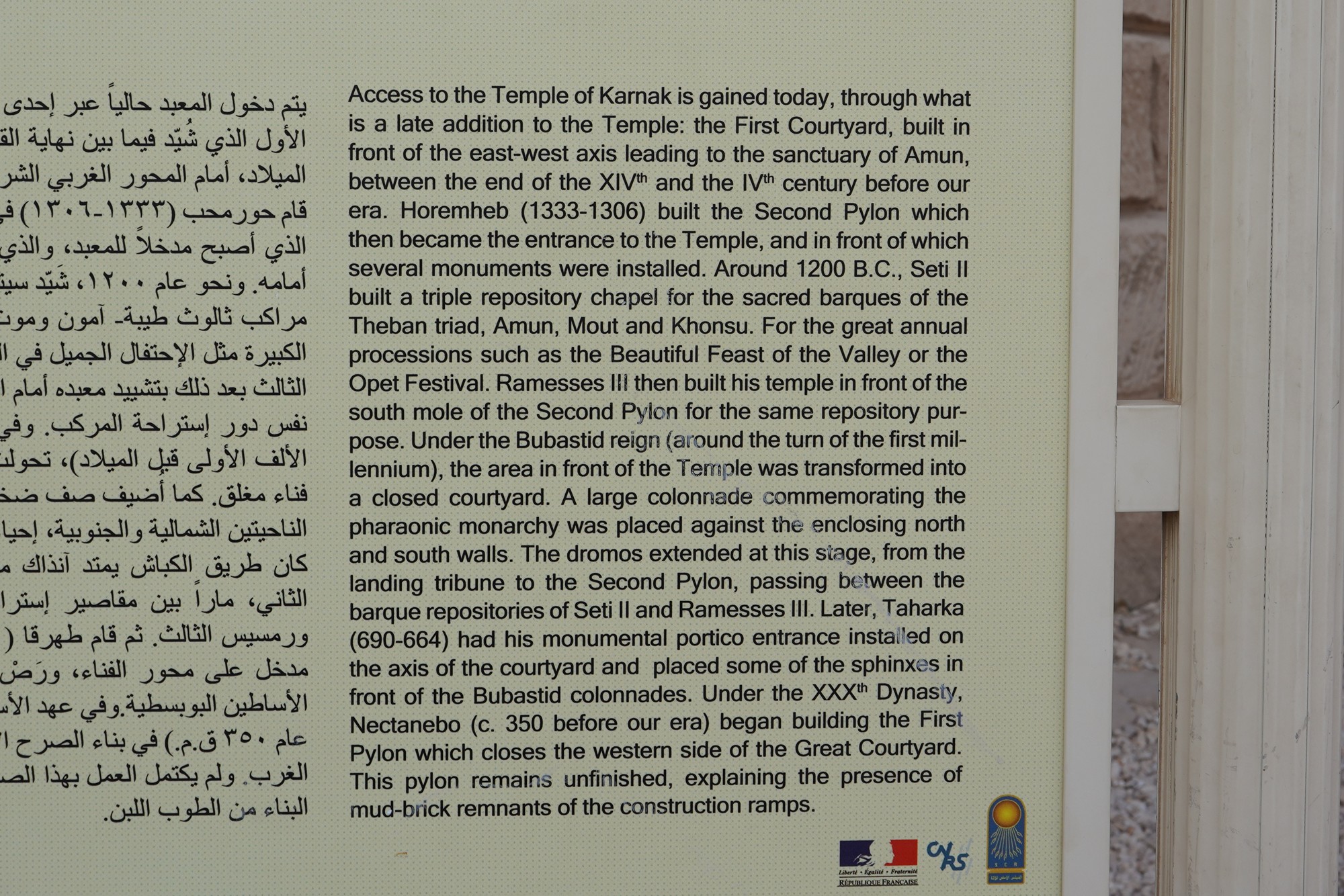
Exited the temple
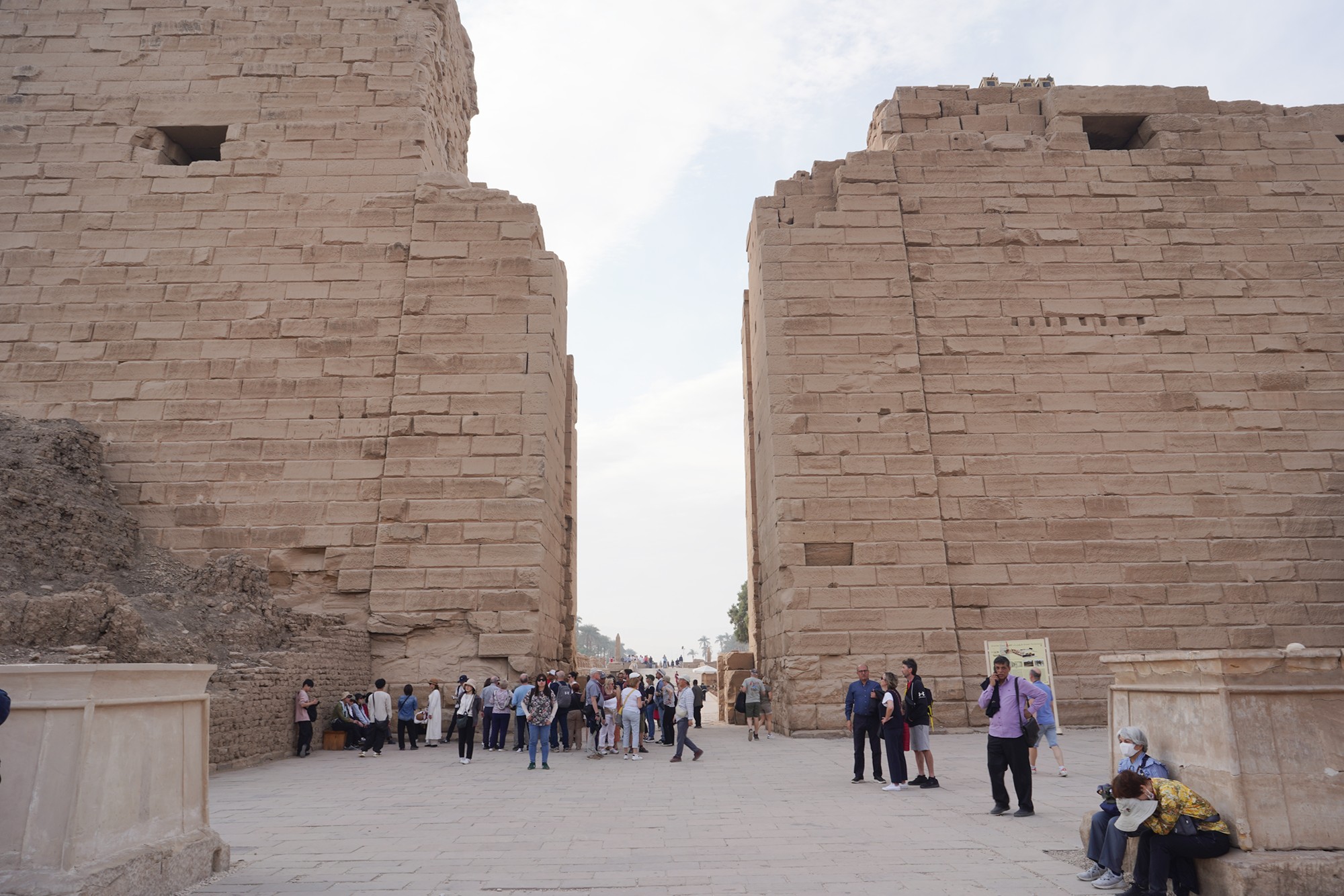
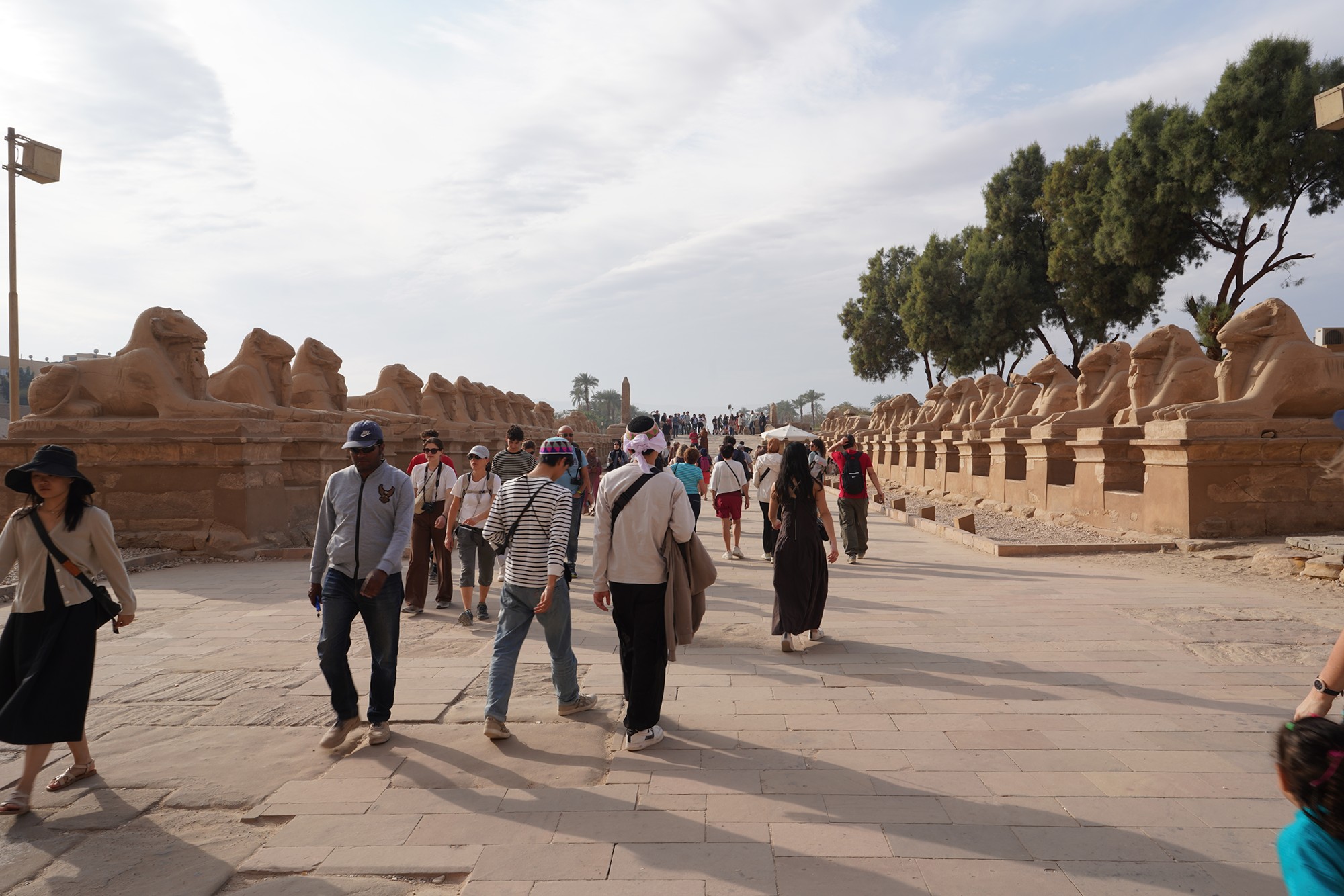
Looked back at the temple
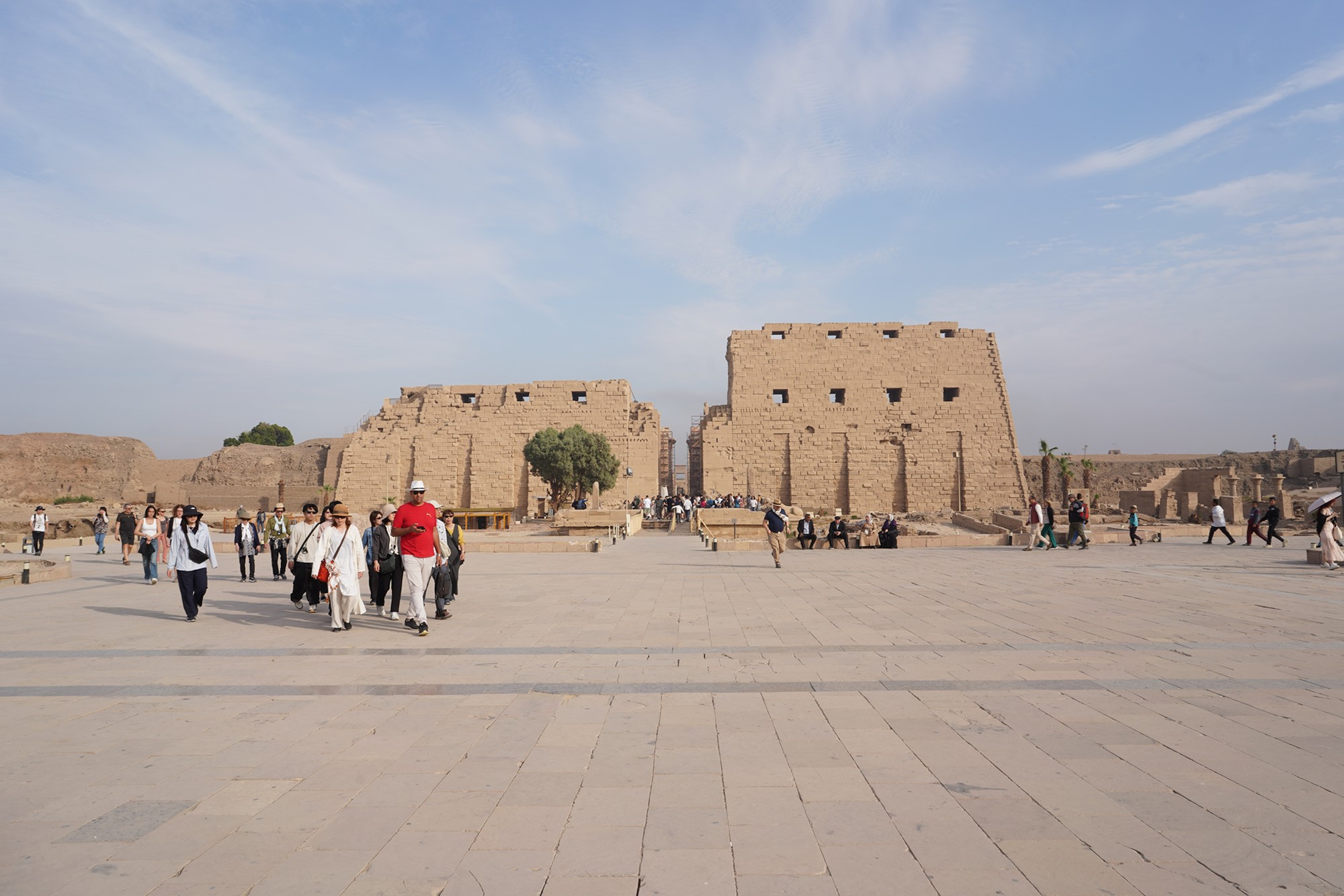
The next destination is the Luxor Temple which is located about two miles from the Karnak Temple.
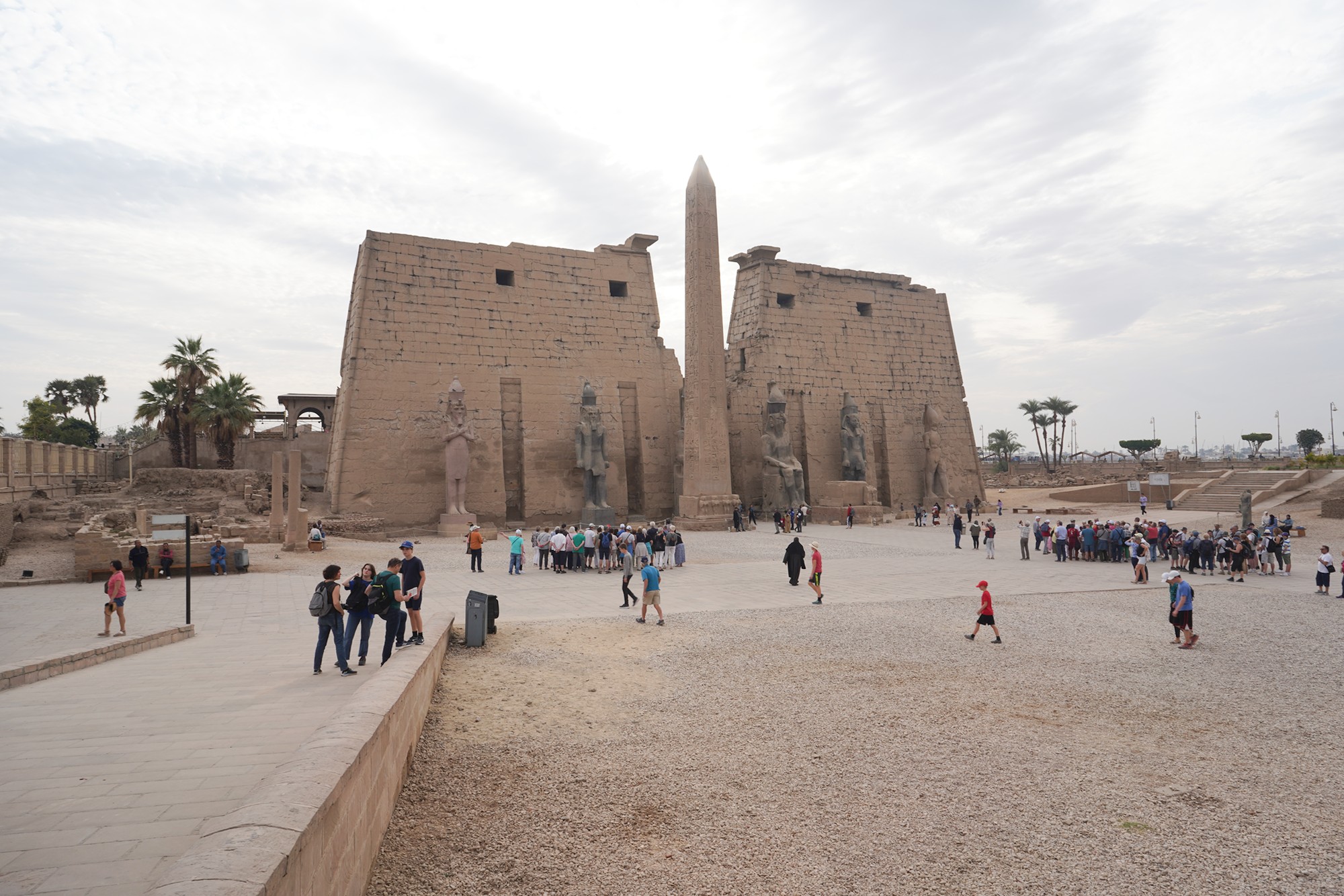
In front of the temple lies a road adorned with numerous sphinxes, connecting Karnak temple to Luxor temple.

Originally, a long processional avenue of sphinxes connected Luxor Temple to Karnak Temple. Some sections of this avenue have been restored, and the sphinxes lined the path used for the Opet Festival.
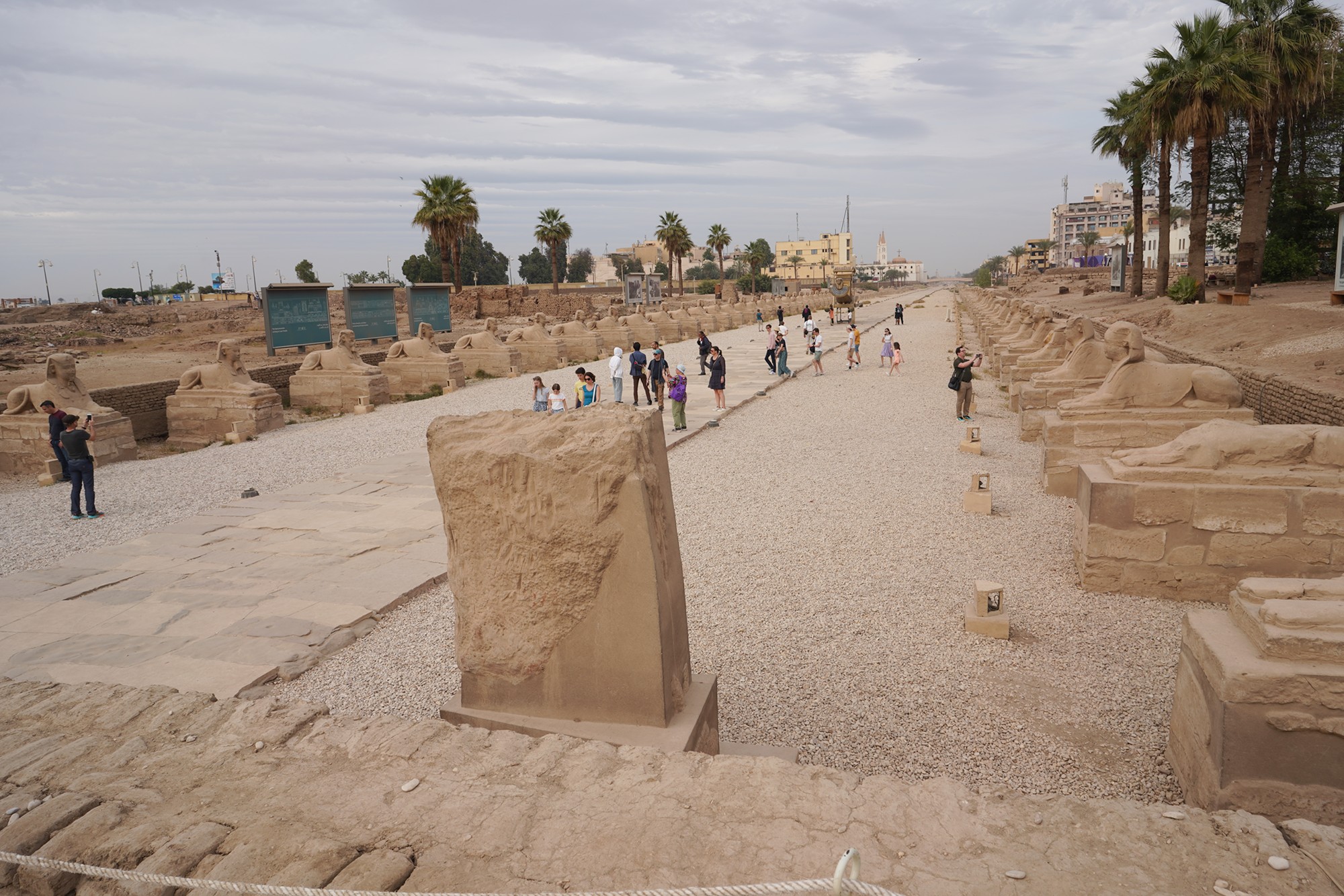
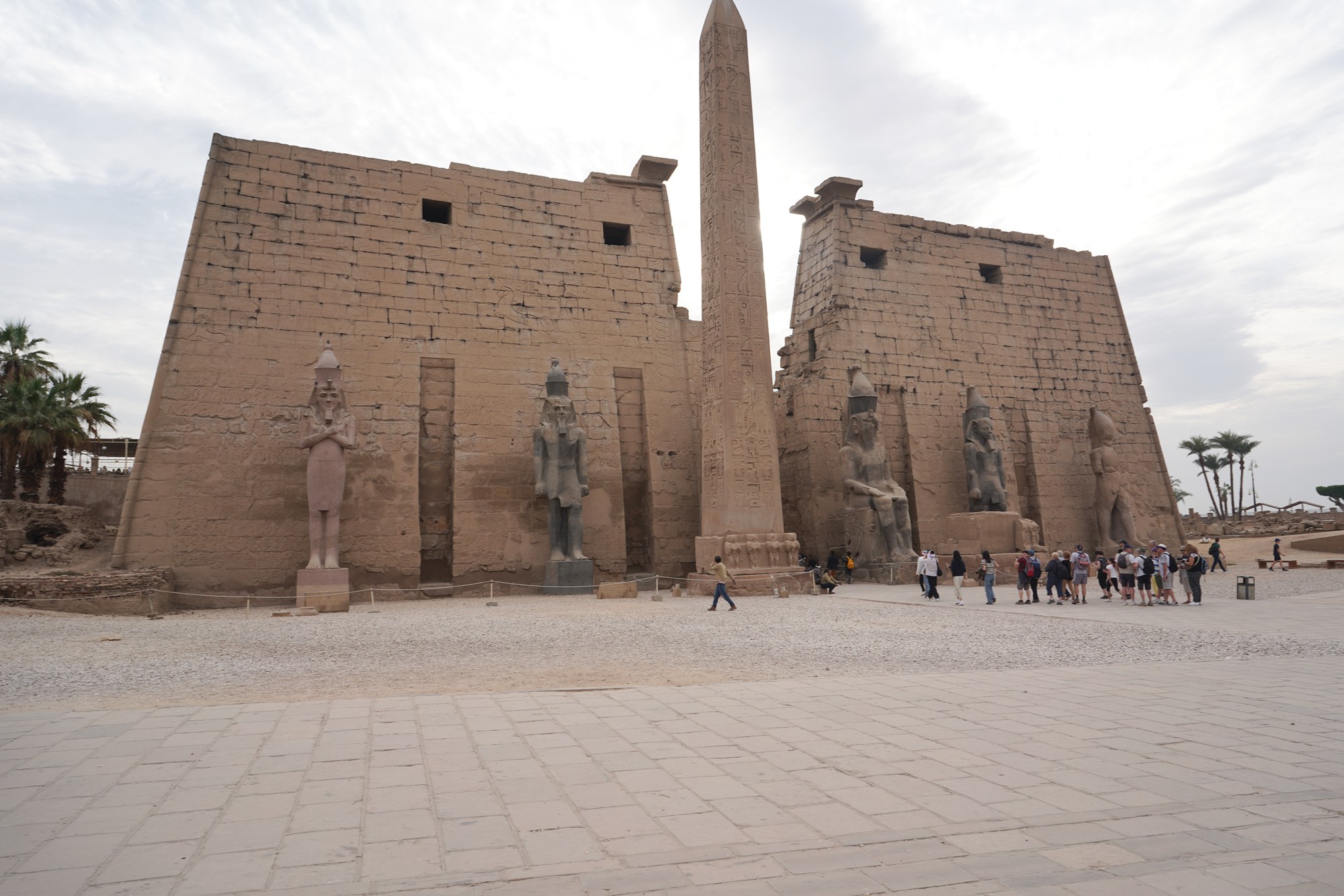
Luxor Temple, like Karnak, has a long history of construction and modification by different pharaohs over the centuries. It was originally built during the New Kingdom period, around 1400 BCE, and additions were made by notable pharaohs such as Amenhotep III, Tutankhamun, and Ramses II.

Luxor Temple was primarily dedicated to the rejuvenation of kingship and the celebration of the annual Opet Festival, during which the sacred barque of the gods would travel from Karnak Temple to Luxor Temple, symbolizing the divine marriage between the god Amun and the goddess Mut.
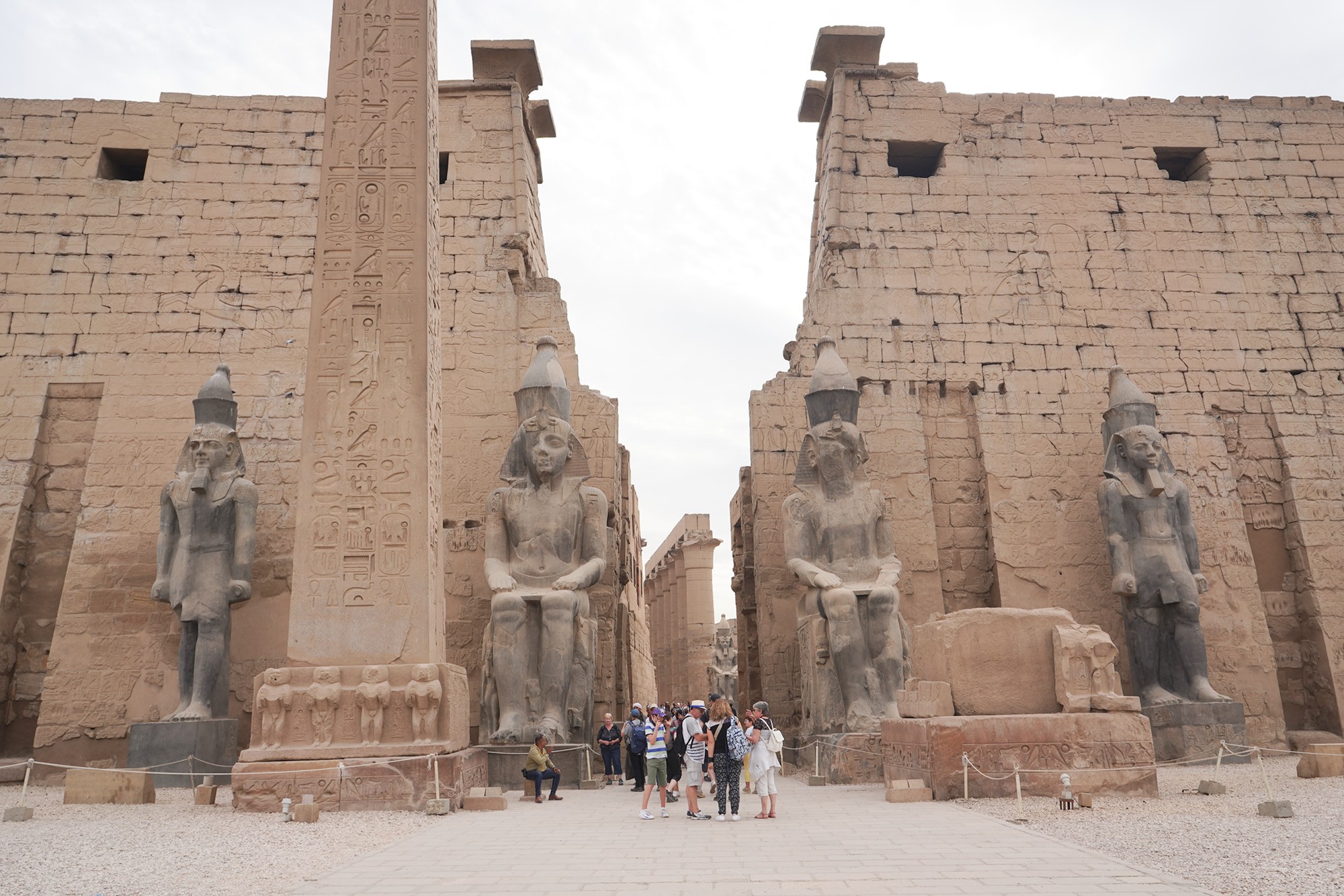
Luxor Temple was once adorned with a pair of obelisks, both of which were originally erected by Ramses II. Today, only one of these obelisks remains standing, while the other has been relocated to the Concorde in Paris.


The six statues in front of the Luxor Temple are not statues of six different people. They are all statues of Ramses II, a powerful pharaoh of ancient Egypt.
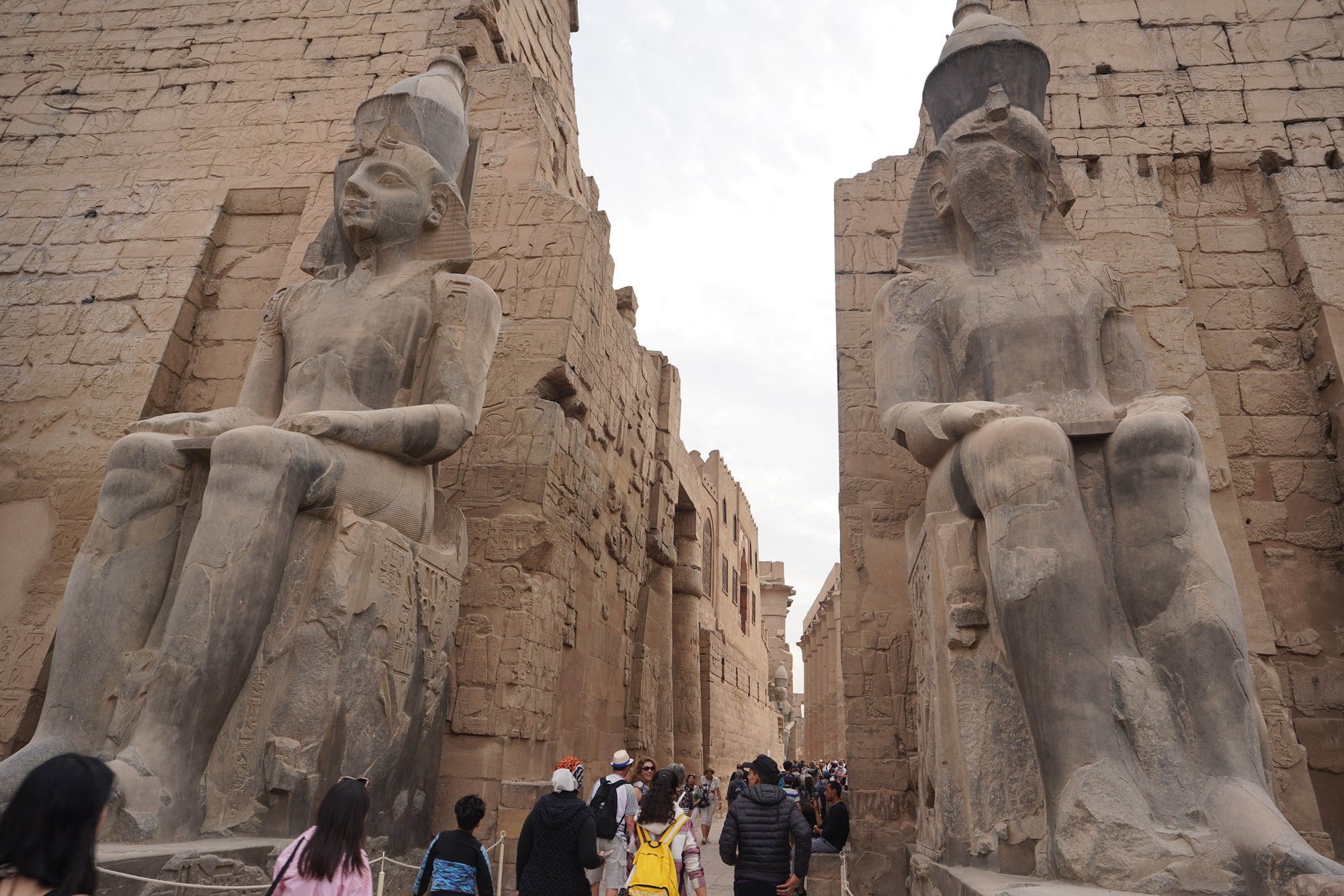
Luxor Temple features large open courtyards and halls with impressive columns, including the Colonnade of Amenhotep III, the Court of Amenhotep III, and the Inner Sanctuaries. These areas are decorated with intricate carvings and reliefs depicting various religious and mythological scenes.
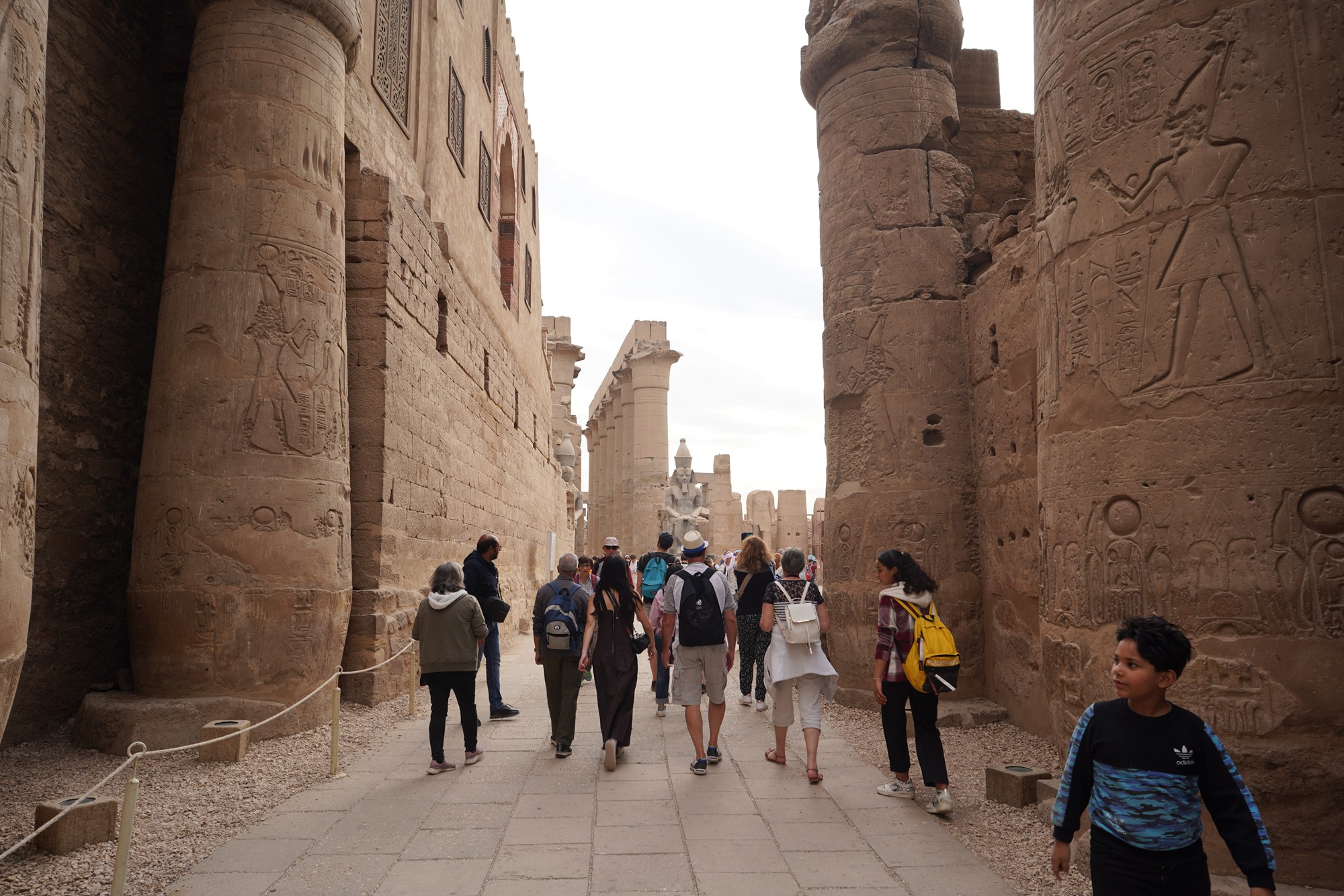
The top of this building is decorated with an Islamic theme, which was added much later.
Over the centuries, Luxor Temple underwent changes and adaptations by various civilizations. During the Roman era, the temple was used for Christian worship, and later, a mosque, known as the Mosque of Abu Haggag, was built within the temple complex.
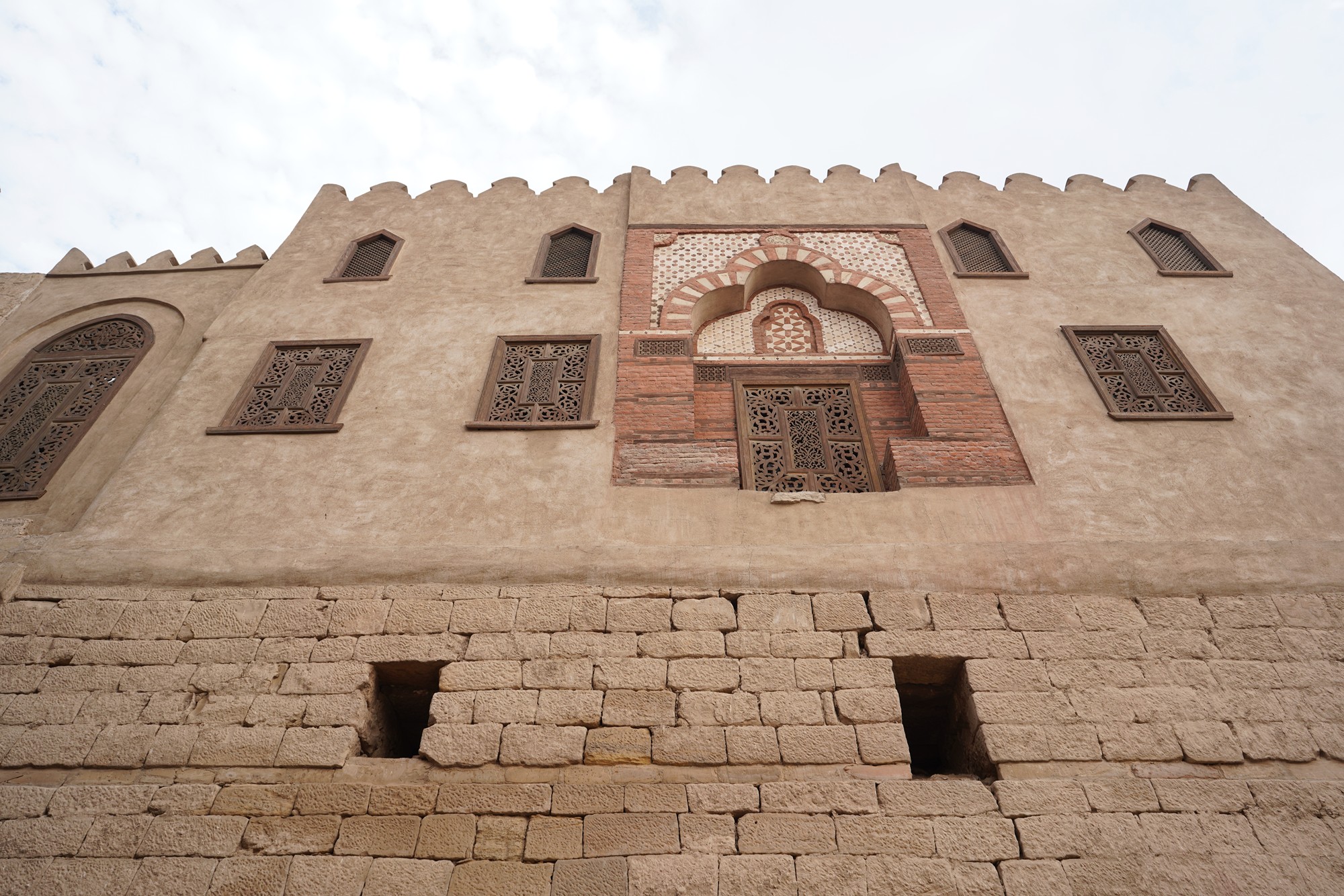
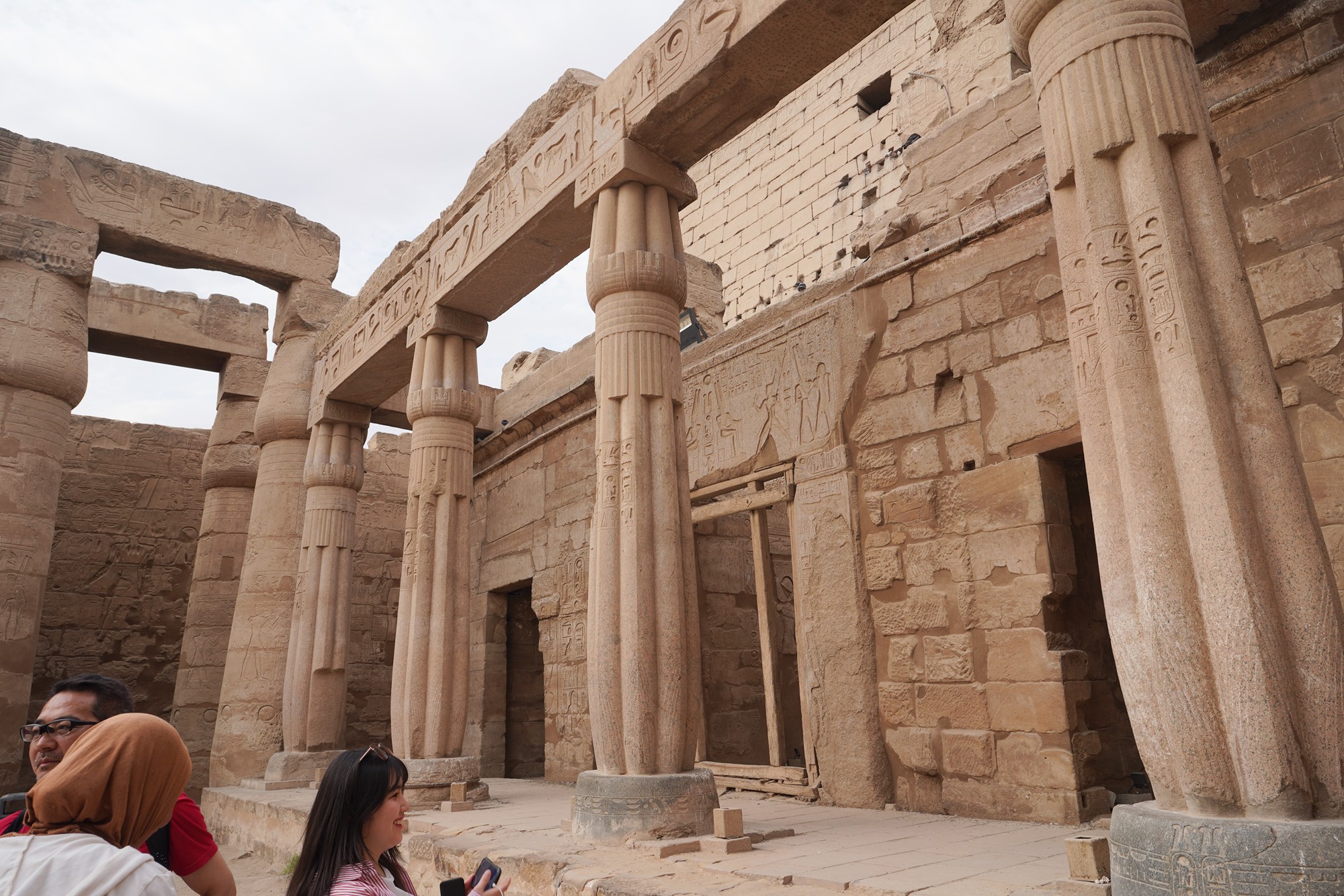
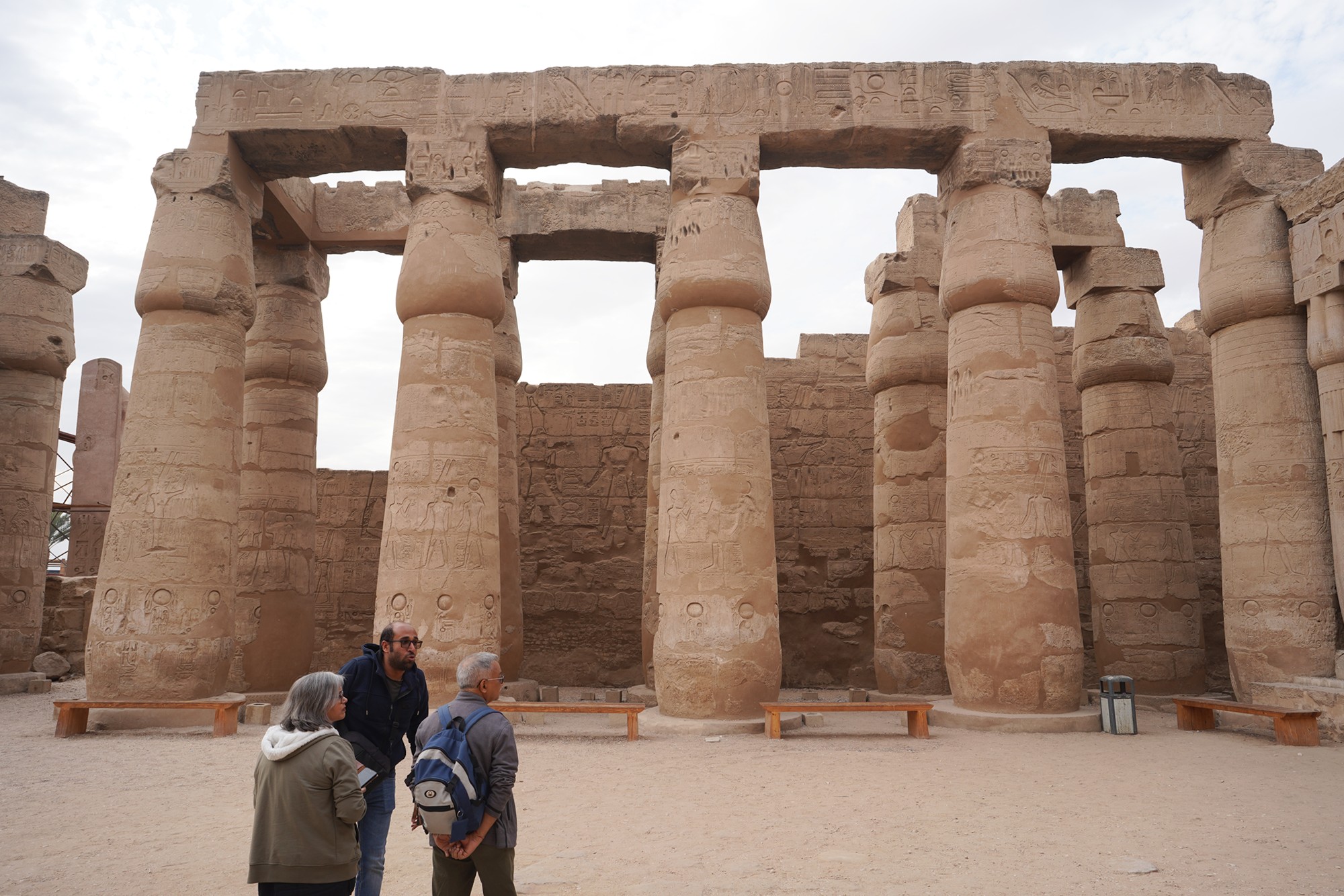
The first courtyard after the main entrance gate
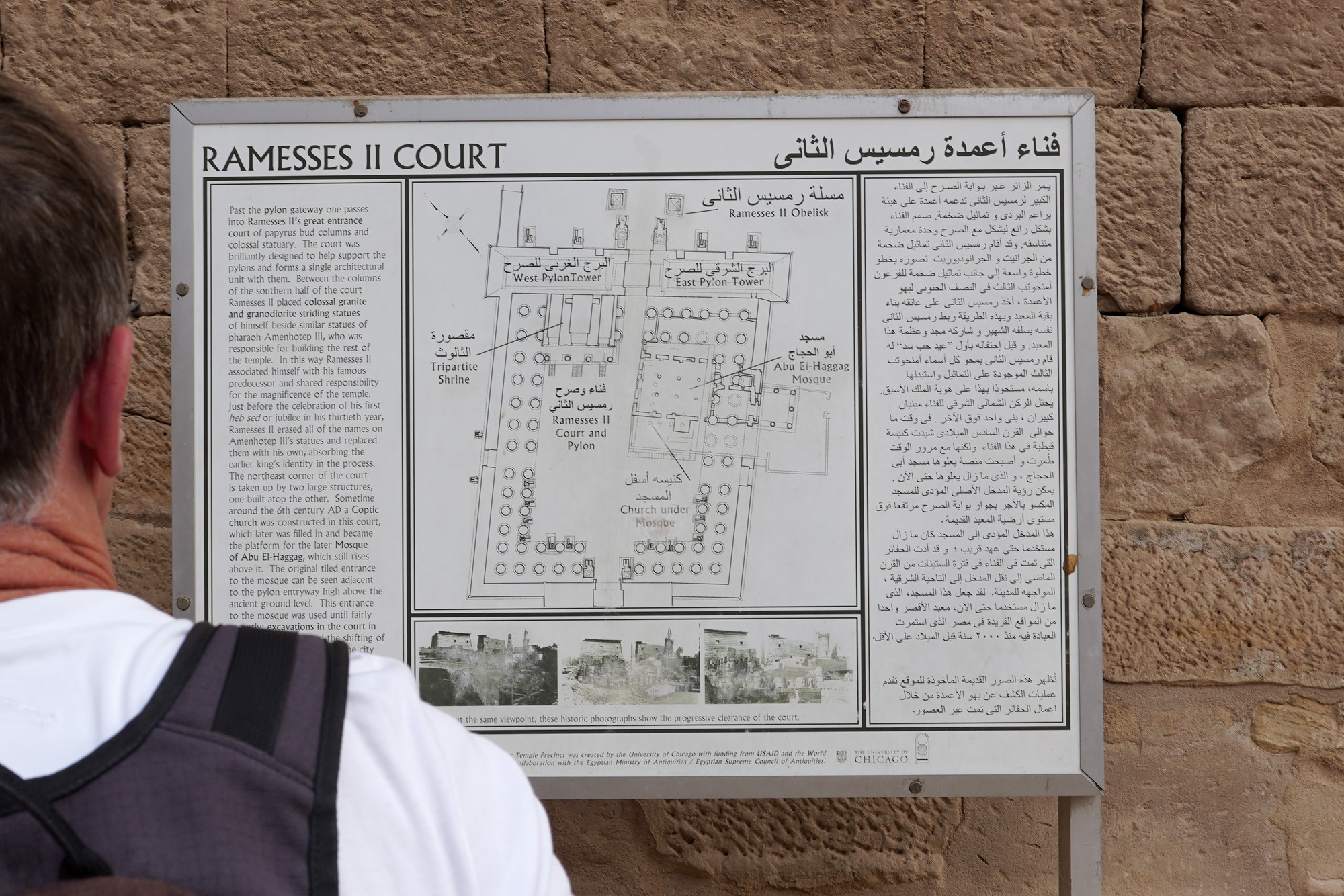
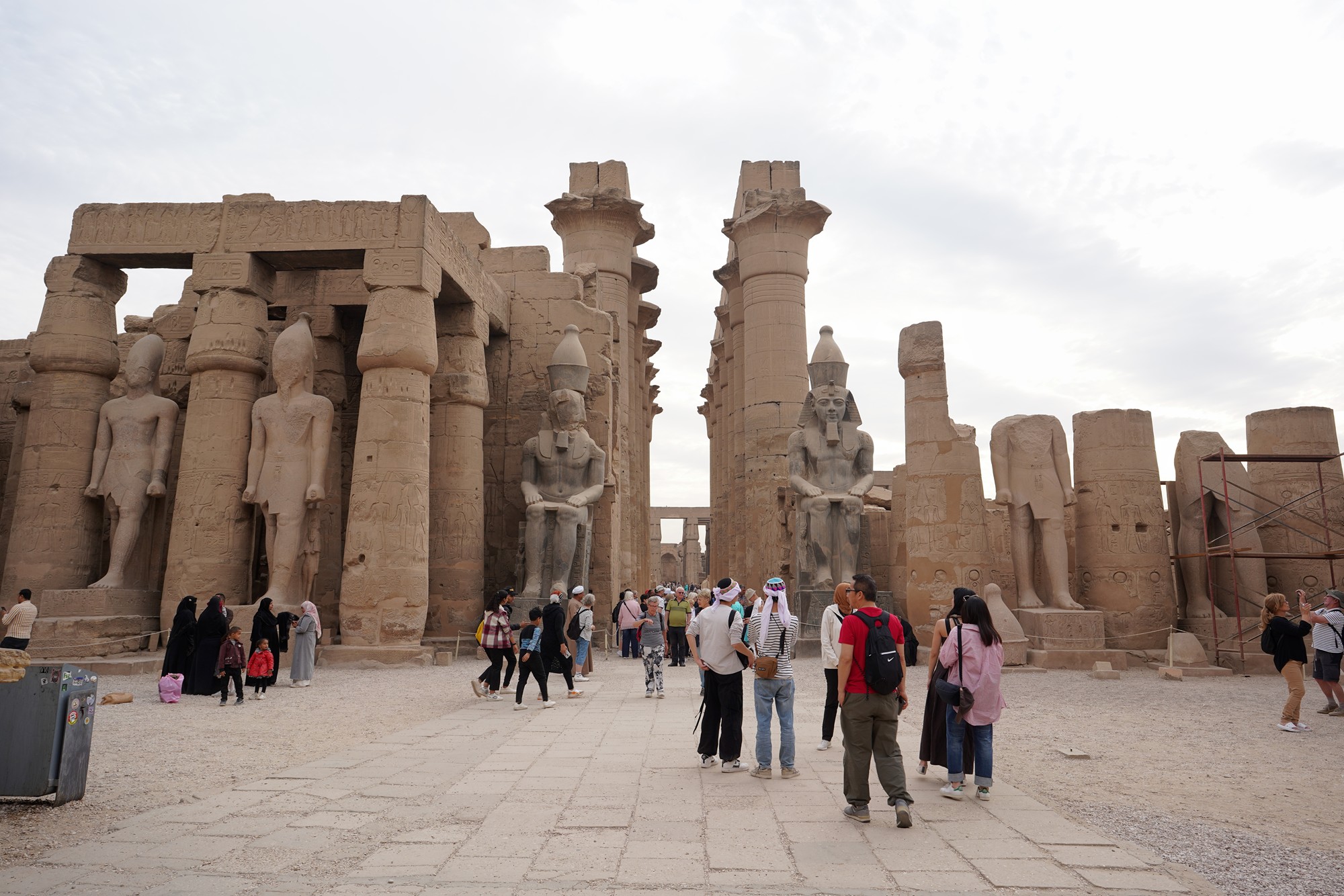
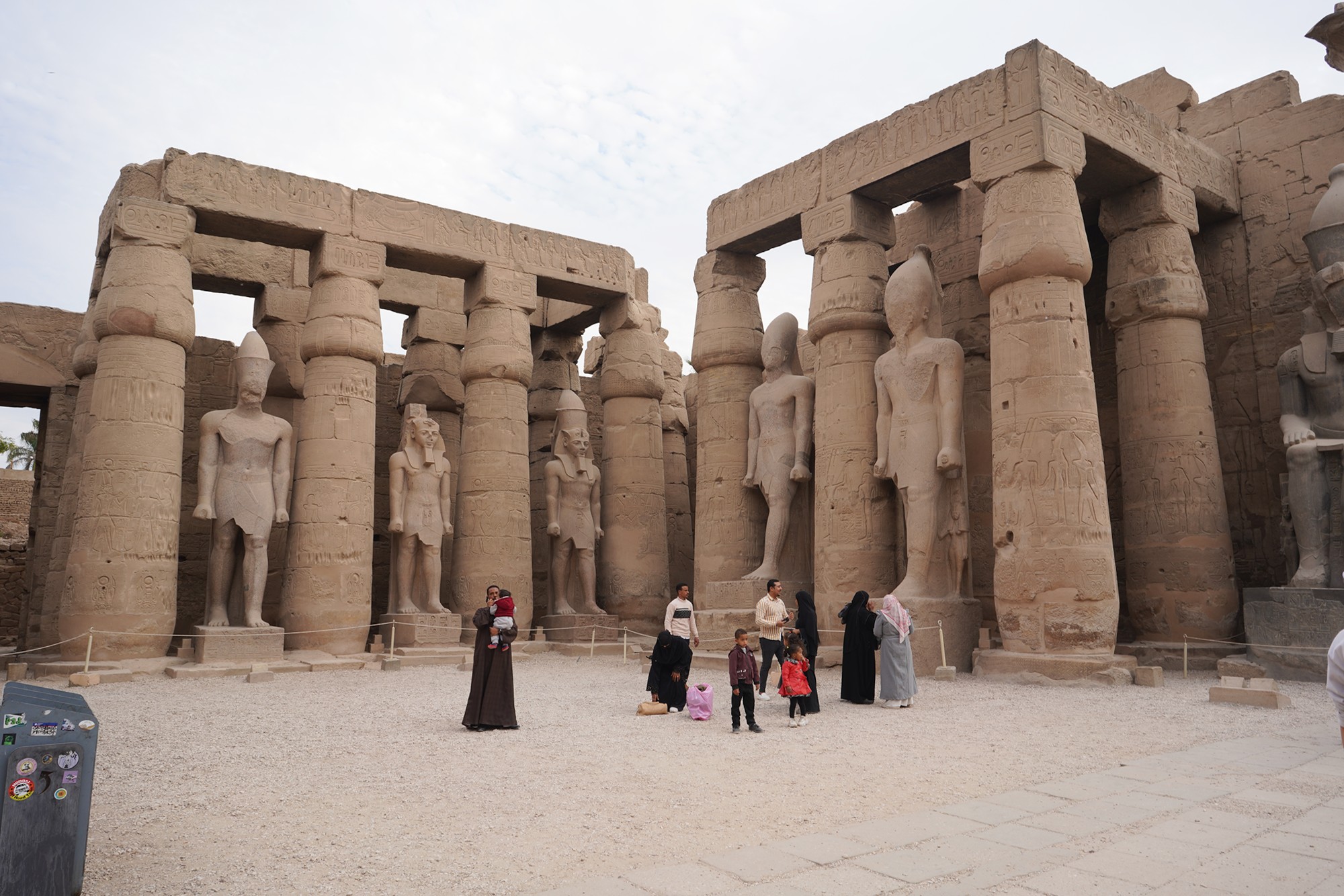
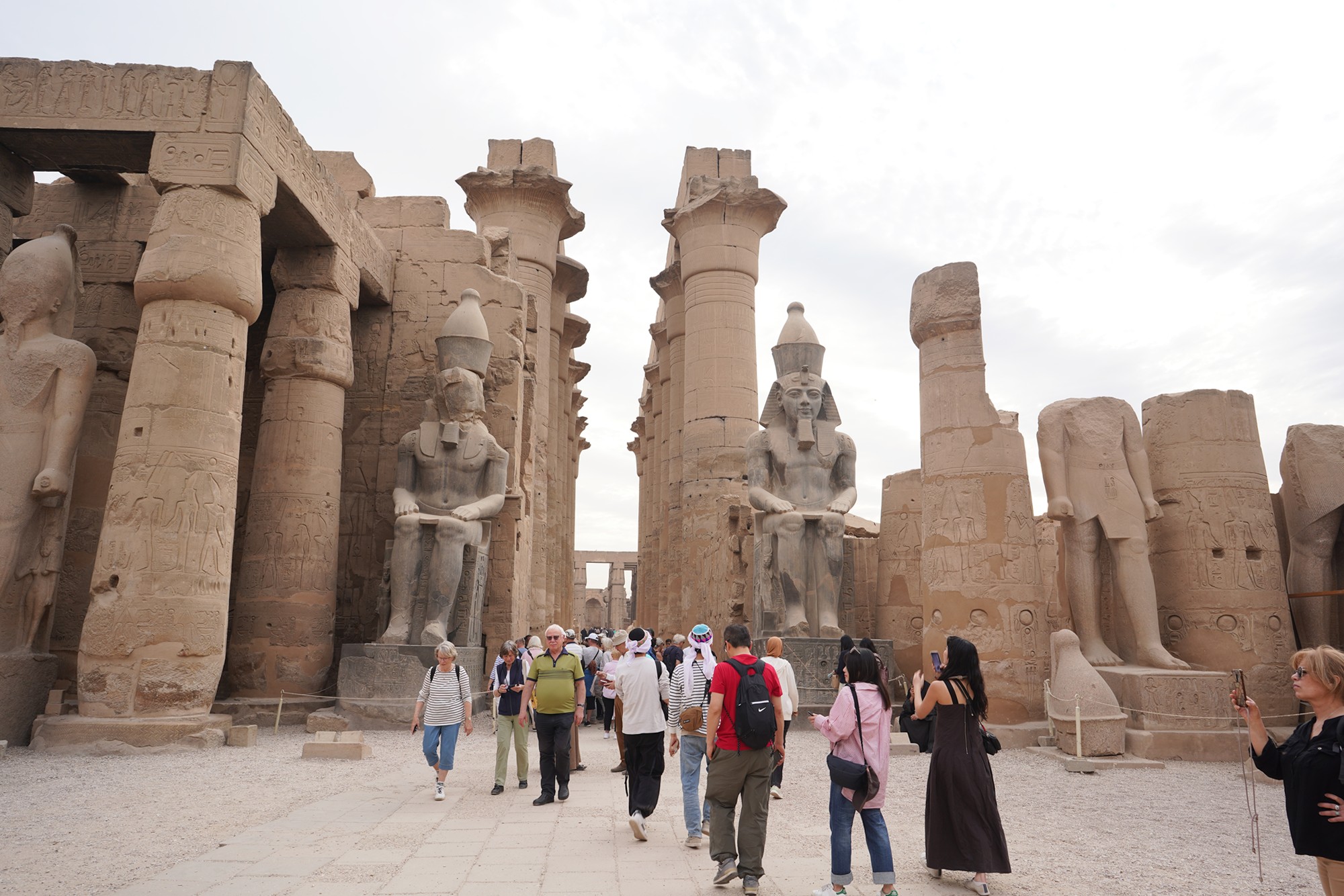
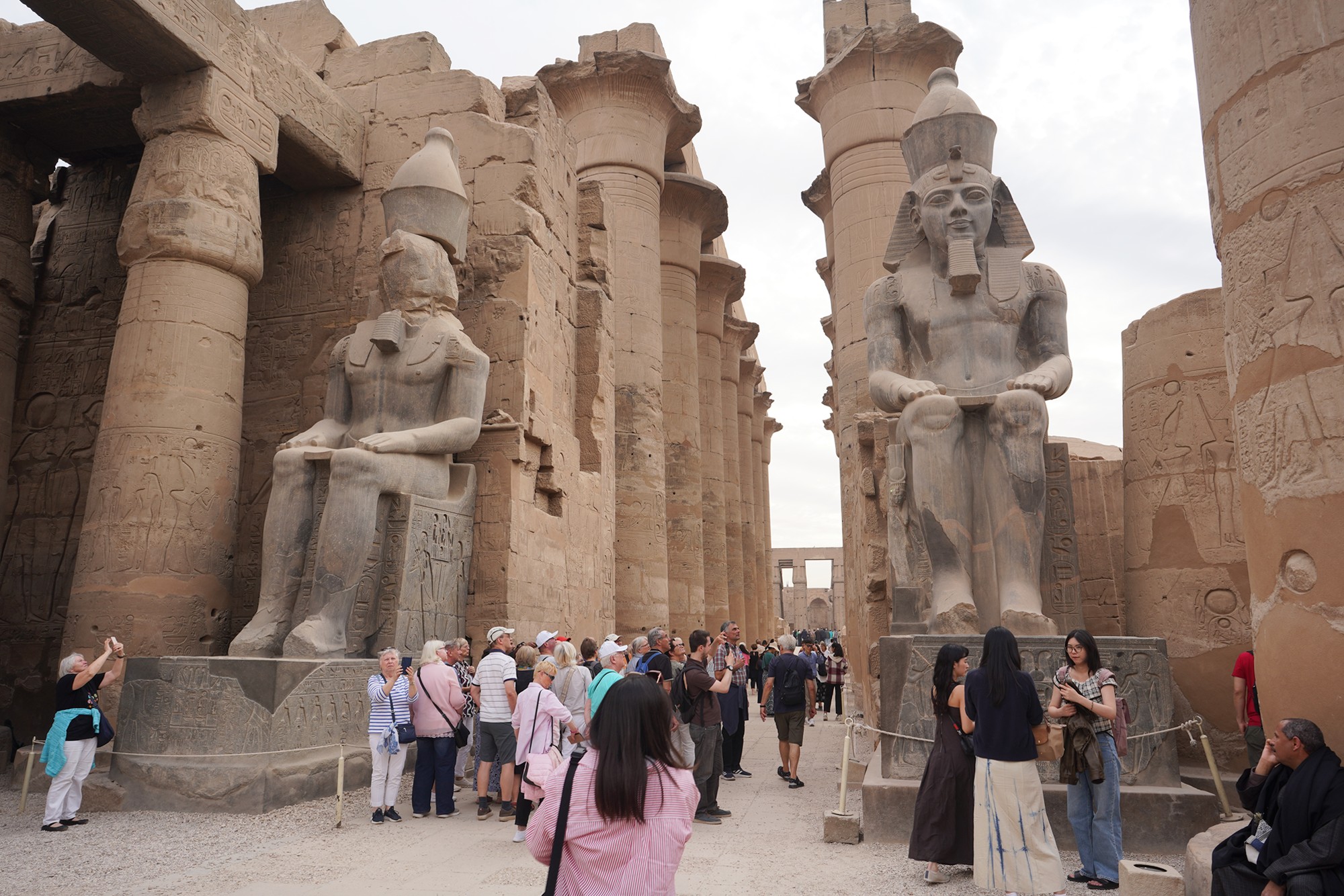
A colonnade hall after the first courtyard

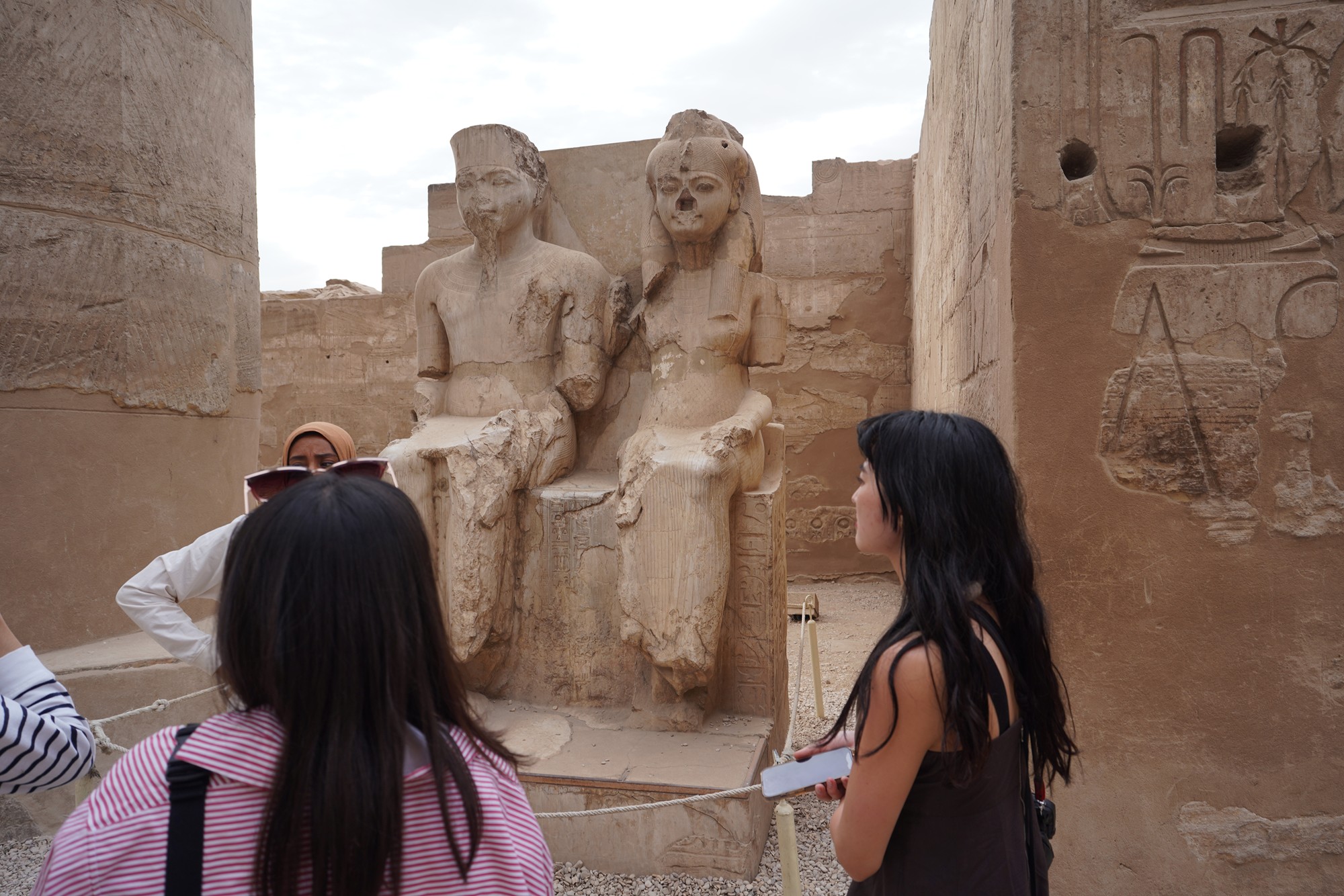
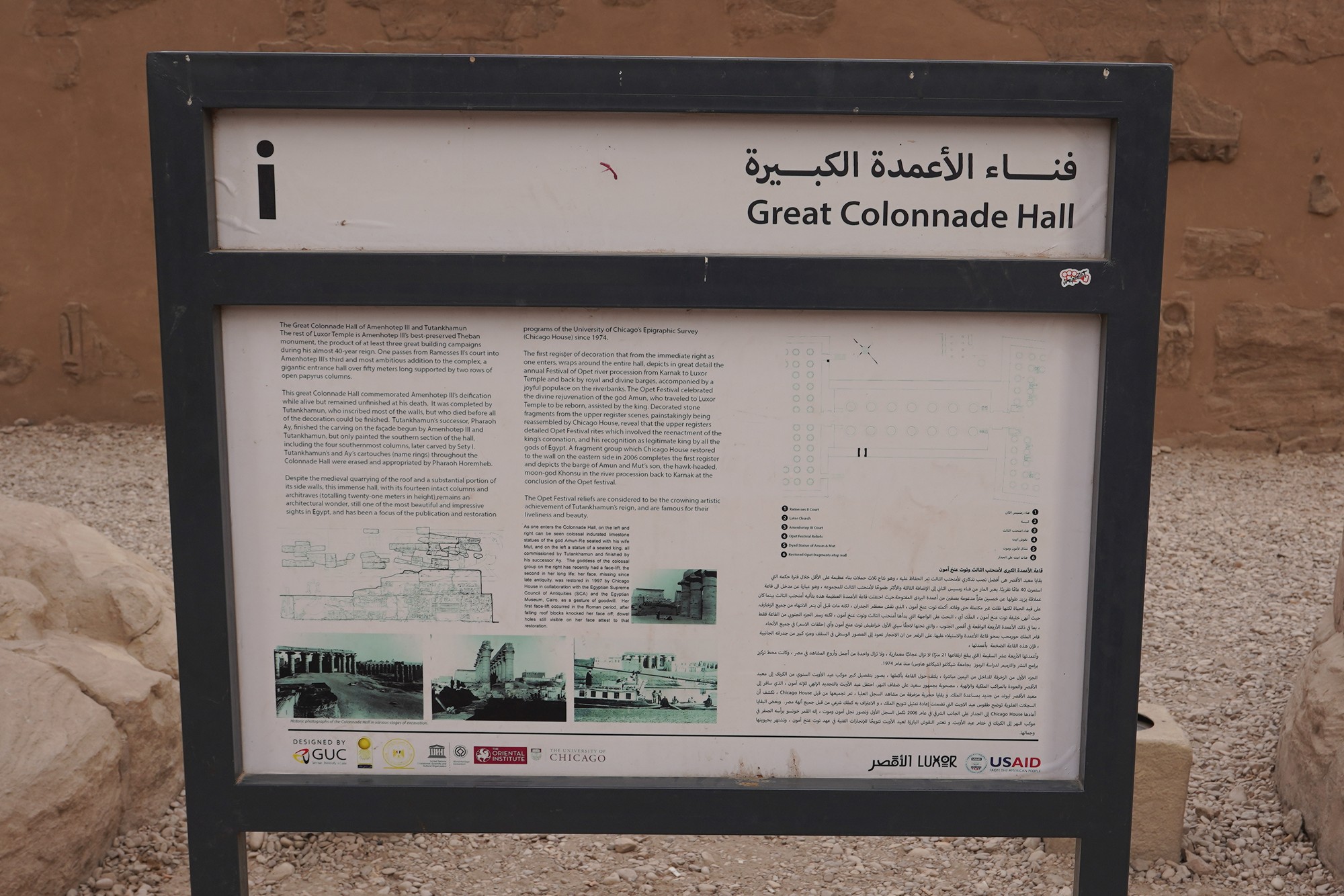
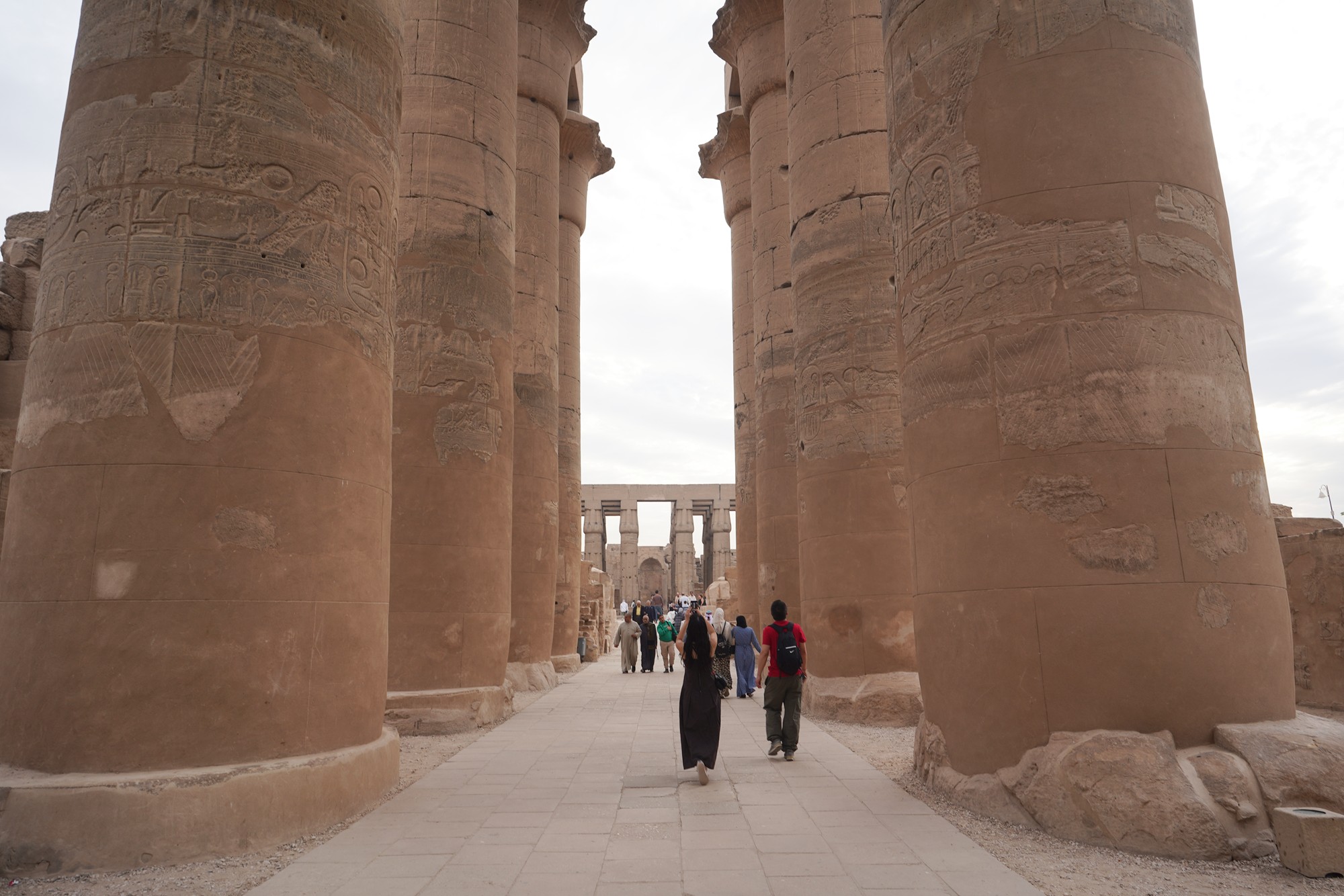
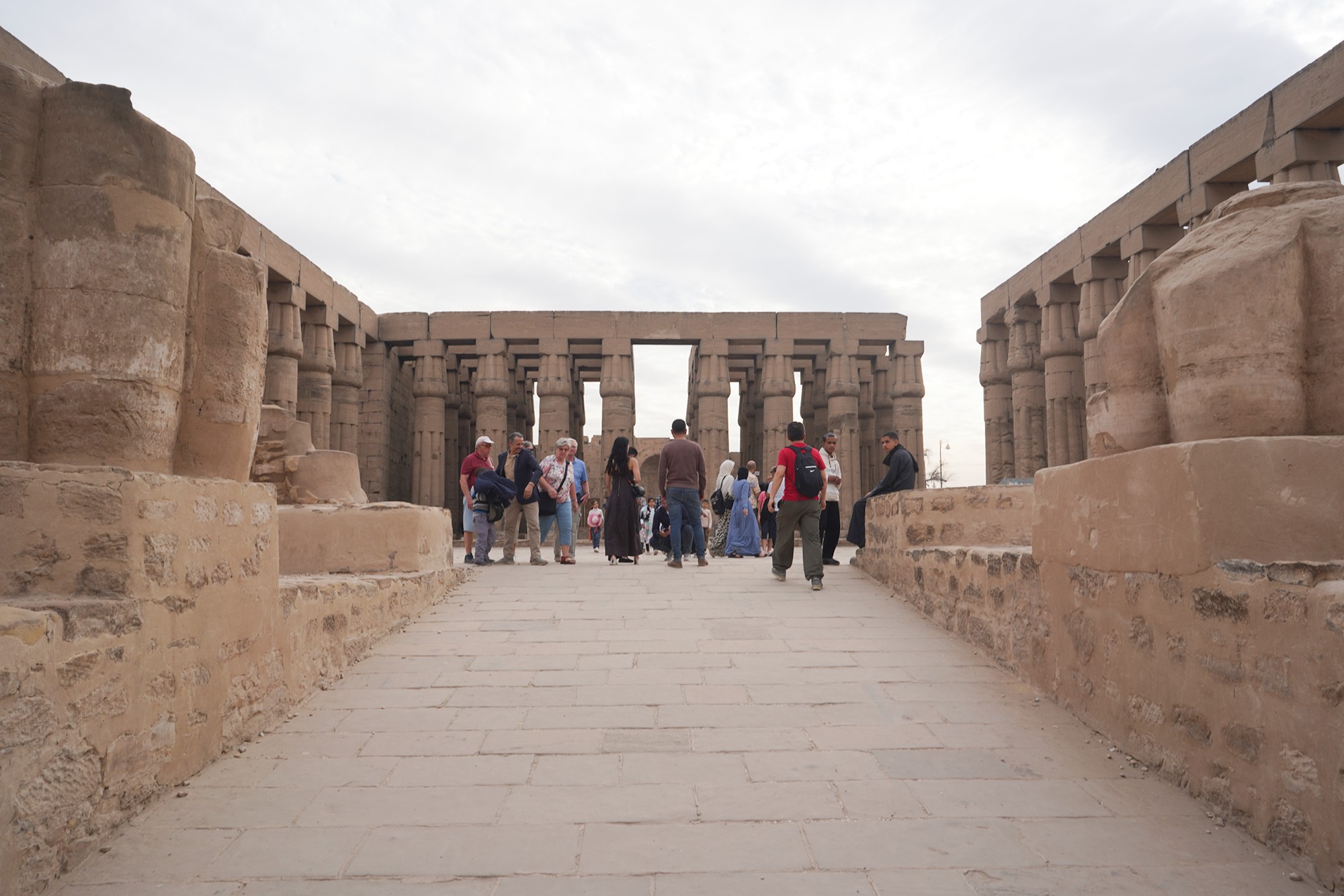

The area called Roman Luxor Temple

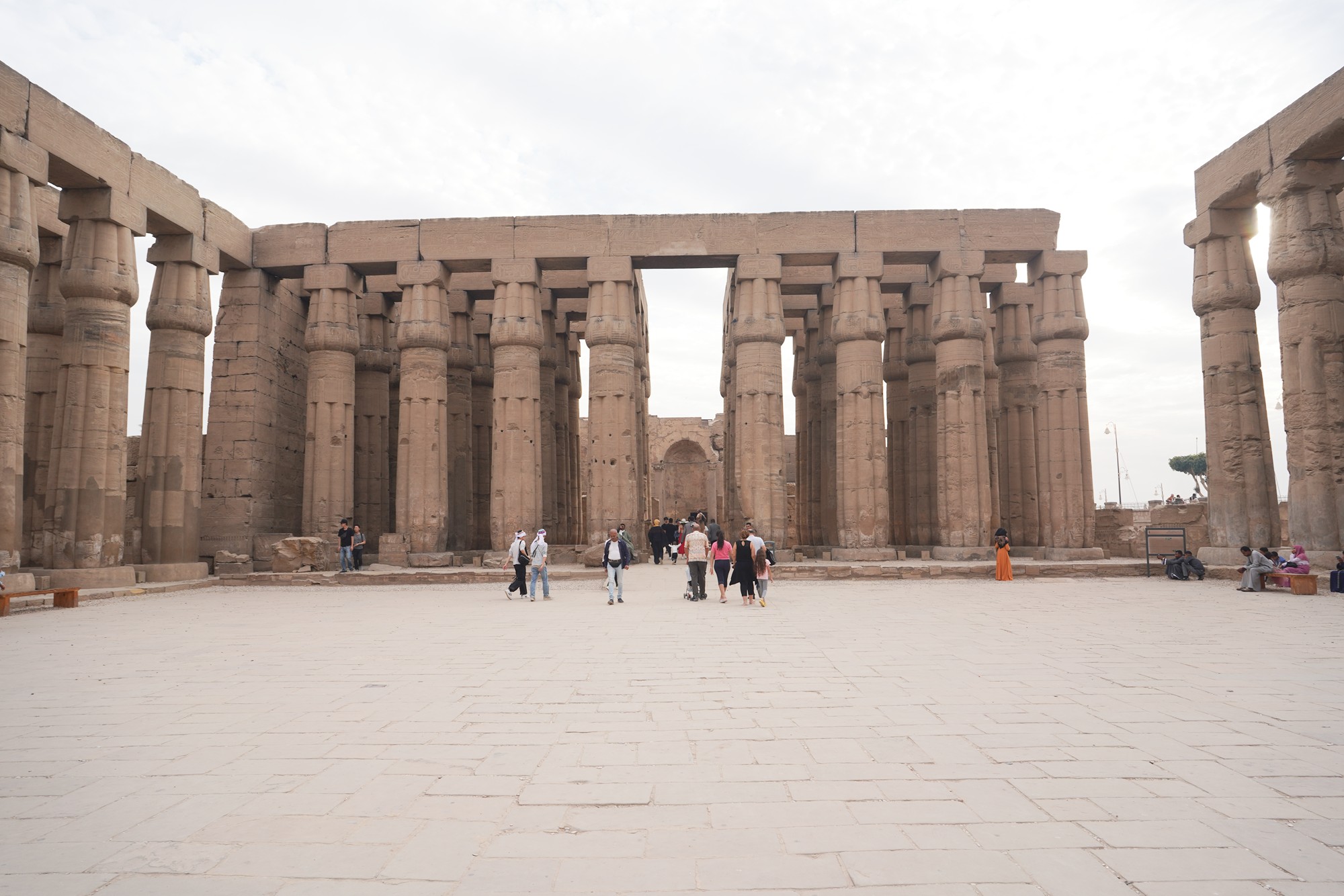
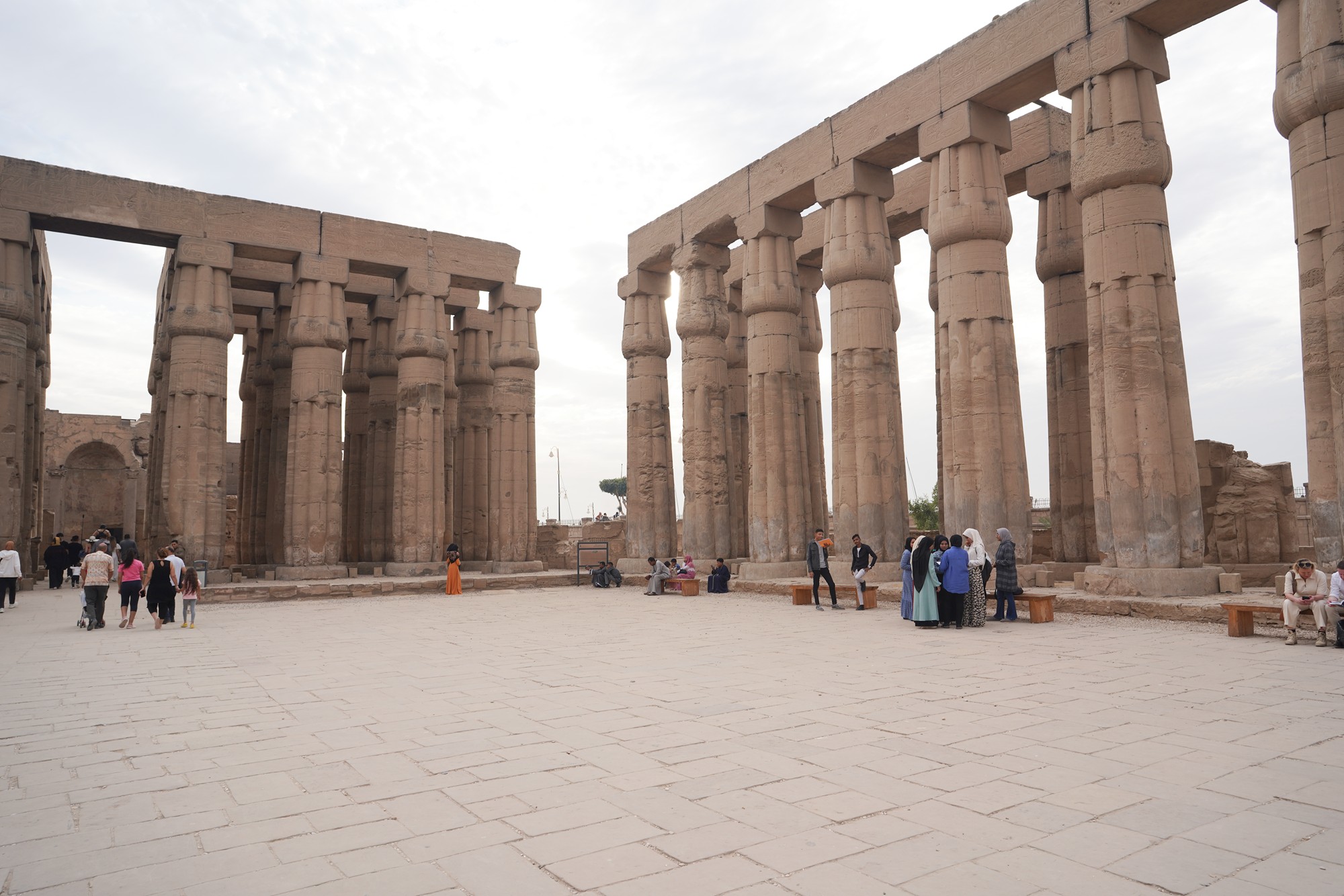
The back side

The front side
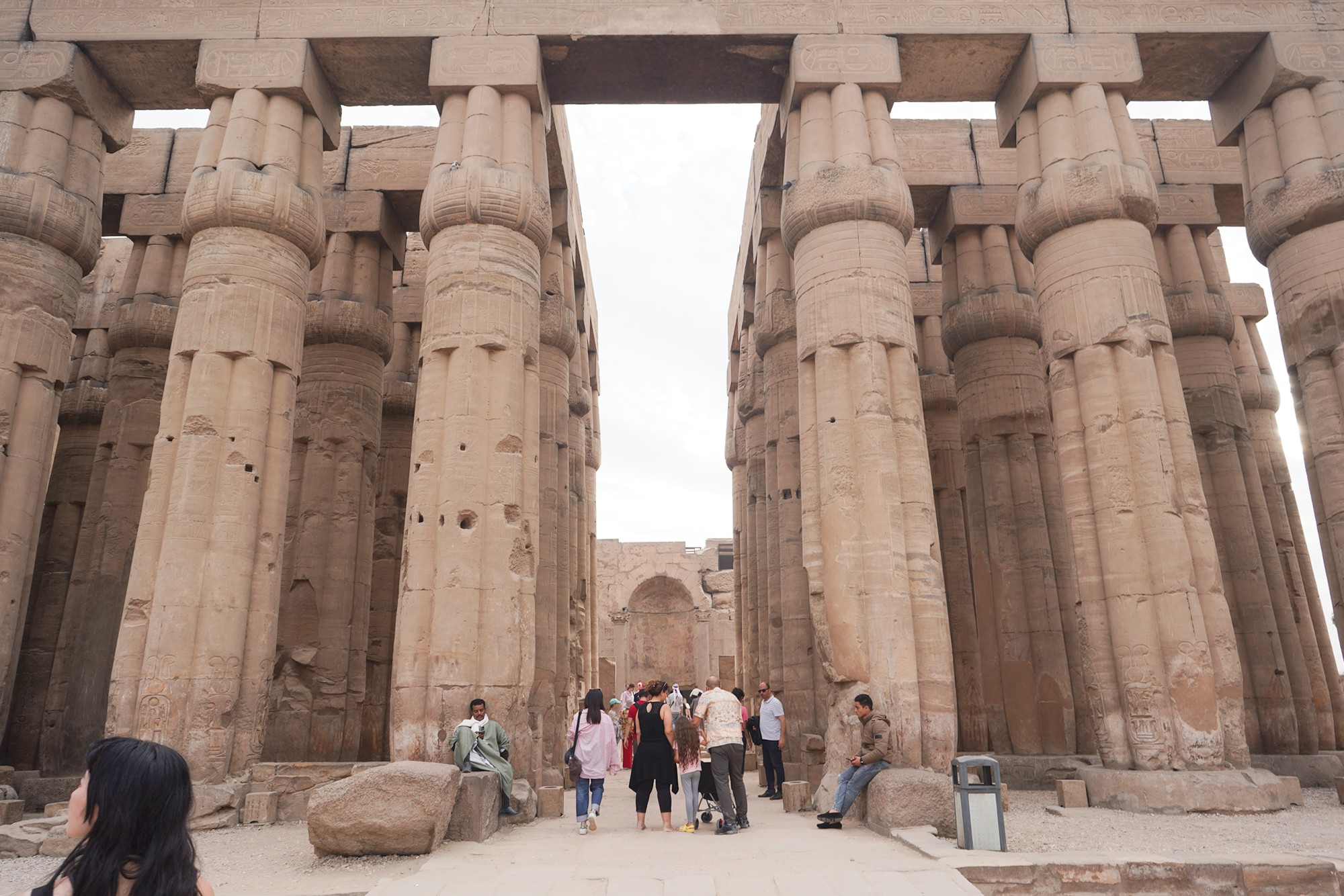
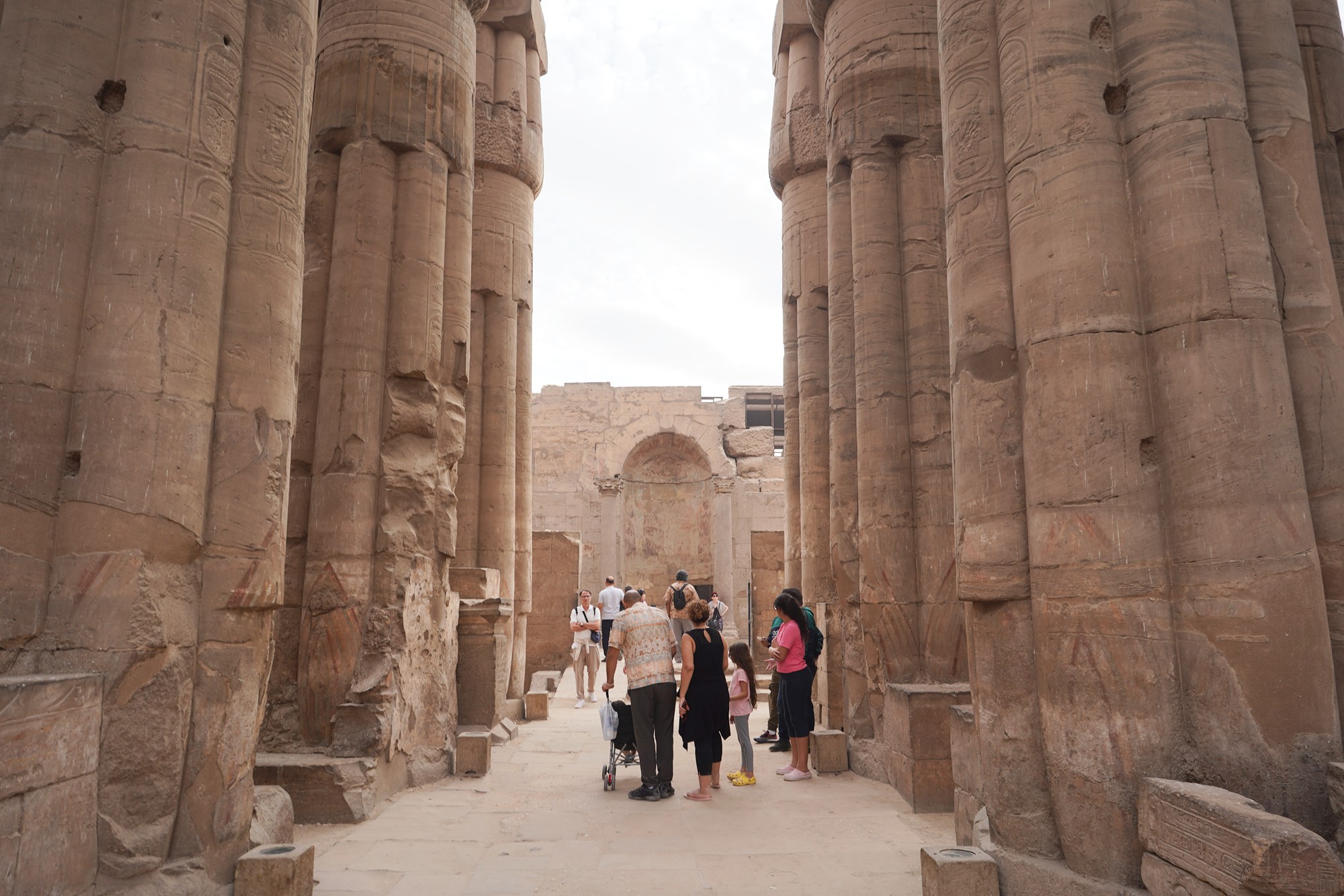
The small door to the sanctuary
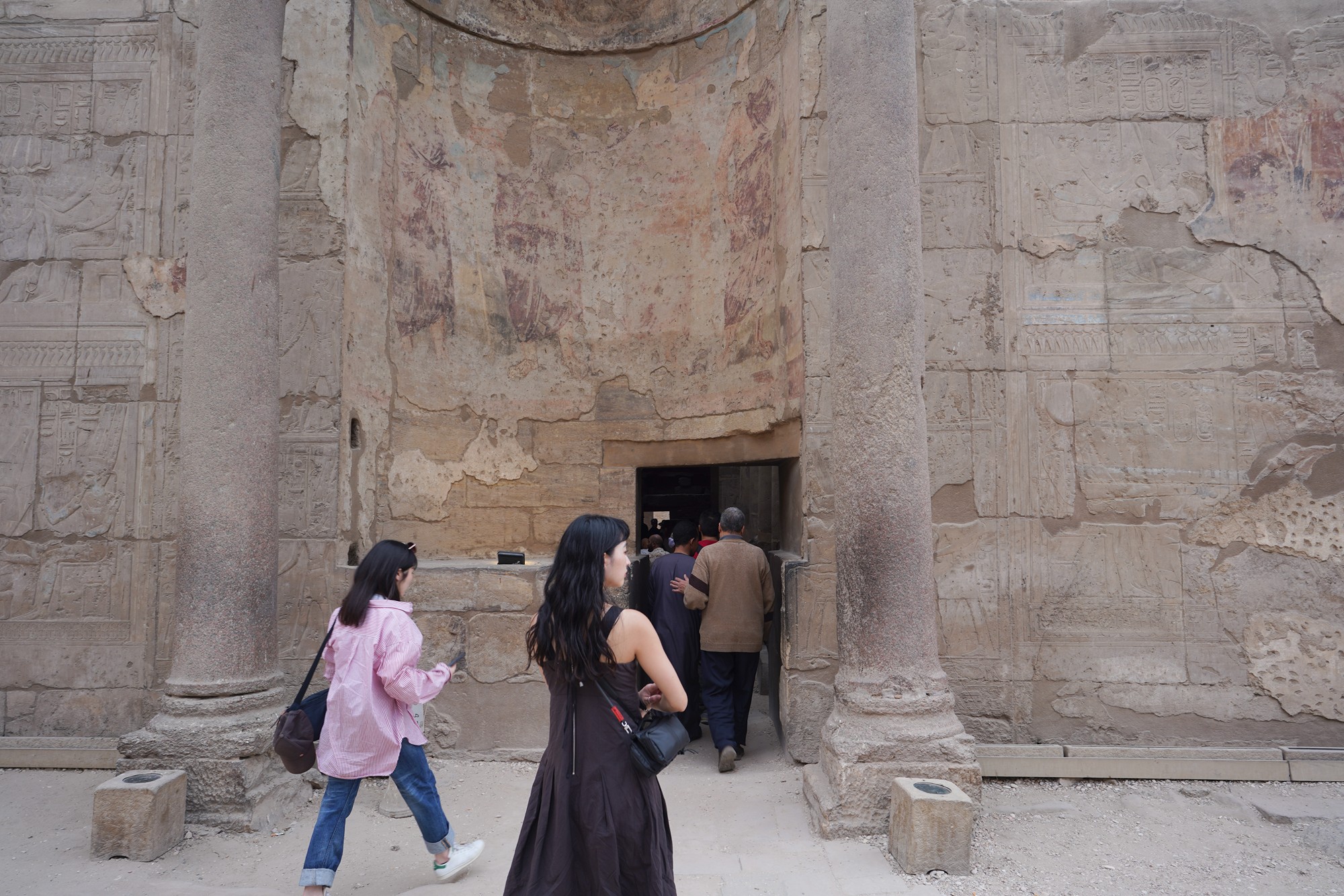
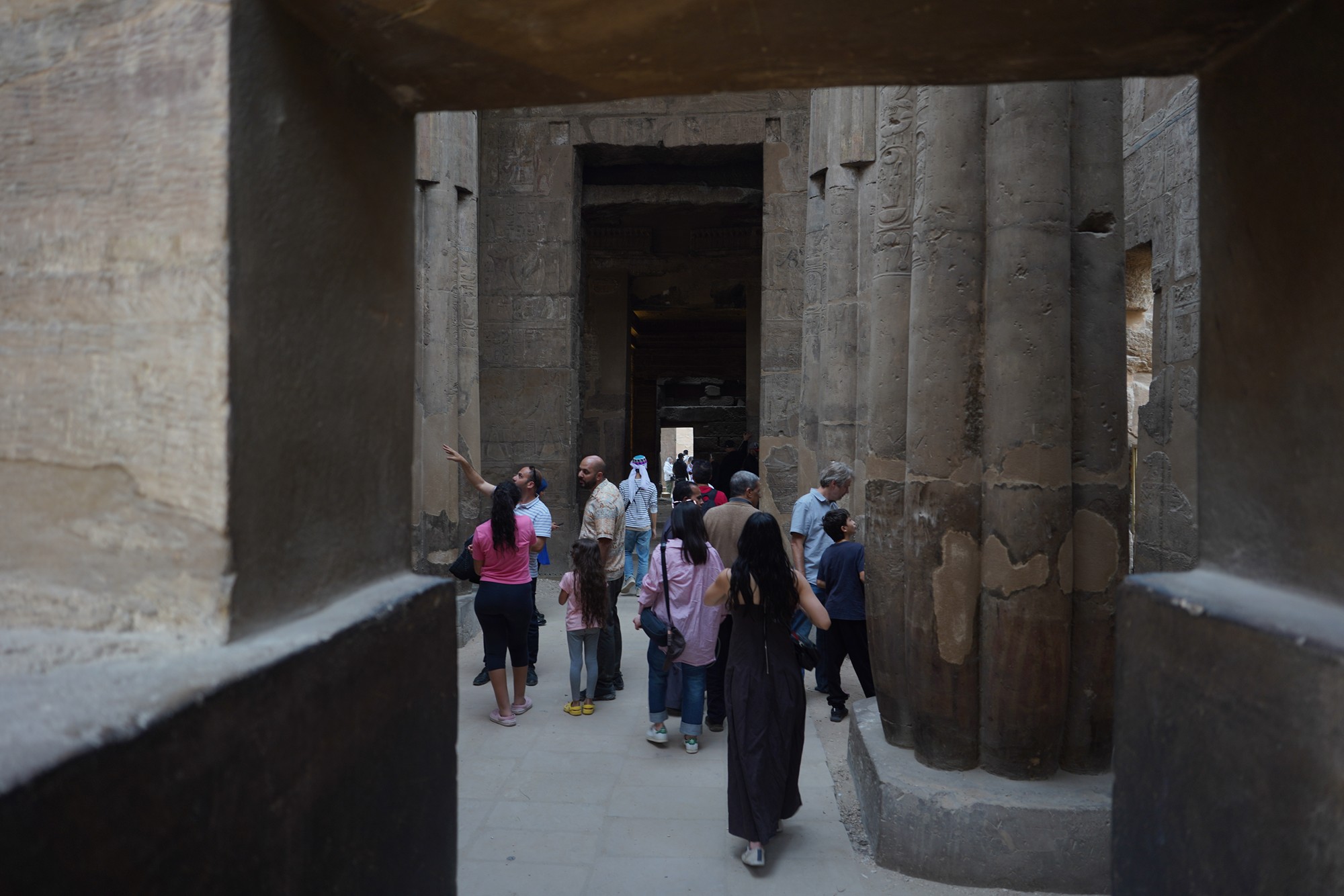
The sanctuary
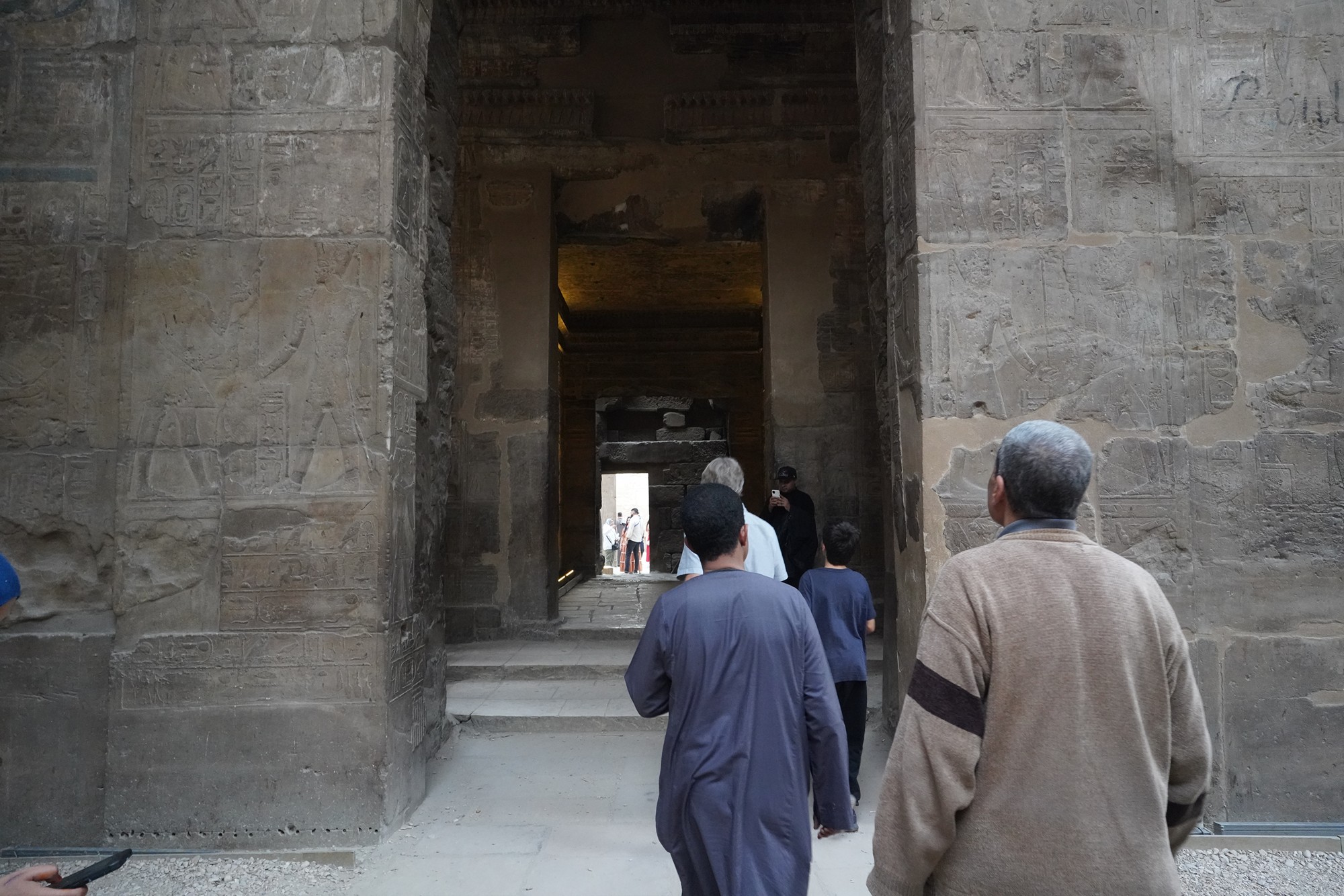
A small side room inside the sanctuary
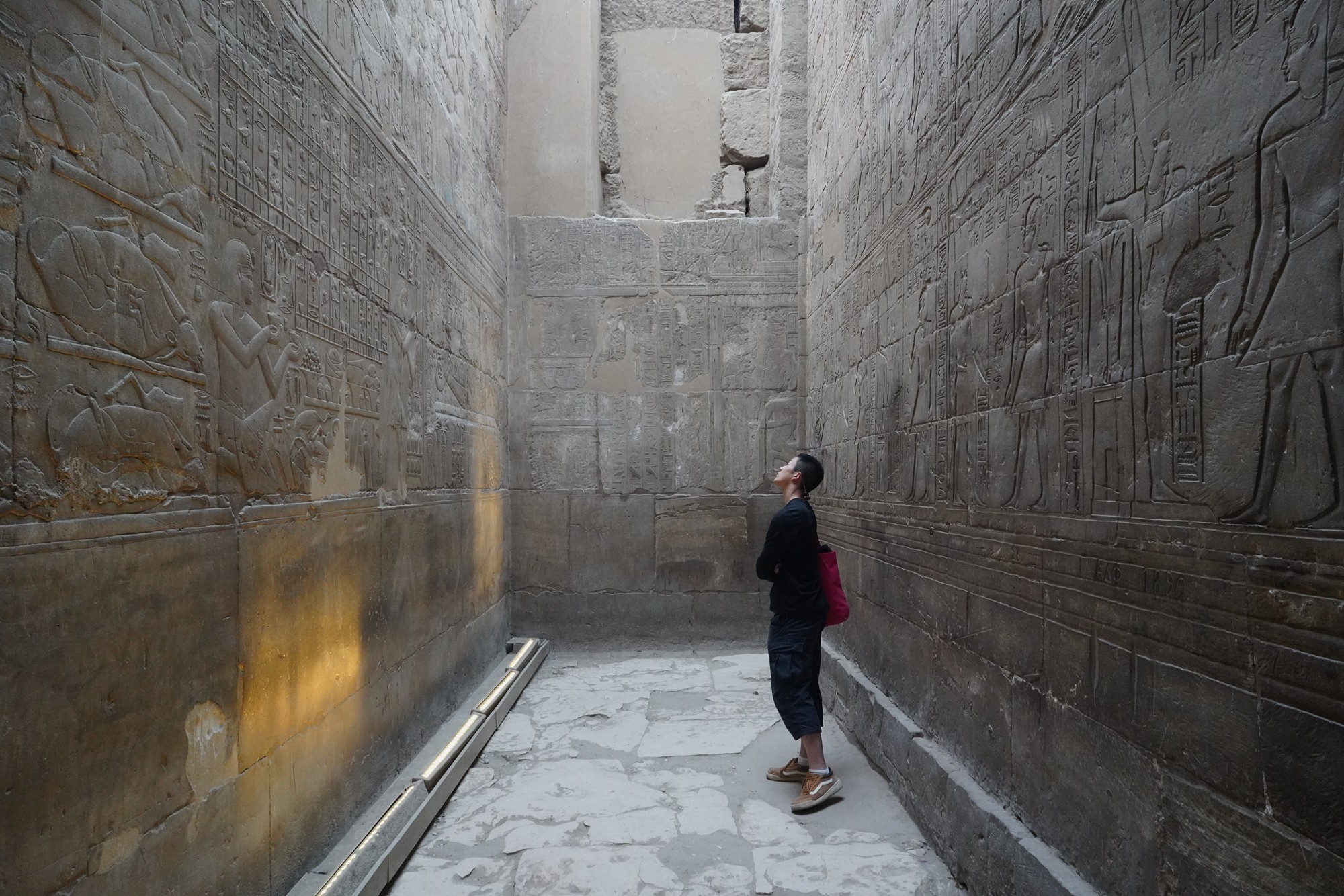
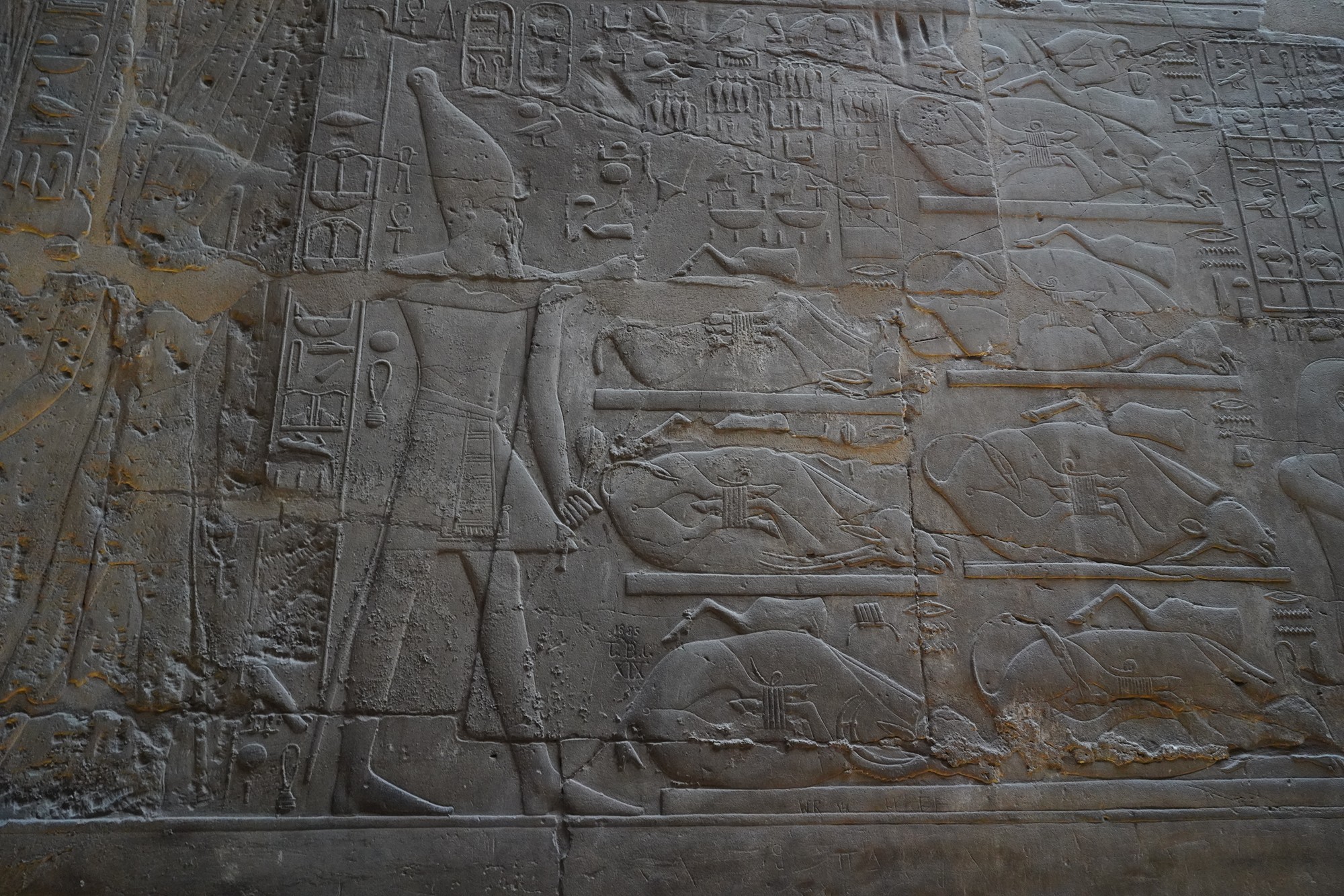
A small column room in the sanctuary
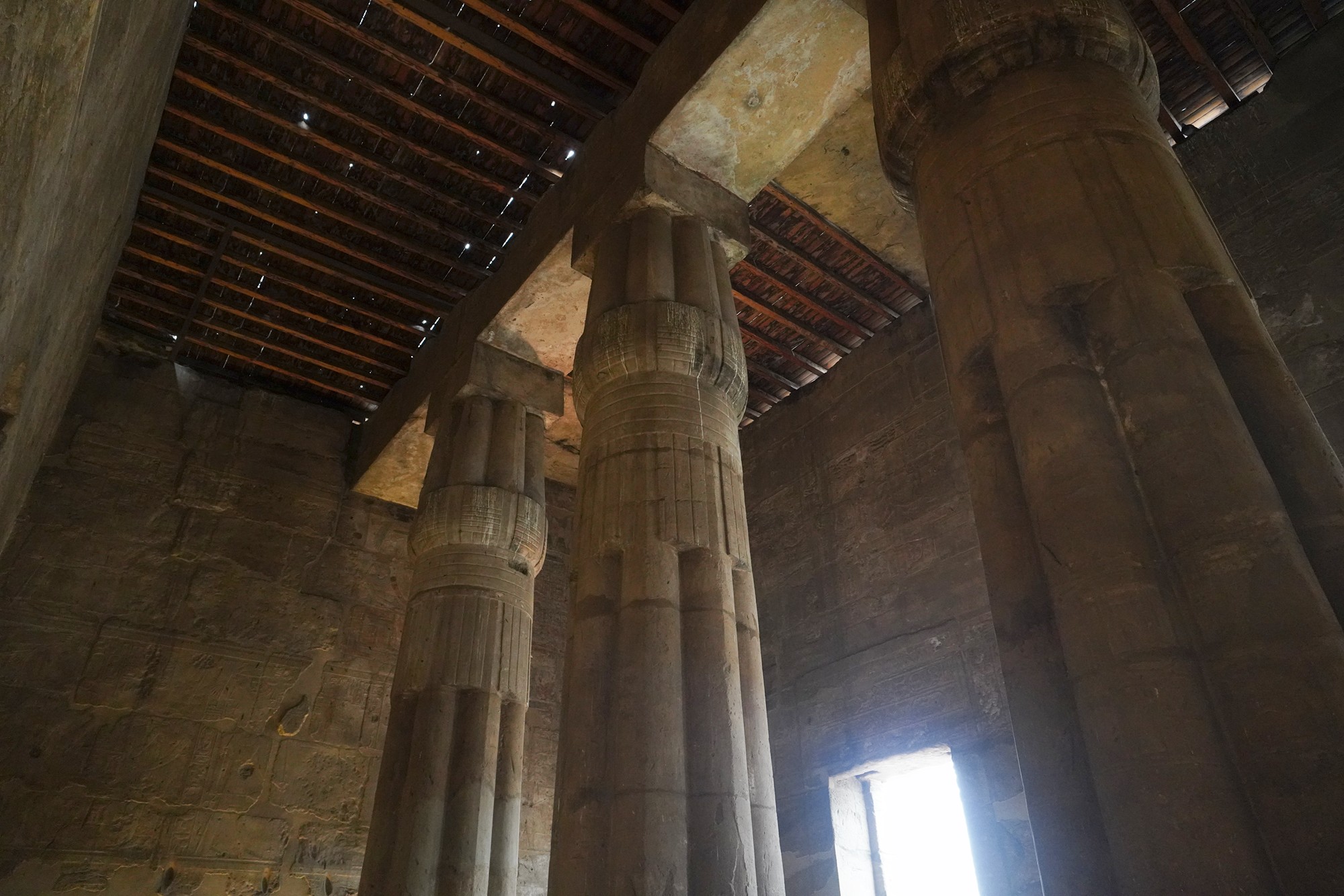
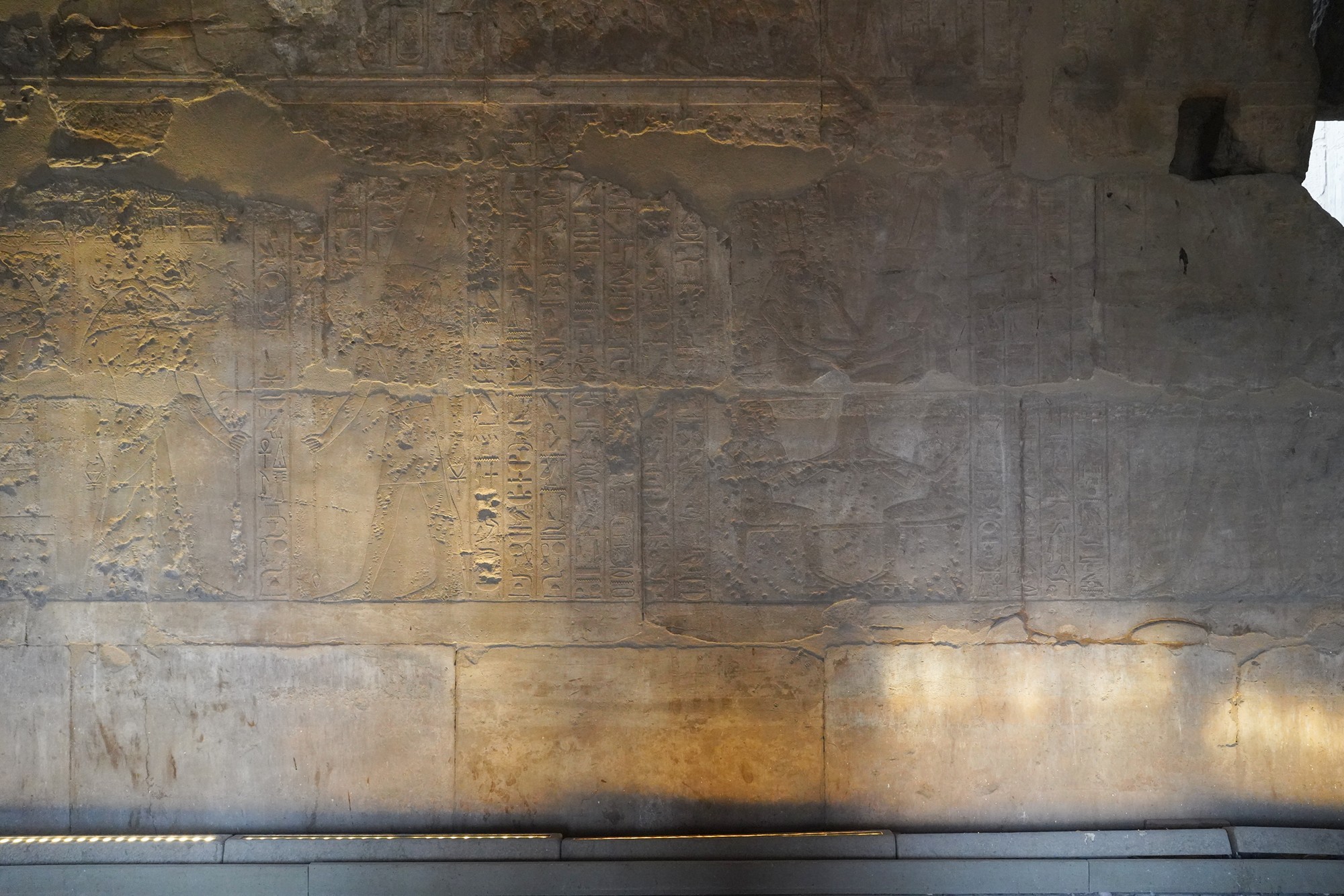
View of the outside near the sanctuary
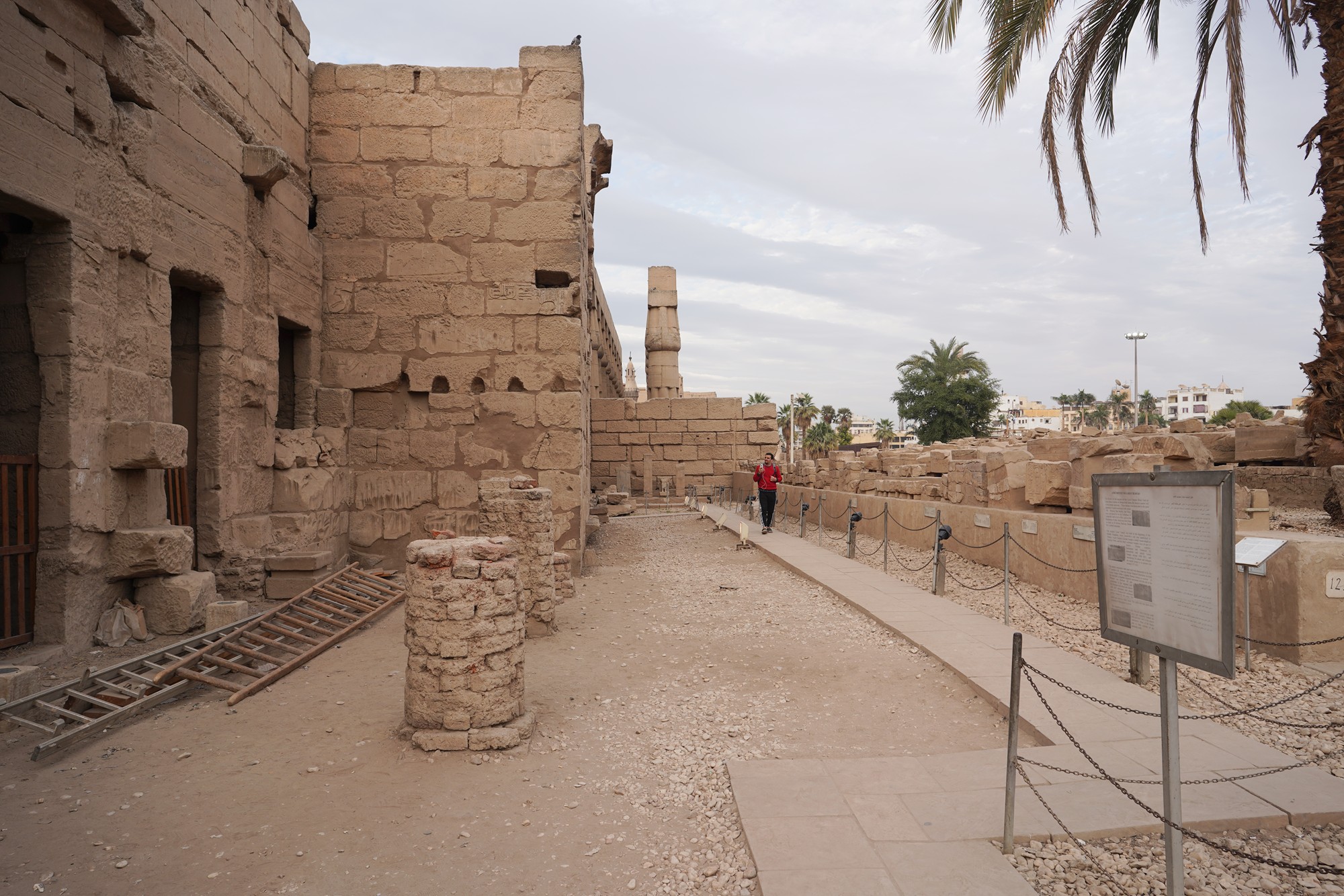
Walked back into the sanctuary
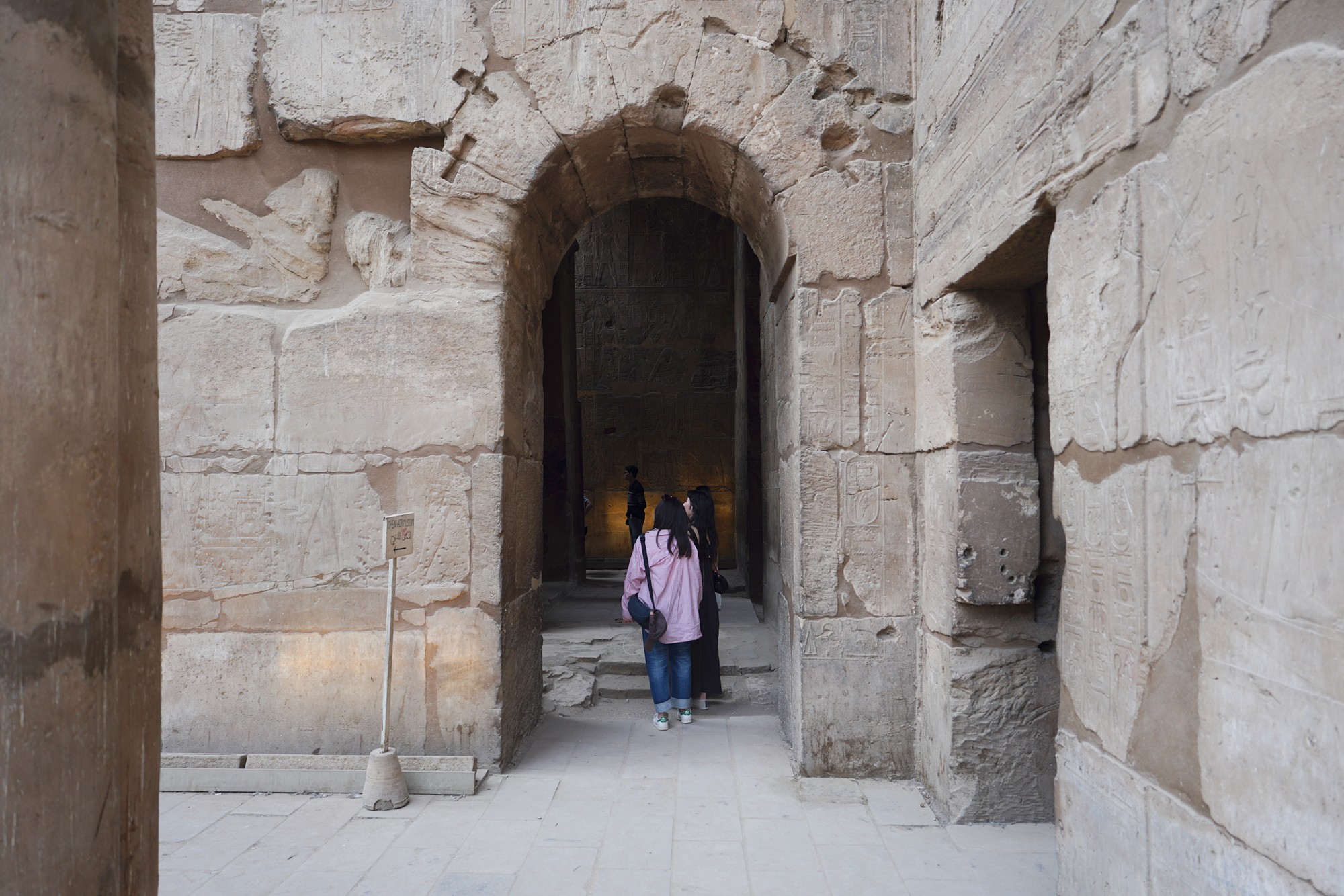
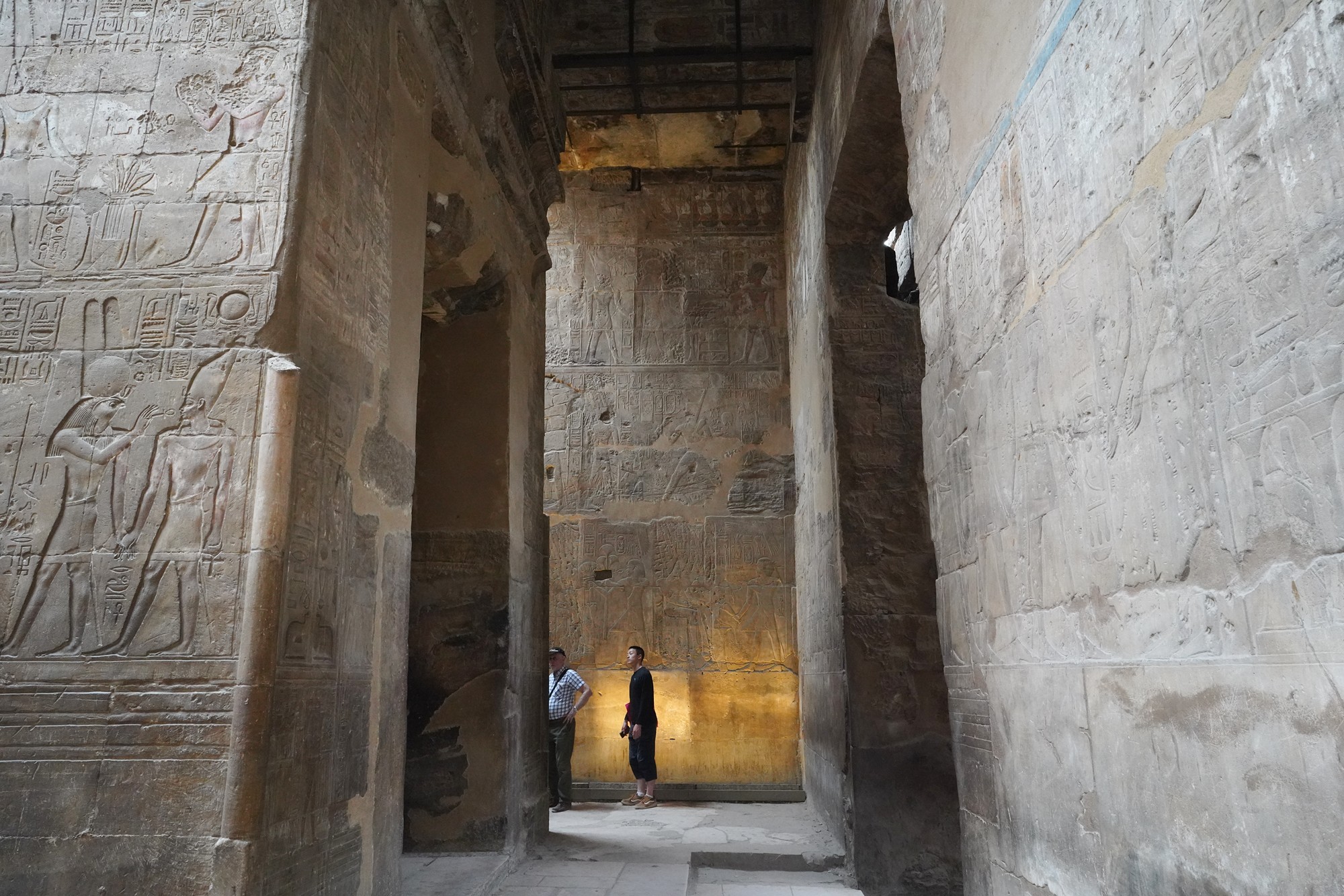
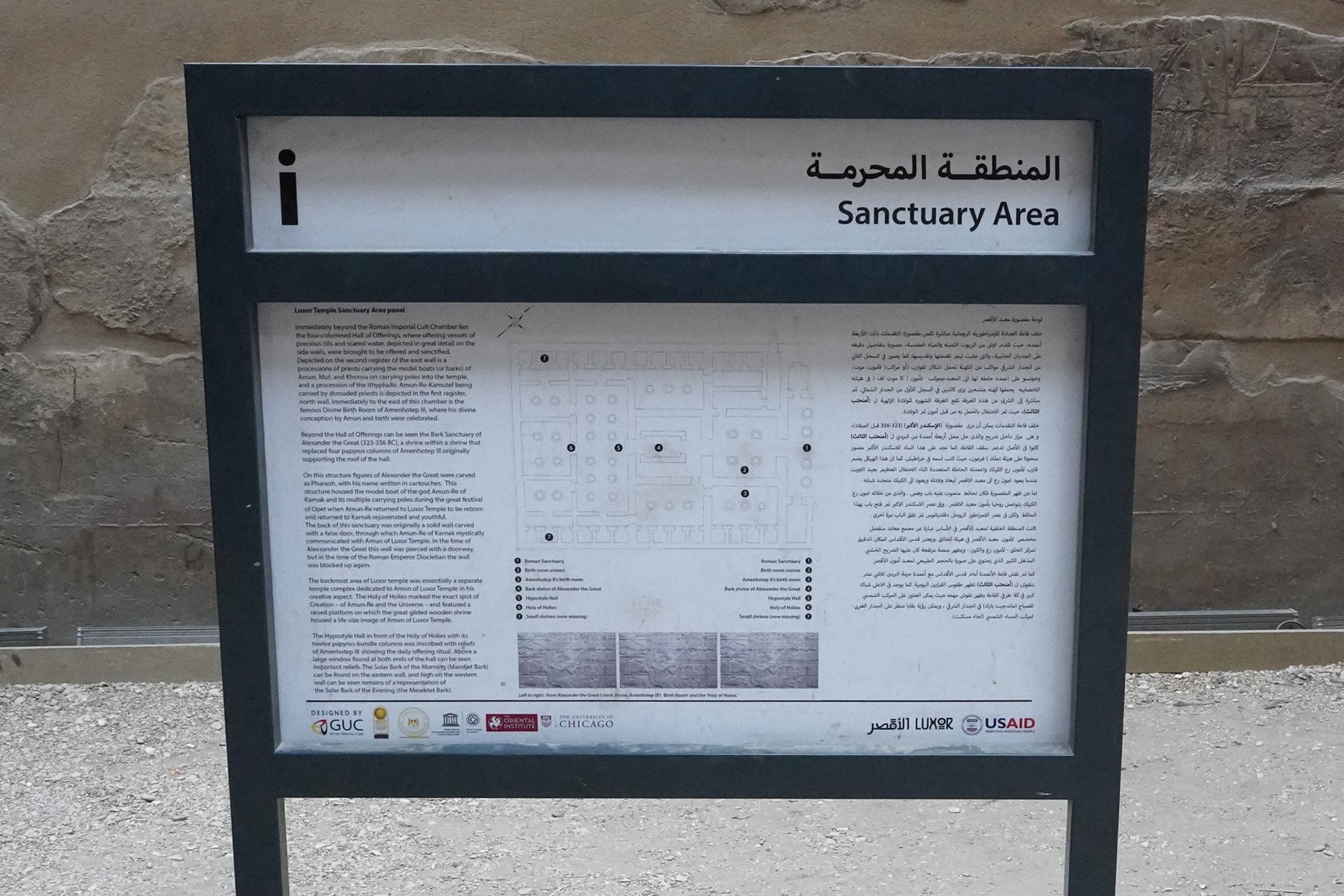
Finished looking at the sanctuary, and walking back to the entrance of the temple
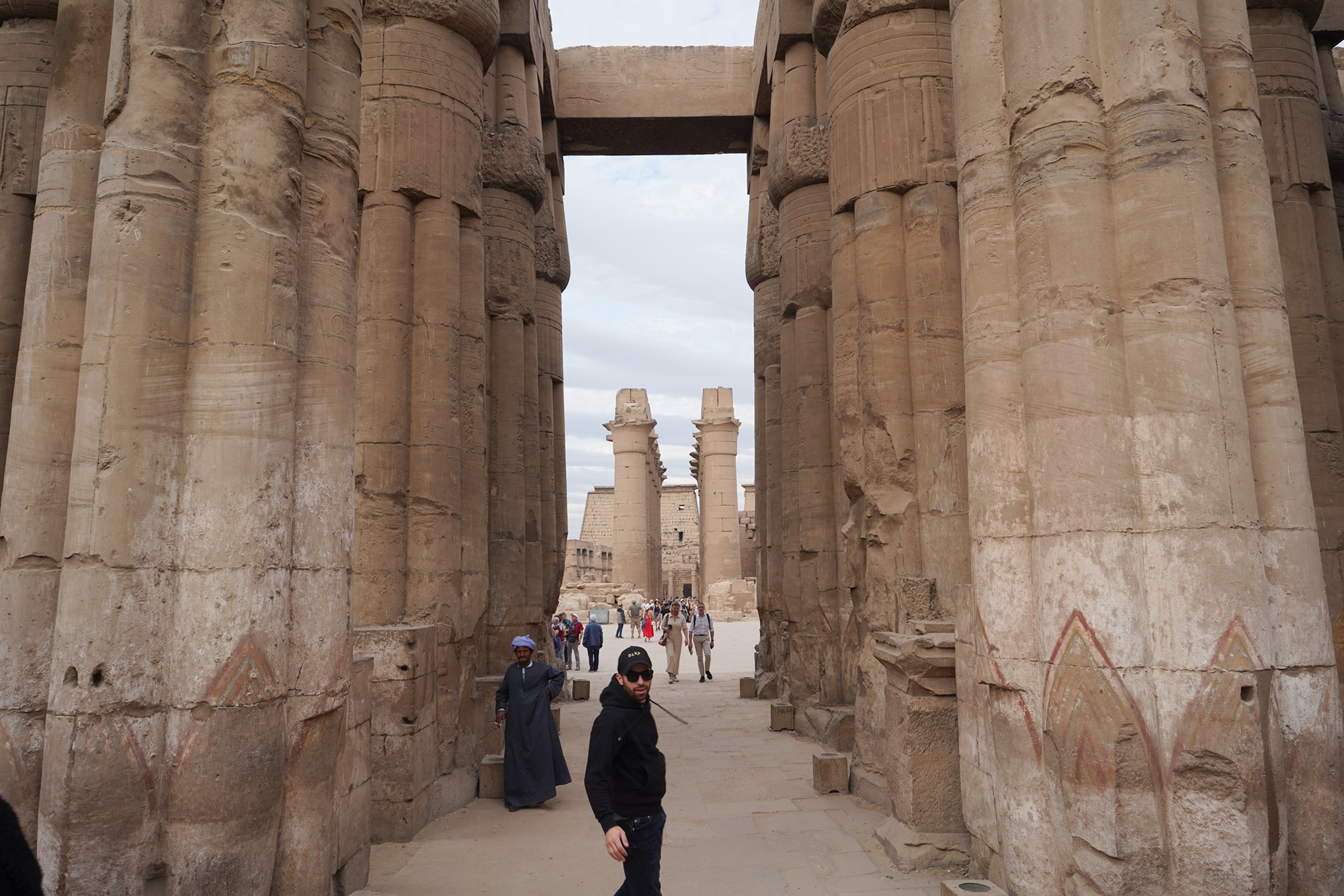
Came back to the Roman Luxor Temple


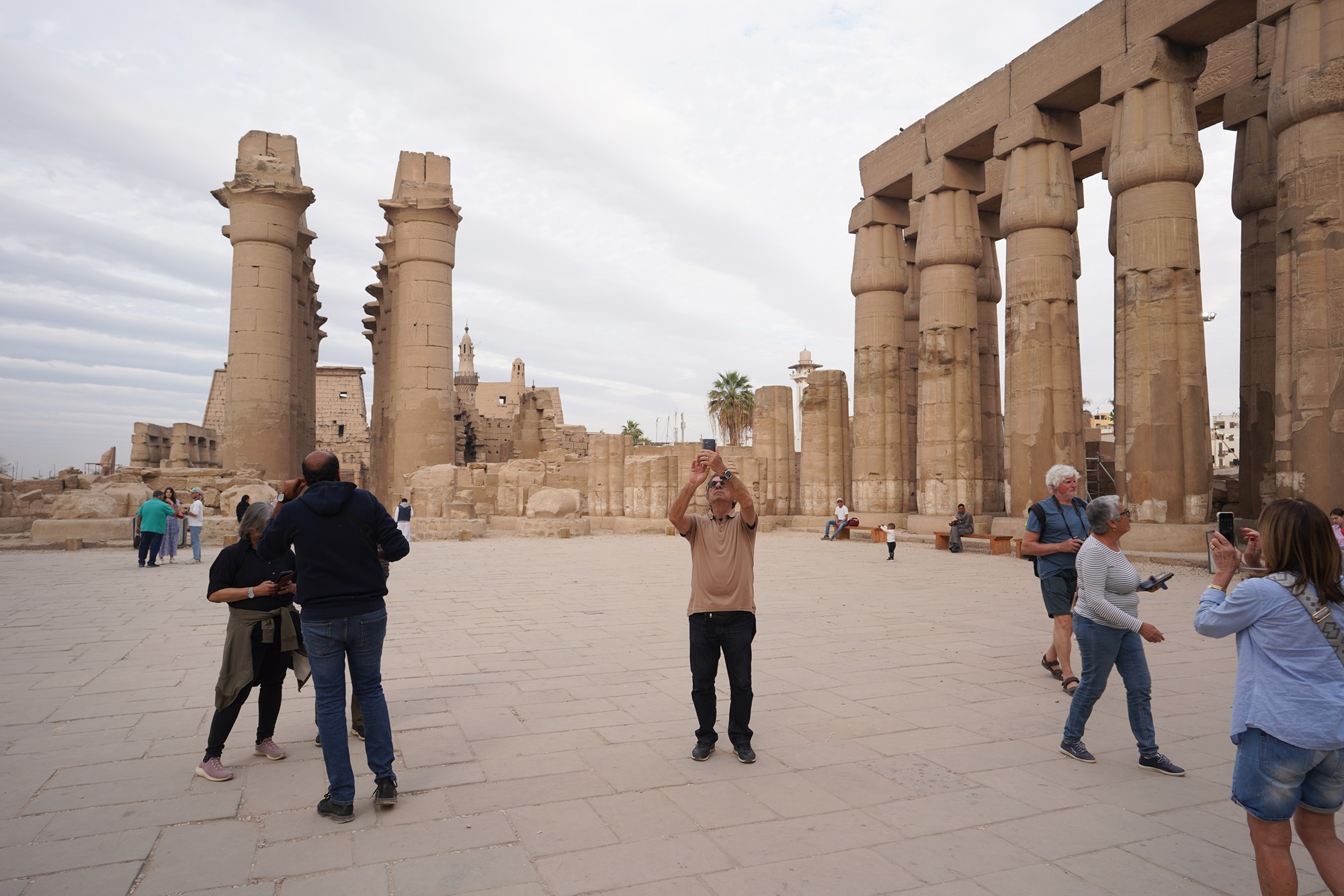
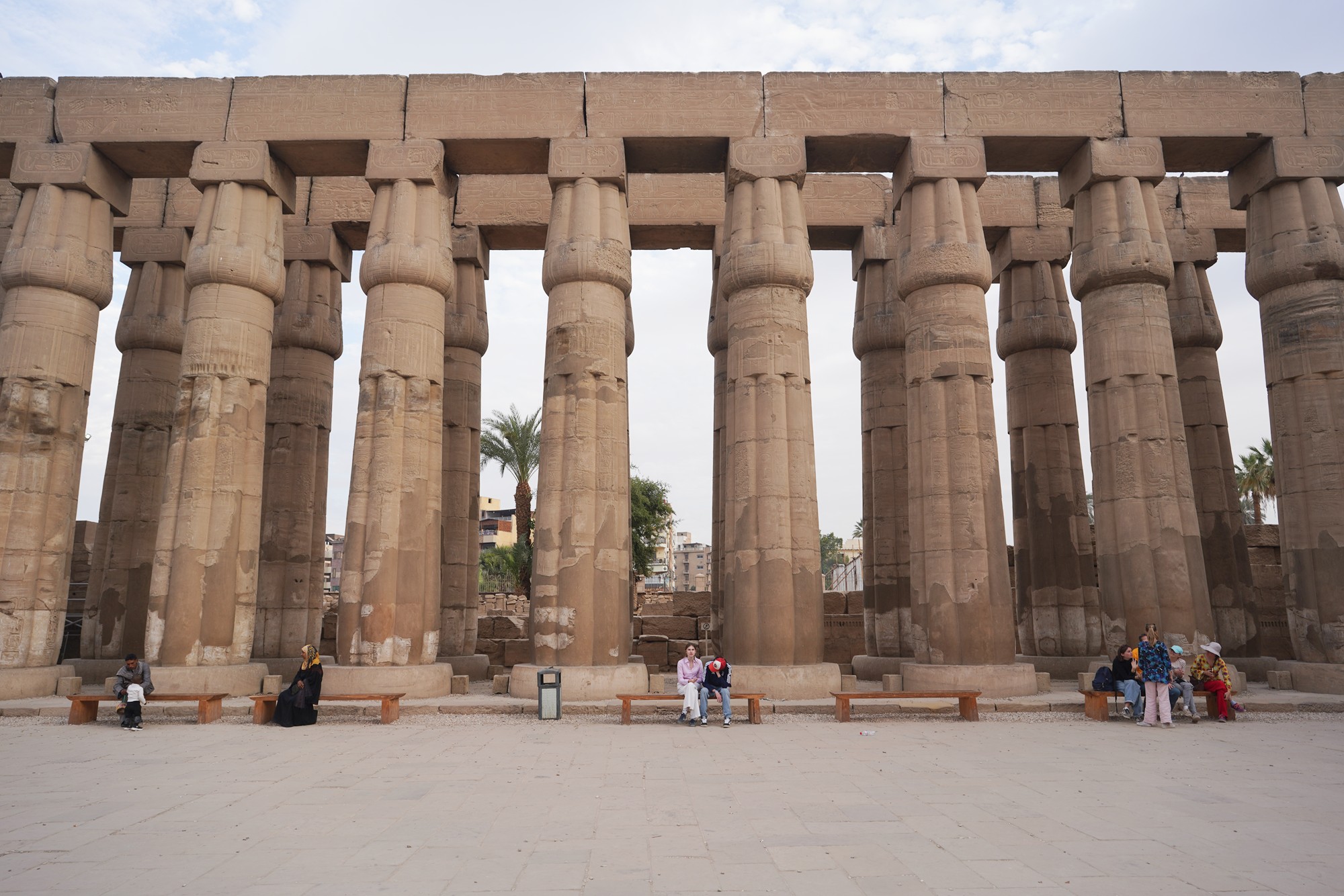

Walked through the Colonnade Hall
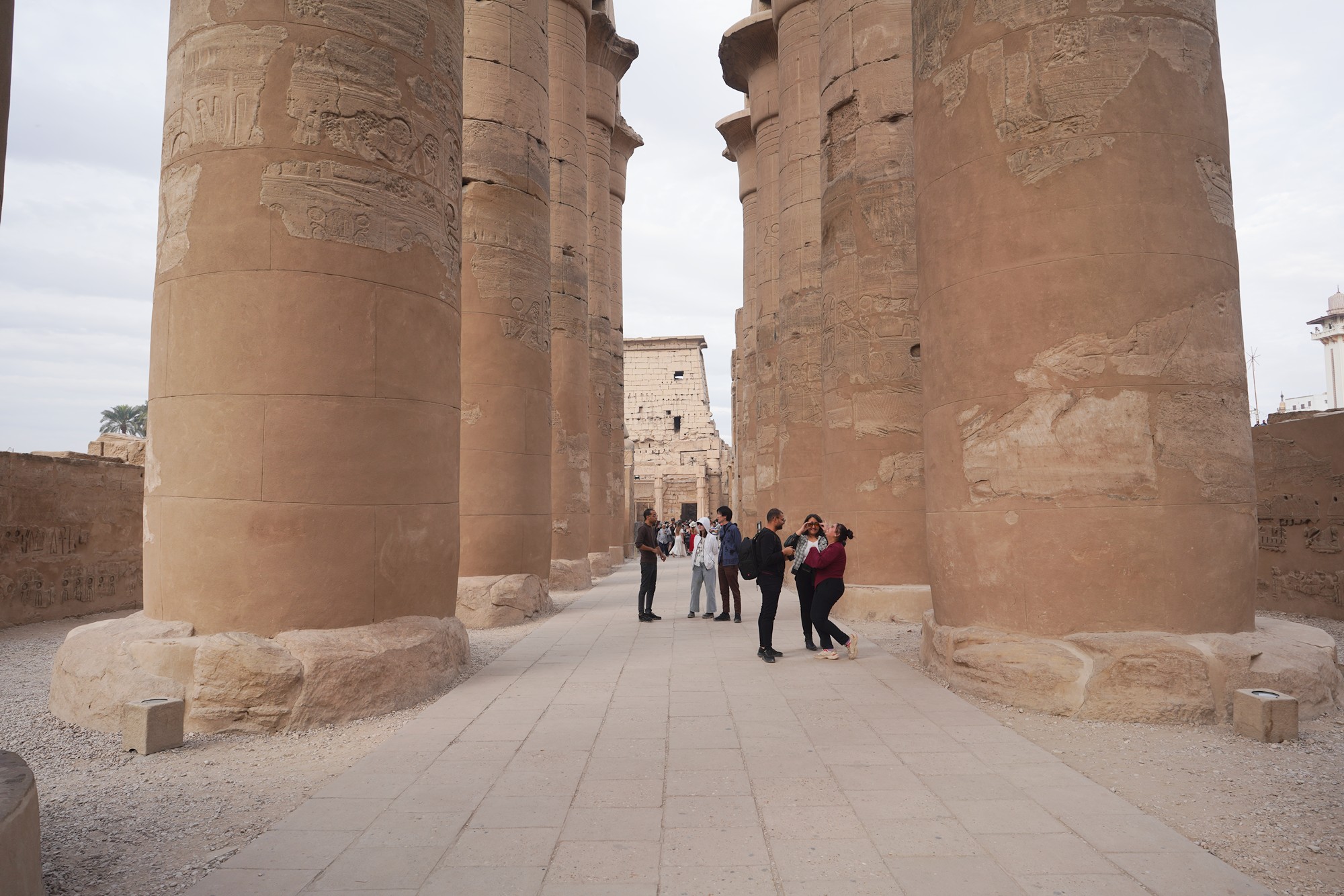
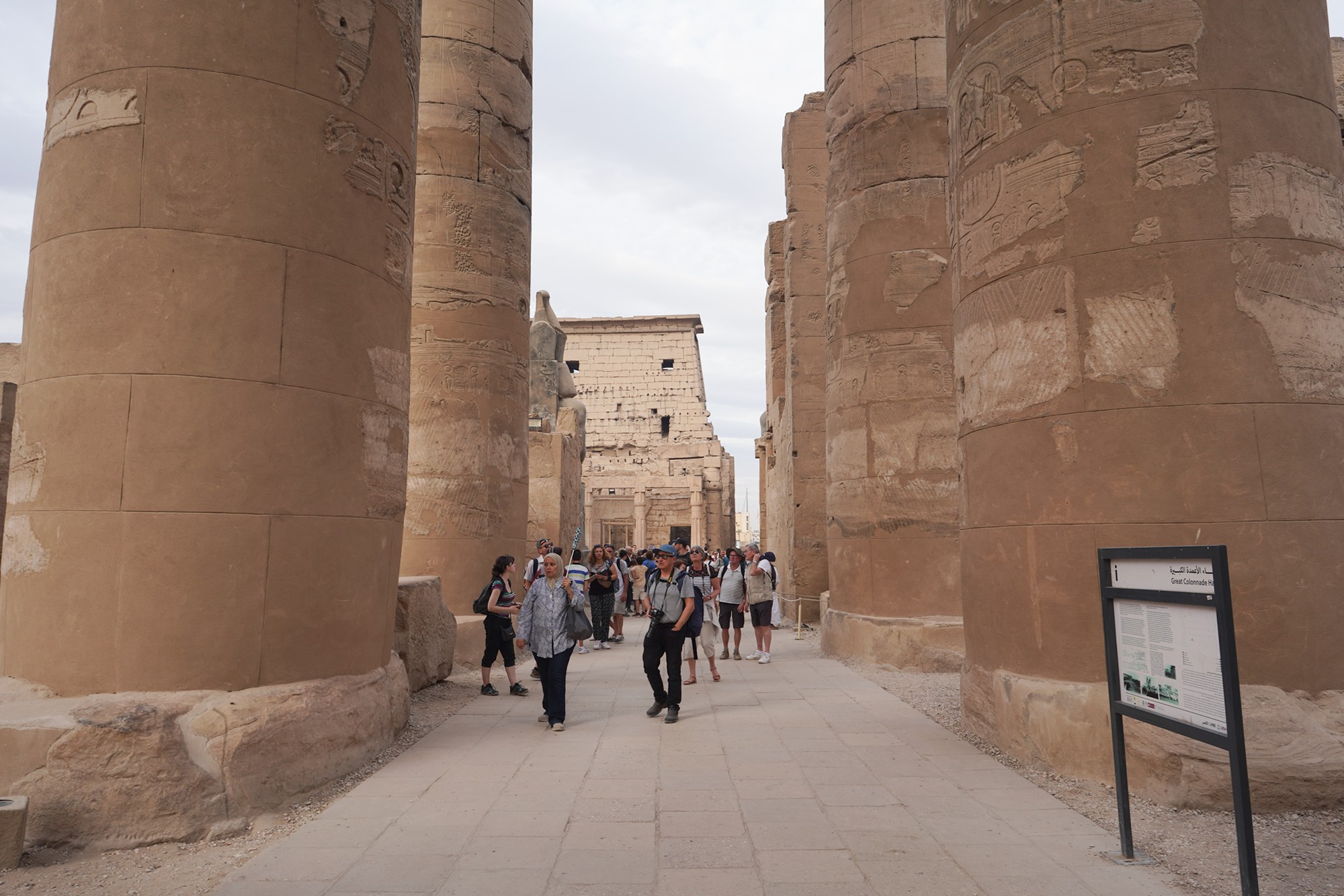
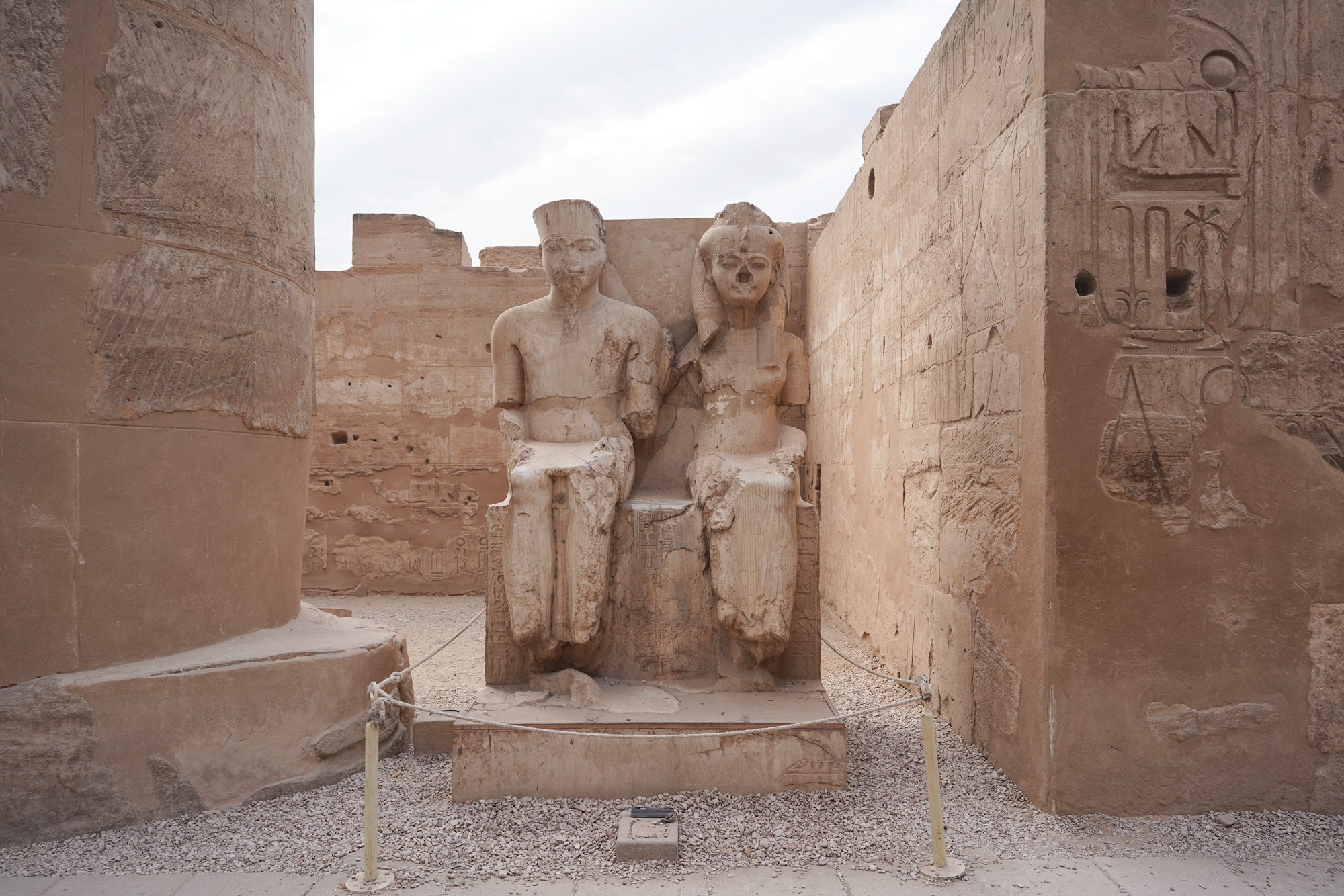
Came back to the first courtyard
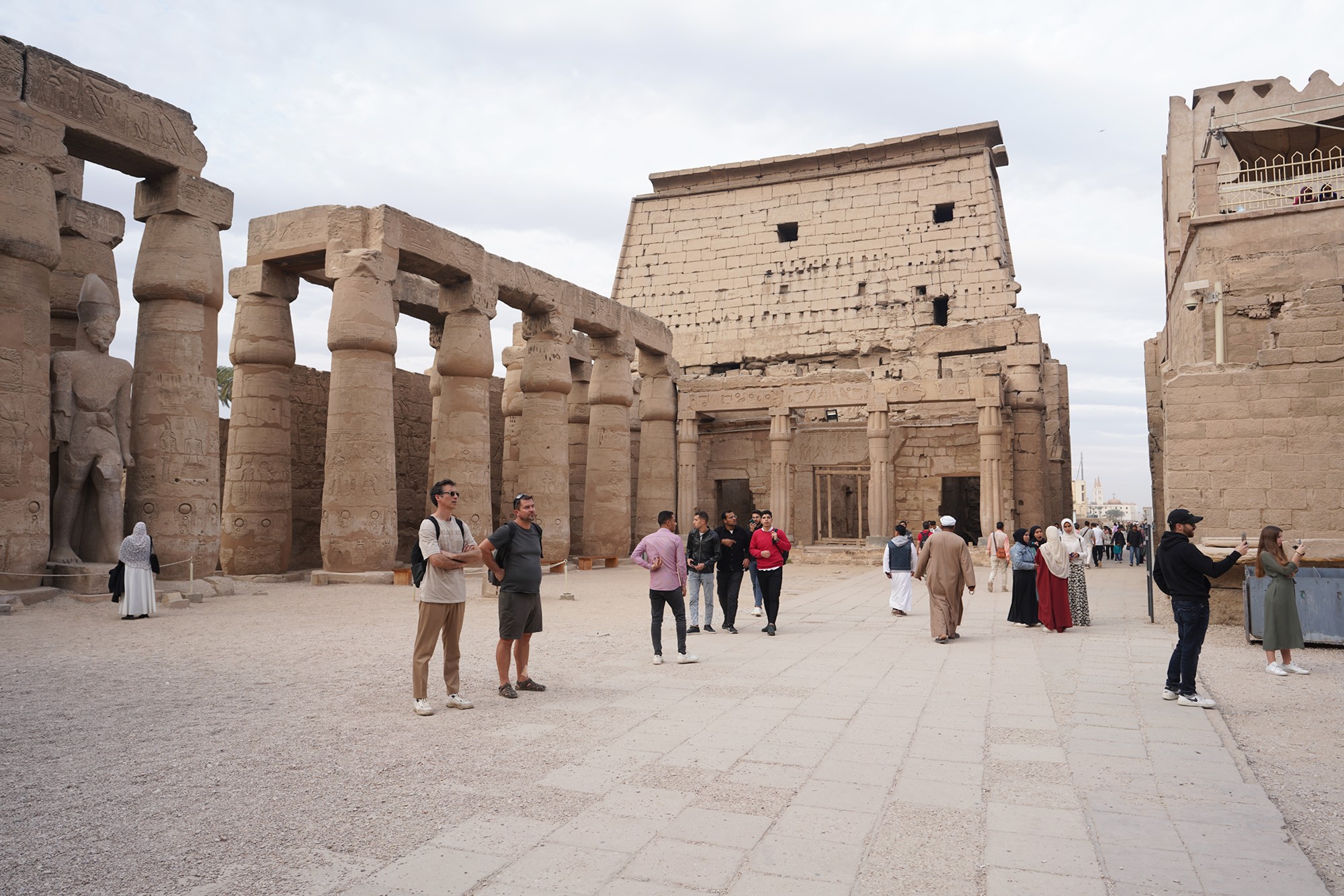
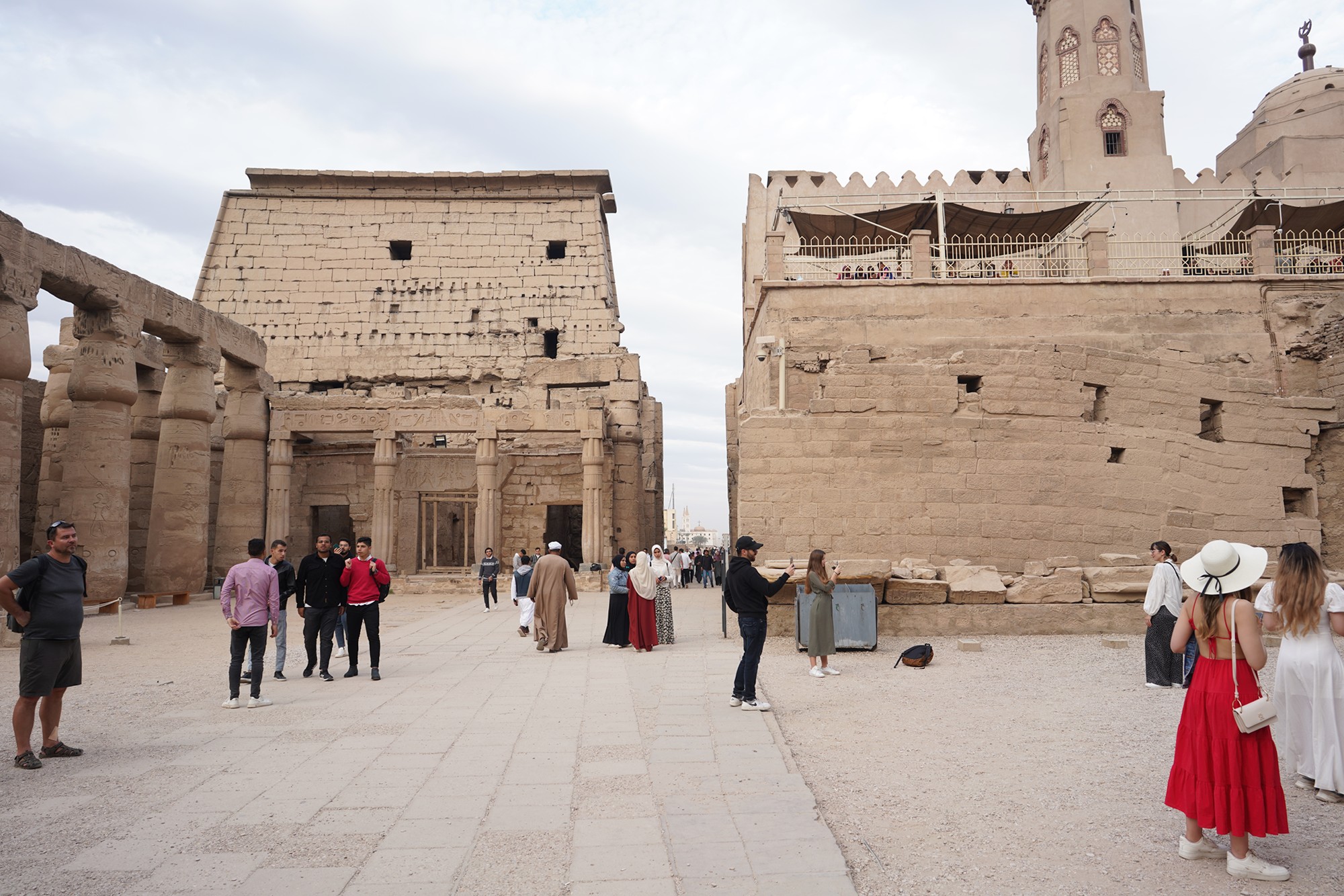


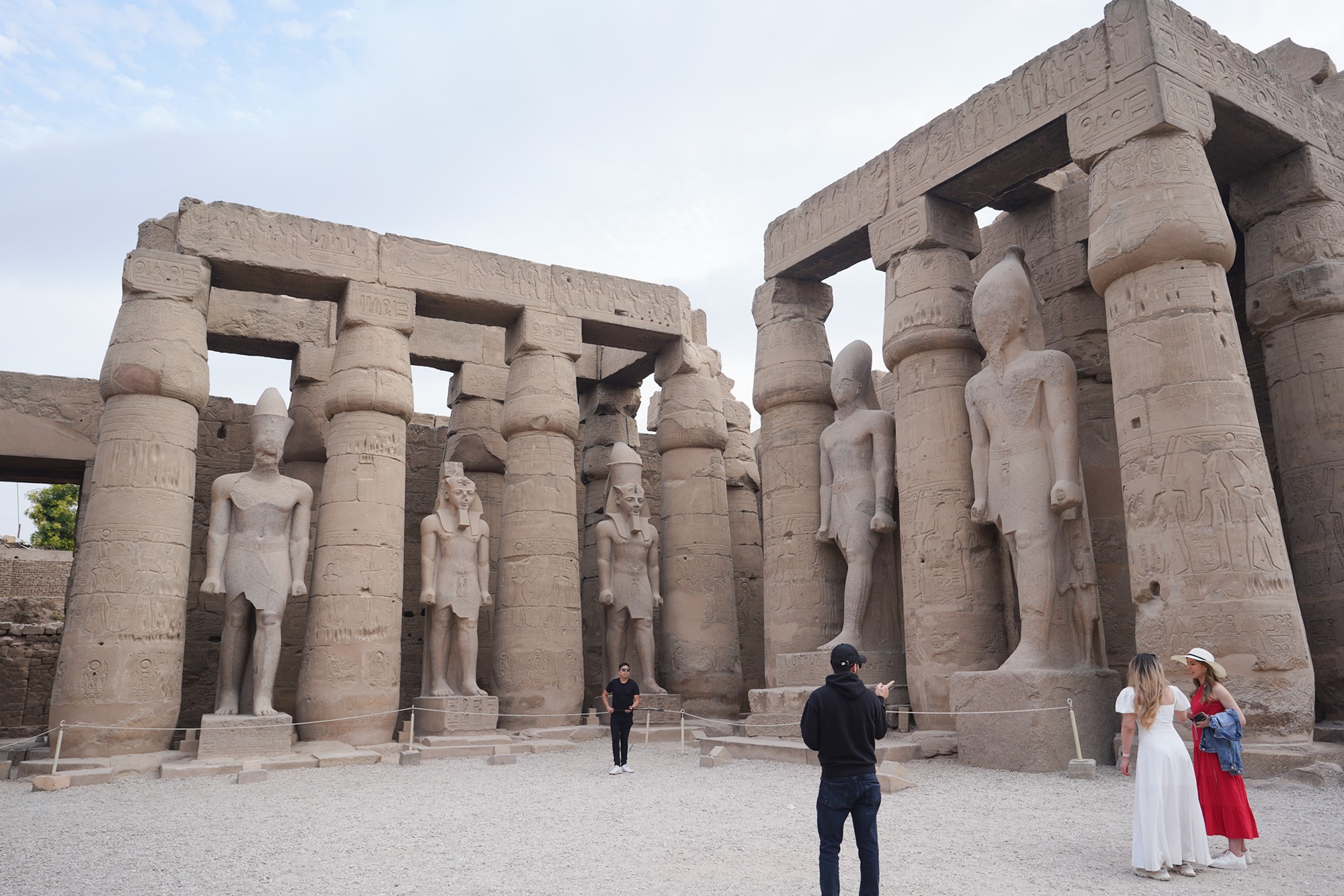
The back side
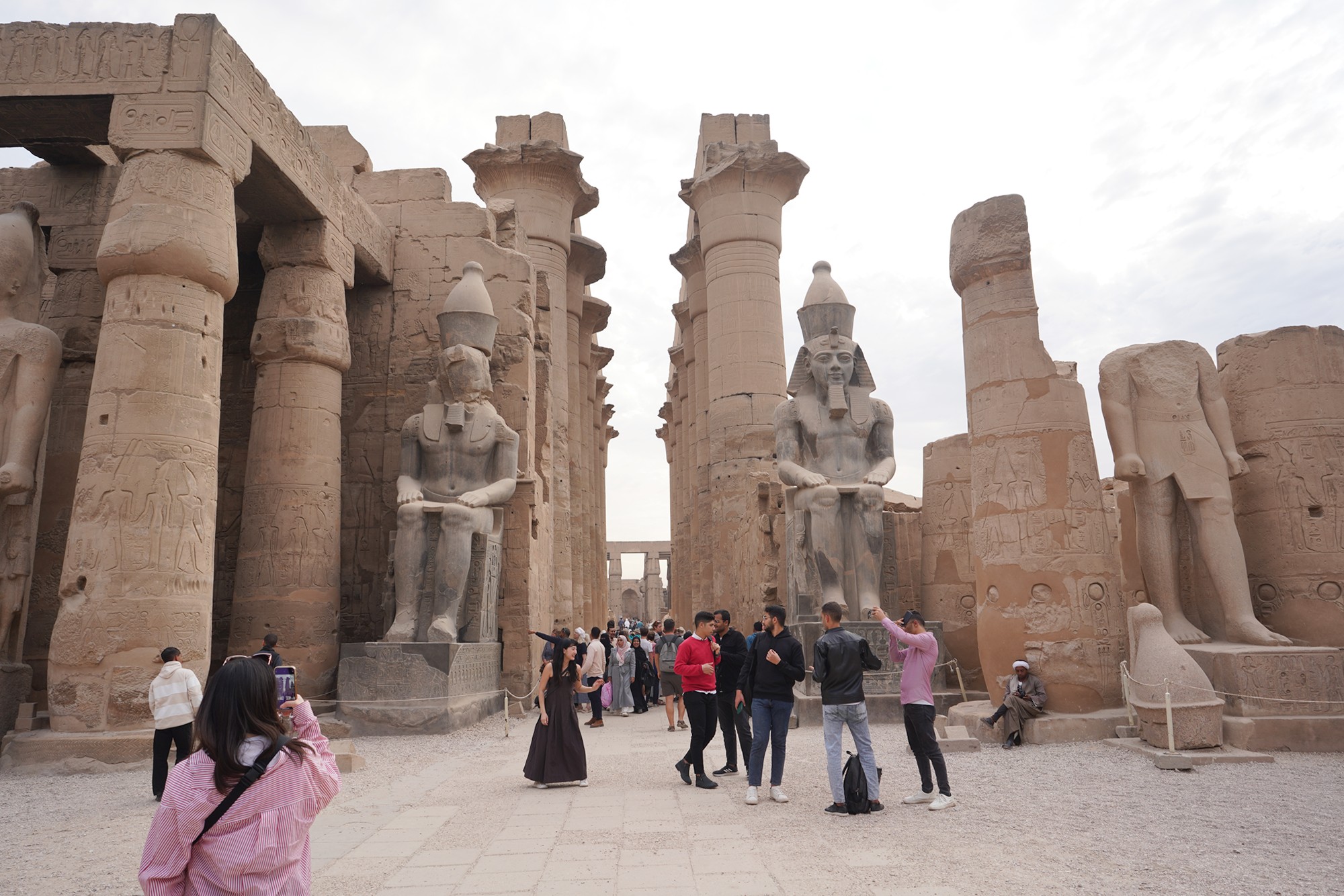
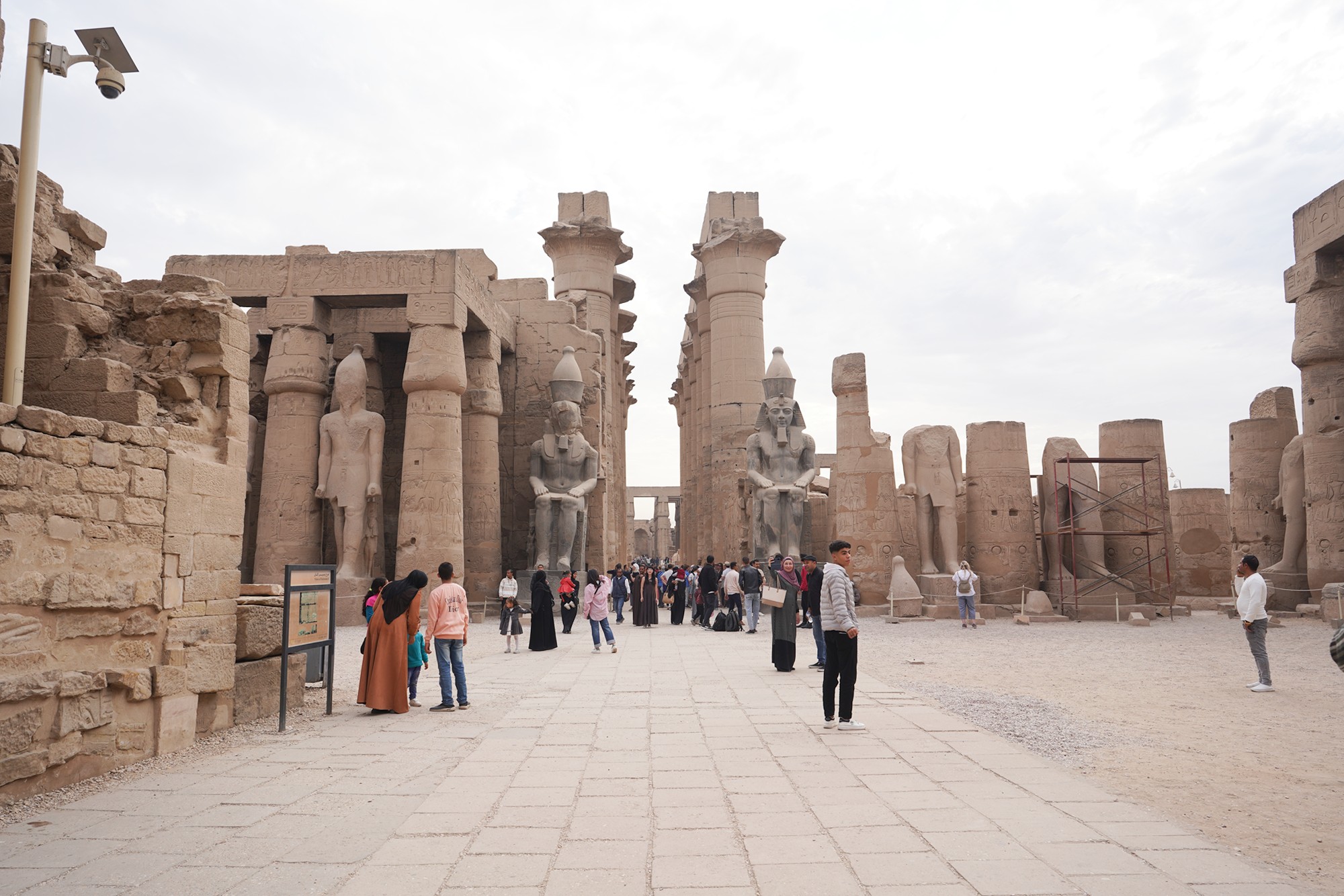
Exiting the temple
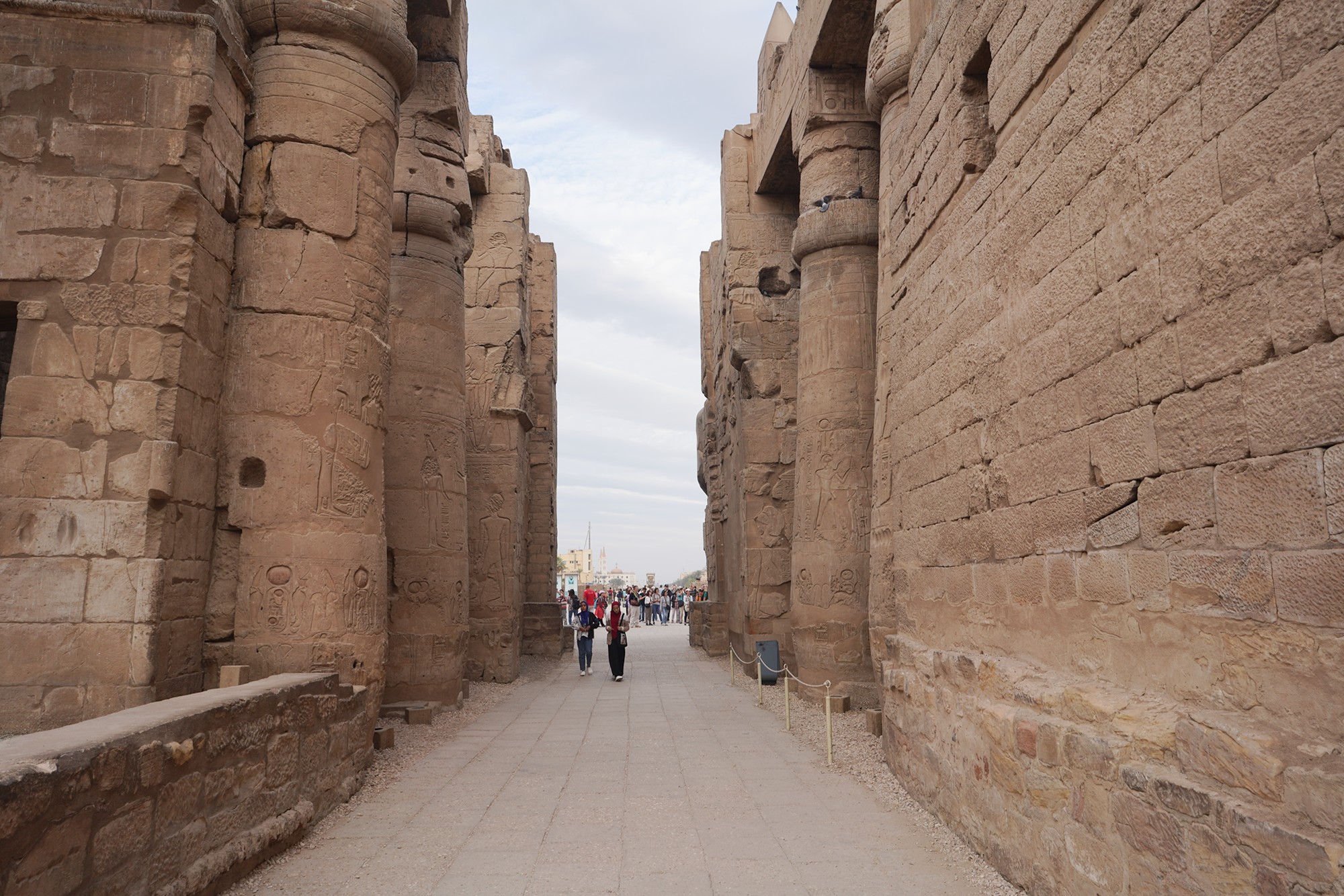
Turned around and looked back
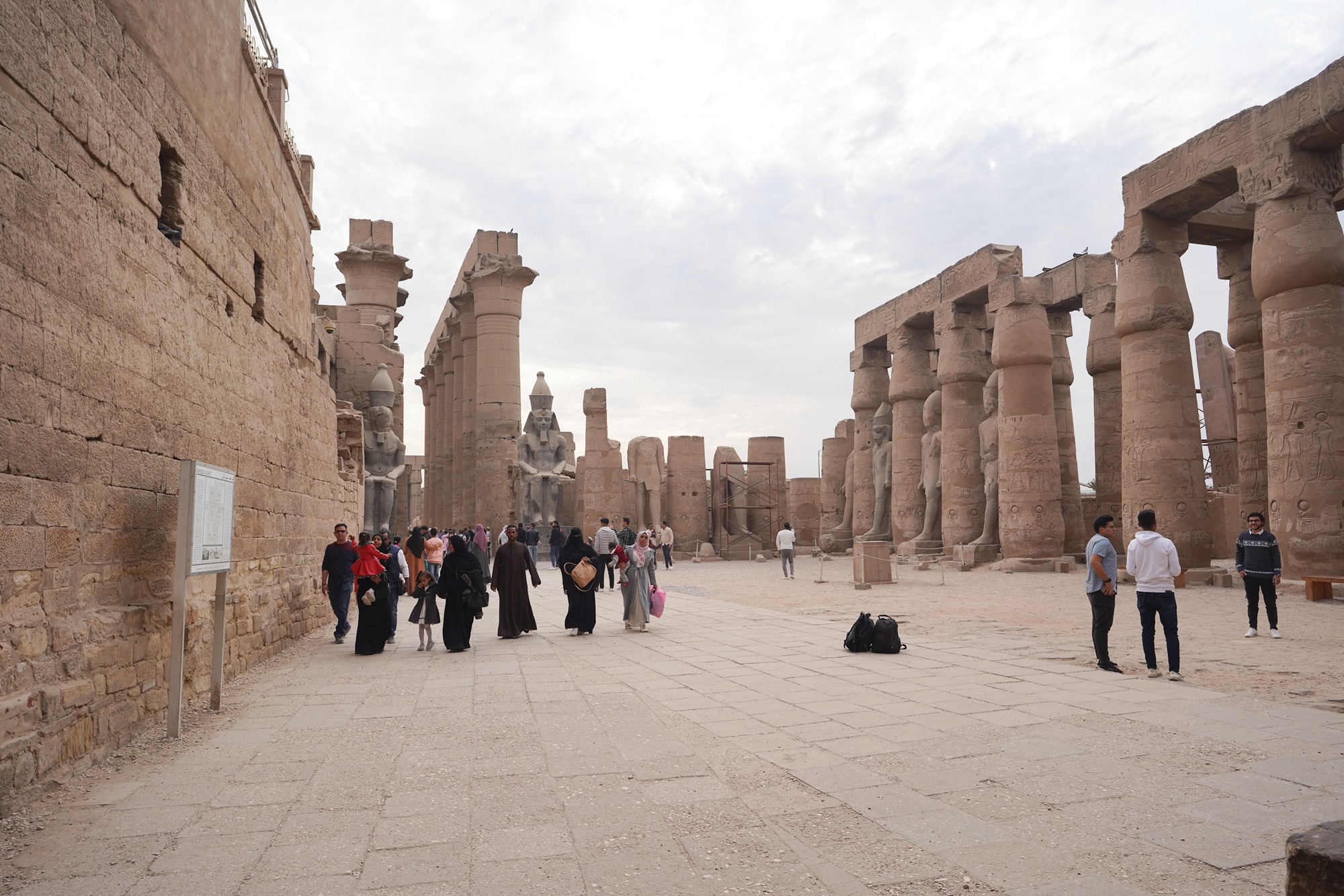

The Avenue of Sphinxes
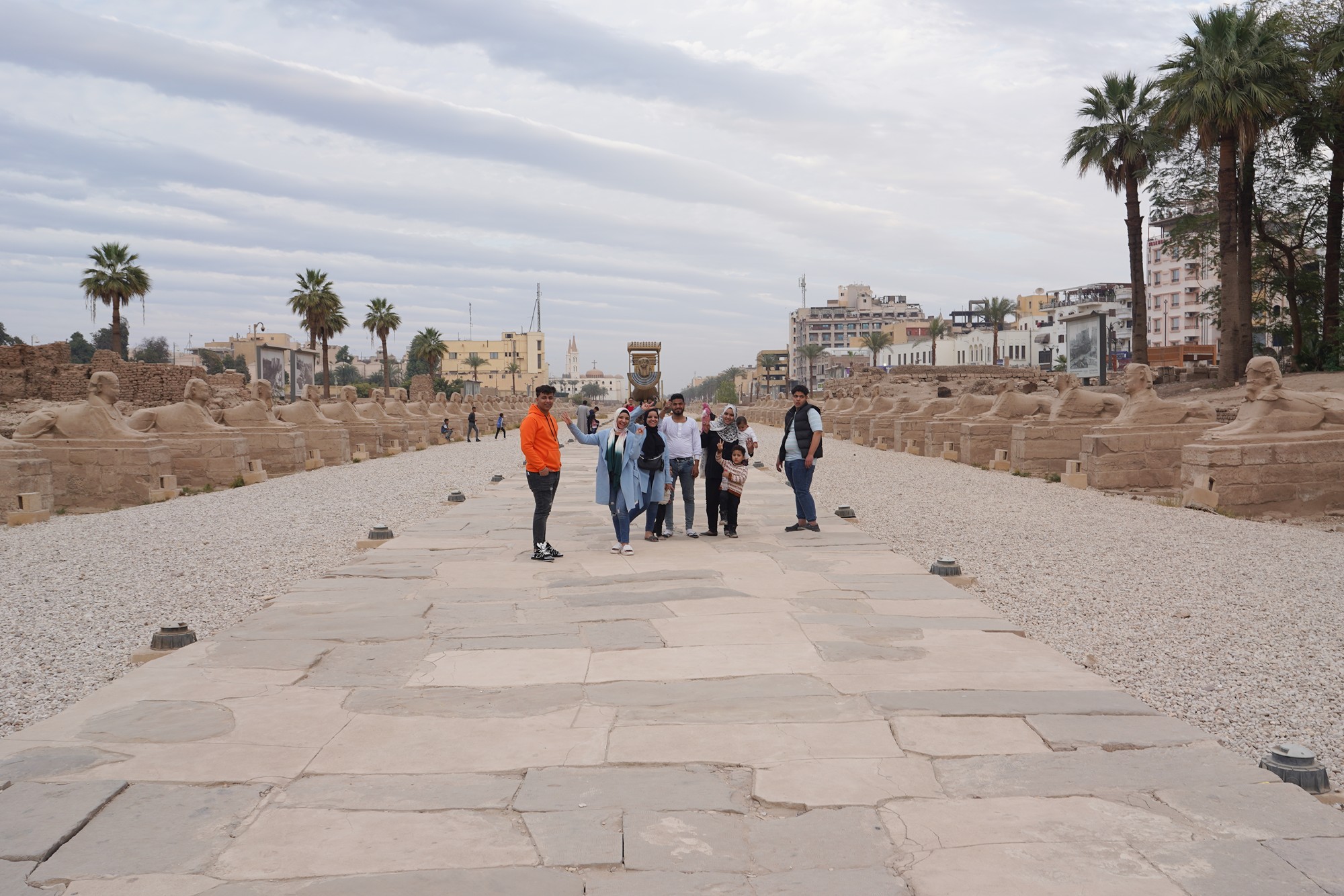


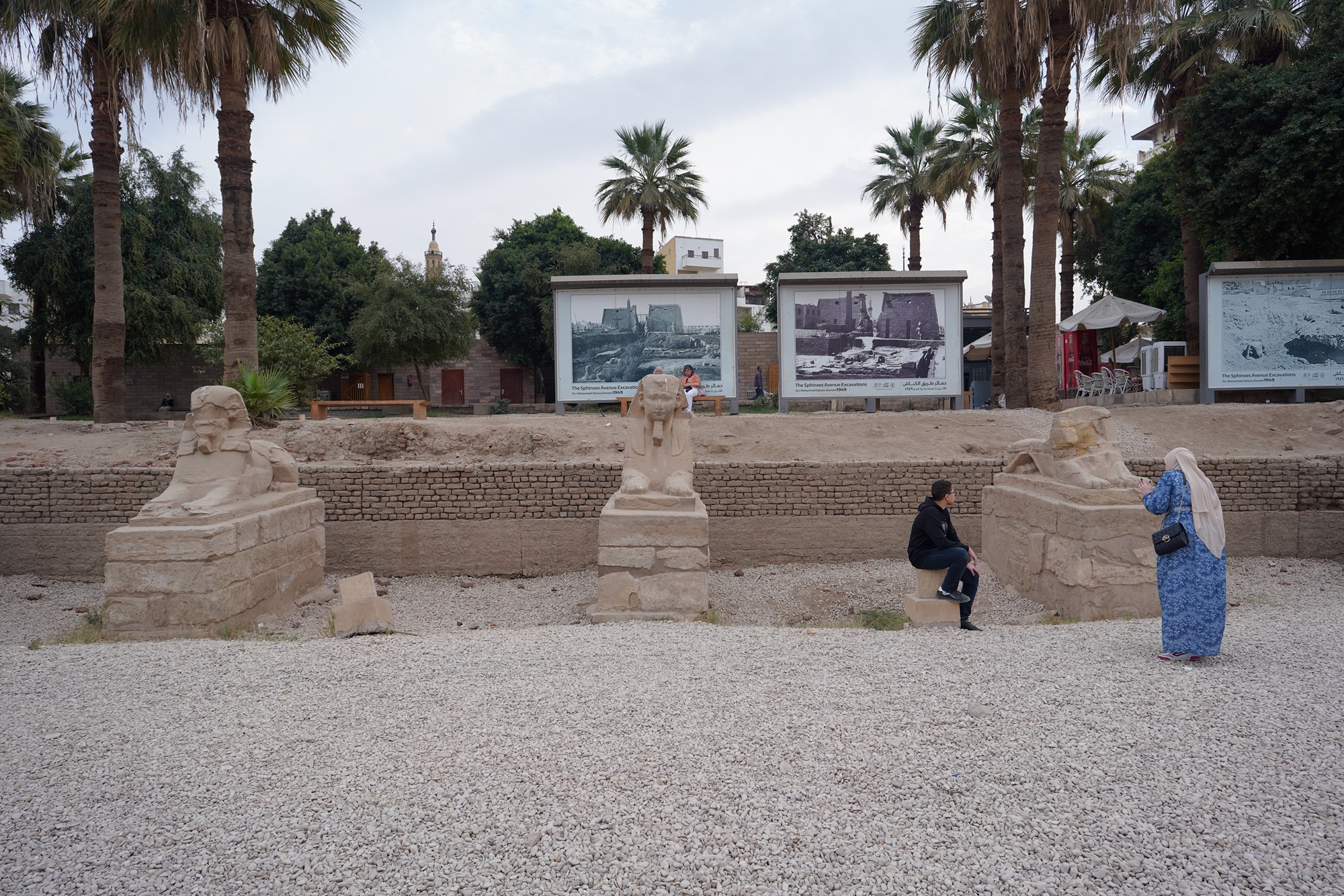

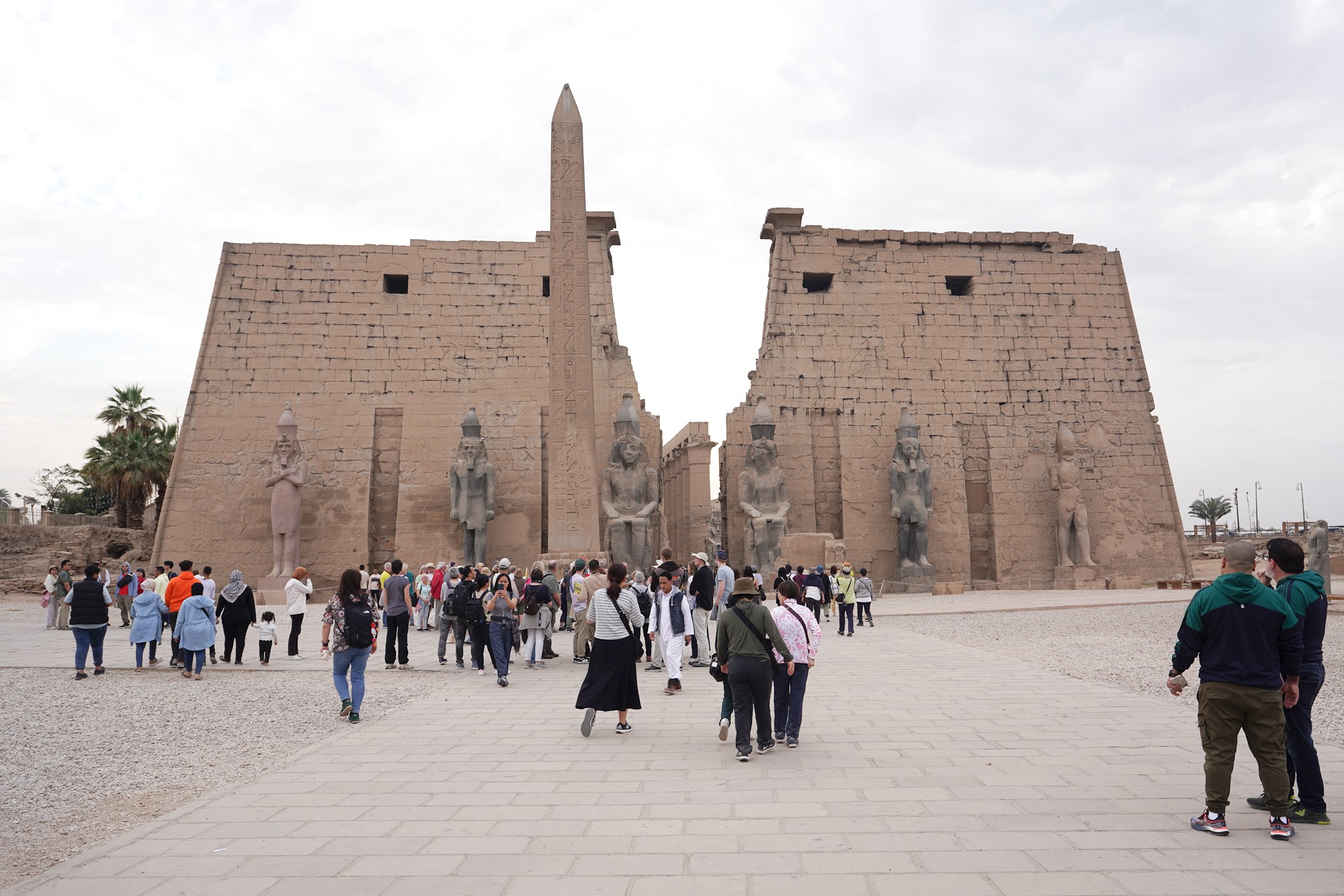
The dinner at the hotel

